Bella Roma 20 YEARS
WAR HERO AND PRIEST: FR. JEROME DALY | ENABLING SCHOOL CHOICE IN ARIZONA

spring 20 23
The MAGAZINE of CHRISTENDOM COLLEGE
PREPARING STUDENTS FOR SUCCESS | SAINTLY HABITS FROM ST. THOMAS AQUINAS in
VOLUME 31 | NUMBER 1 | SPRING 2023
Published three times yearly by the Christendom College Marketing Office.
Editor & Design Director: Niall O’Donnell
Assistant Editor: Zach Smith
Design Assistant and Illustrator: Julie Wells
Photos: Julie Wells, Niall O’Donnell, Elizabeth Ostrowski, Paul Aguilar, Hailey Sergent
Contributors: Zach Smith, Vince Criste, Isabella Reilly, Maria Bonvissuto, Andrew Whitmore, Joseph Brutto, Mary Stanford
Christendom College
134 Christendom Drive, Front Royal, VA 22630 540-636-2900 | www.christendom.edu
Copyright © 2023. Permission to reprint in whole or in part is hereby granted, provided the following credit line is used: “Reprinted by permission from INSTAURARE , the official magazine of Christendom College (christendom.edu).” SUBSCRIPTION FREE UPON REQUEST.
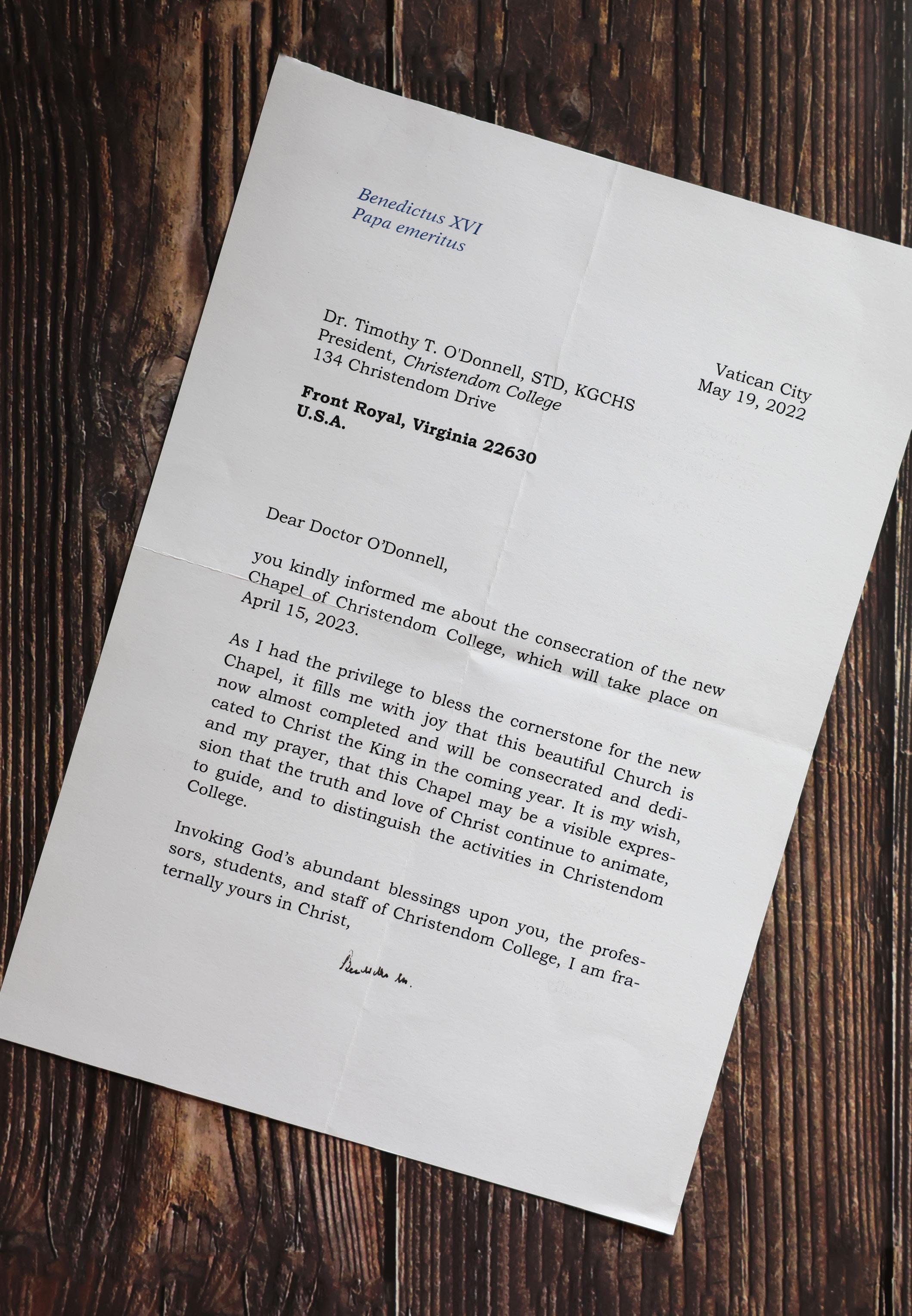
INSTAURARE magazine (pronounced “in-sta-rar-ay”) receives its name from the Latin in the college’s motto “Instaurare Omnia in Christo,” or “To Restore All Things in Christ.”
Christendom College does not discriminate against any applicant or student on the basis of sex, race, color, age, national origin, religion, disability, genetic information, marital status, pregnancy, or veteran status, or any other status protected by applicable law.
Inside This Issue
CHRISTENDOM COLLEGE
BOARD OF DIRECTORS
Mr. Guy Amisano Sr.
Mr. Gregory Bodoh ’94
Mr. Martin R. Boles
Mr. Timothy Halisky ’01
Mr. Julian Heron
Mrs. Karla Hester ’99 (Treasurer)
Mr. Richard Hough
Dr. Timothy T. O’Donnell (ex officio)
Mr. Stephen O’Keefe ’93 (Chairman)
Mr. Gary Schuberg
Mr. Mark Swartzberg
Mrs. Michele Velasco ’90 (Vice Chairman)
Mr. Thomas C. West Jr.
Ms. Luanne D. Zurlo (Secretary)
ADVISORS TO THE BOARD
Mrs. Donna Bethell
Mrs. Mary Ellen Bork
Mrs. Bernadette Casey-Smith
Mr. John Cecconi
Mr. Gene D’Agostino
Mr. John De Matteo
Dr. Robert P. George

Mr. Daniel Gorman
Mr. Joseph Melancon
Rev. Robert Morey
Mr. Robert Mylod
The Honorable James Nicholson
Mrs. Mary Beth Riordan
Rev. George W. Rutler
Mr. Mark Ryland
The Honorable Rick Santorum
Rev. William Saunders
Mr. Robert Scrivener ’81
Mr. Owen Smith
Mr. George Weigel
Mr. Thomas Young
Mr. Eugene Zurlo
ON THE COVER Students stroll through St. Peter’s Square during their Junior Semester in Rome. See story on page 10
A NOTE FROM POPE BENEDICT XVI


Prior to his passing on December 31, 2022, Pope Benedict XVI wrote to College President Dr. Timothy O’Donnell concerning the dedication of the new Christ the King Chapel and offered his blessing on the college.
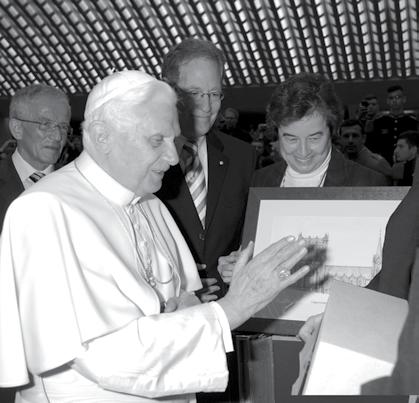
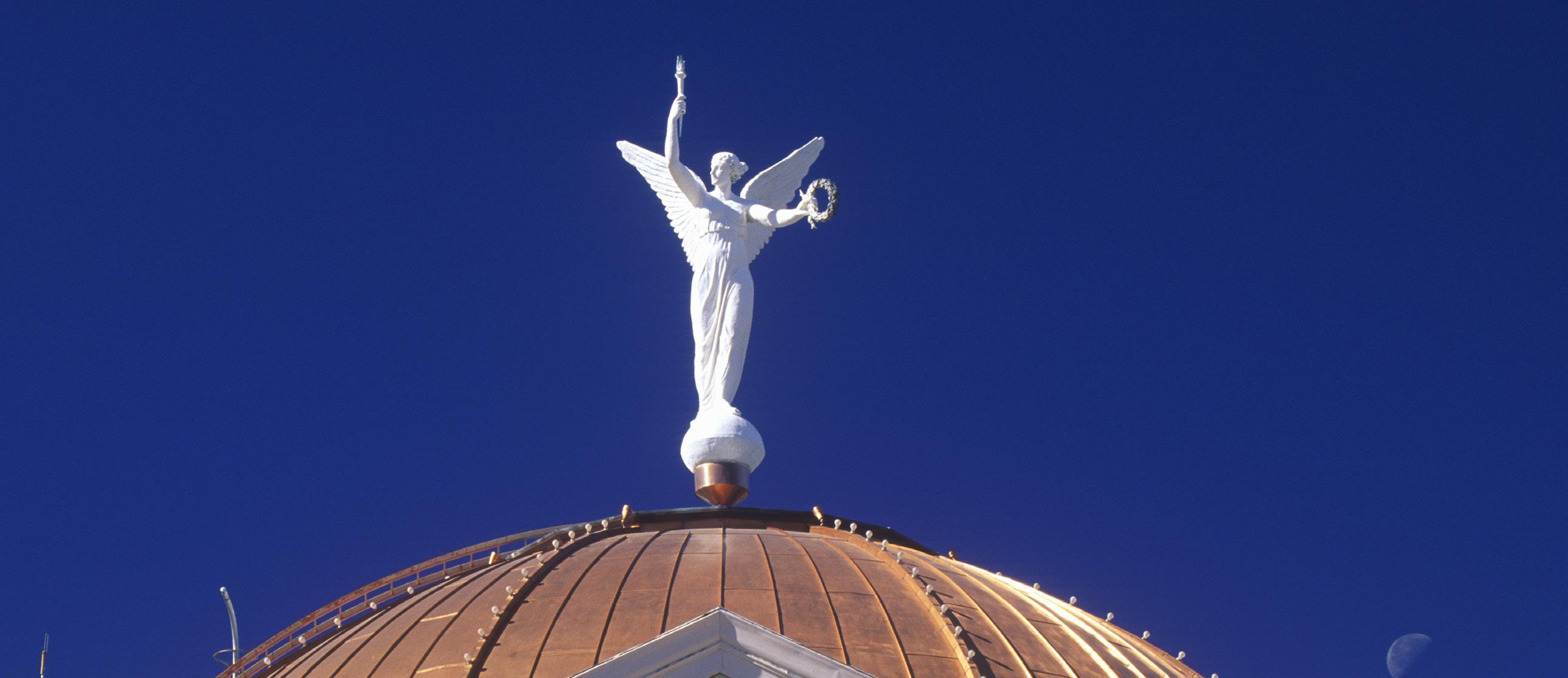
20 Years in Bella Roma
After two decades, the Junior Semester in Rome continues to move, shape, and impact students.
War Hero, Son of Our Lady, and Priest of God
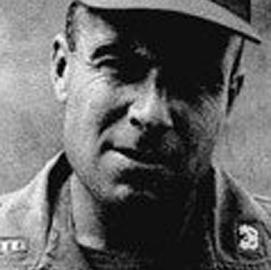
The amazing life and legacy of college friend and benefactor Fr. Jerome Daly.
Focusing on Your Strengths
Theology professor Dr. Andrew Whitmore brings to light the wisdom of St. Thomas Aquinas on forming saintly habits.

Preparing for Success
An interview with Director of Career and Professional Development Kristin Stephens.
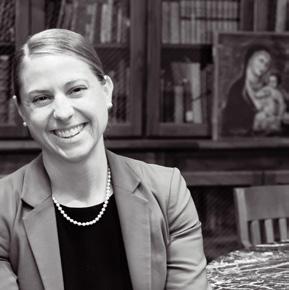
8 26 37 40 From the President Chapel Update In the Classroom News in Brief Photo Album Classmates: Alumni News Omnia in Christo:
Stein 10 16 20 28
Edith
34 1 spring 2023
Pope Benedict XVI and the Identity of a Catholic School
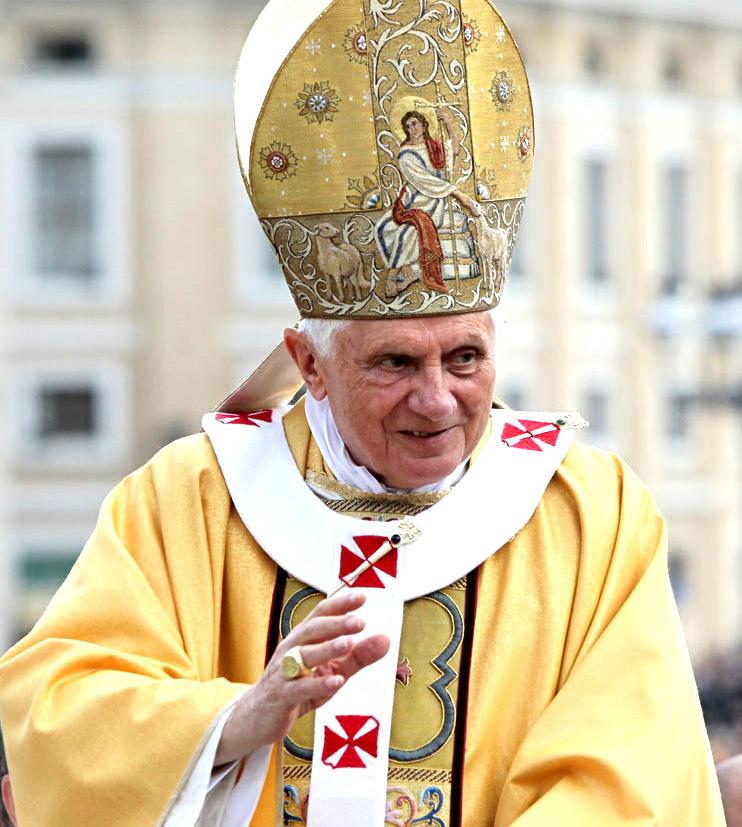 A NOTE FROM THE PRESIDENT
A NOTE FROM THE PRESIDENT
This December, my wife, Cathy, and I were blessed to represent the college at the funeral of Pope Benedict XVI. What a gift he was not only to the Church, but also to Catholic education, and Christendom College in particular. It’s important for our community to remember that Pope Benedict really was a very good friend of our college, meeting multiple times with members of our community as both a cardinal and pope, and, of course, blessing the cornerstone of our new Christ the King Chapel.
I’d like to share with you a special personal memory that I have of Pope Benedict. His words still encourage and challenge us here in our 45th anniversary year.
On April 17, 2008, at Catholic University of America, Pope Benedict visited the United States, and in a historic and unprecedented event, he summoned every single president of a Catholic university or college to come to CUA. There, he gave this incredible address.

He began by stating, “Education is integral to the mission of the Church to proclaim the Good News. First and foremost, every Catholic educational institution is a place to encounter the living God who, in Jesus Christ, reveals his transforming love and truth… A university or school’s Catholic identity is not simply a question of the number of Catholic students. It is a question of conviction.”
He then went on to lead us in what I believe was actually a profound examination of conscience, asking five questions directed at every university president in the room.

Question one: “Do we really believe that only in the mystery of the Word made flesh does the mystery of man truly become clear?”
Question two: “Are we ready to commit our entire self—intellect and will, mind and heart—to God?”

Question three: “Do we accept the truth Christ reveals?”
Question four: “Is the faith tangible in our universities and schools?”
Question five: “Is it given fervent expression liturgically, sacramentally, through prayer, acts of charity, a concern for justice, and respect for God’s creation?”
“Only in this way do we really bear witness to the meaning of who we are and what we uphold,” he said. “From this perspective, one can recognize that the contemporary ‘crisis of truth’ is rooted in a ‘crisis of faith’.”
Then he continued with this powerful statement: “Clearly, then, Catholic identity is not dependent upon statistics. Neither can it be equated simply with orthodoxy of course content. It demands and inspires much more: namely, that each and every aspect of your learning communities reverberates within the ecclesial life of faith. Only in faith can truth become incarnate and reason truly human, capable of directing the will along the path of freedom.”
I submit these profound words from our late pontiff as a challenge for all of us. Especially in our 45th anniversary year, I invite all of us to take these words to heart as we give thanks to Our Heavenly Father for the gift of Joseph Ratzinger.
Praised be Jesus Christ,
“It’s important for our community to remember that Pope Benedict really was a very good friend of our college.”
2
Christ the King Chapel UPDATE
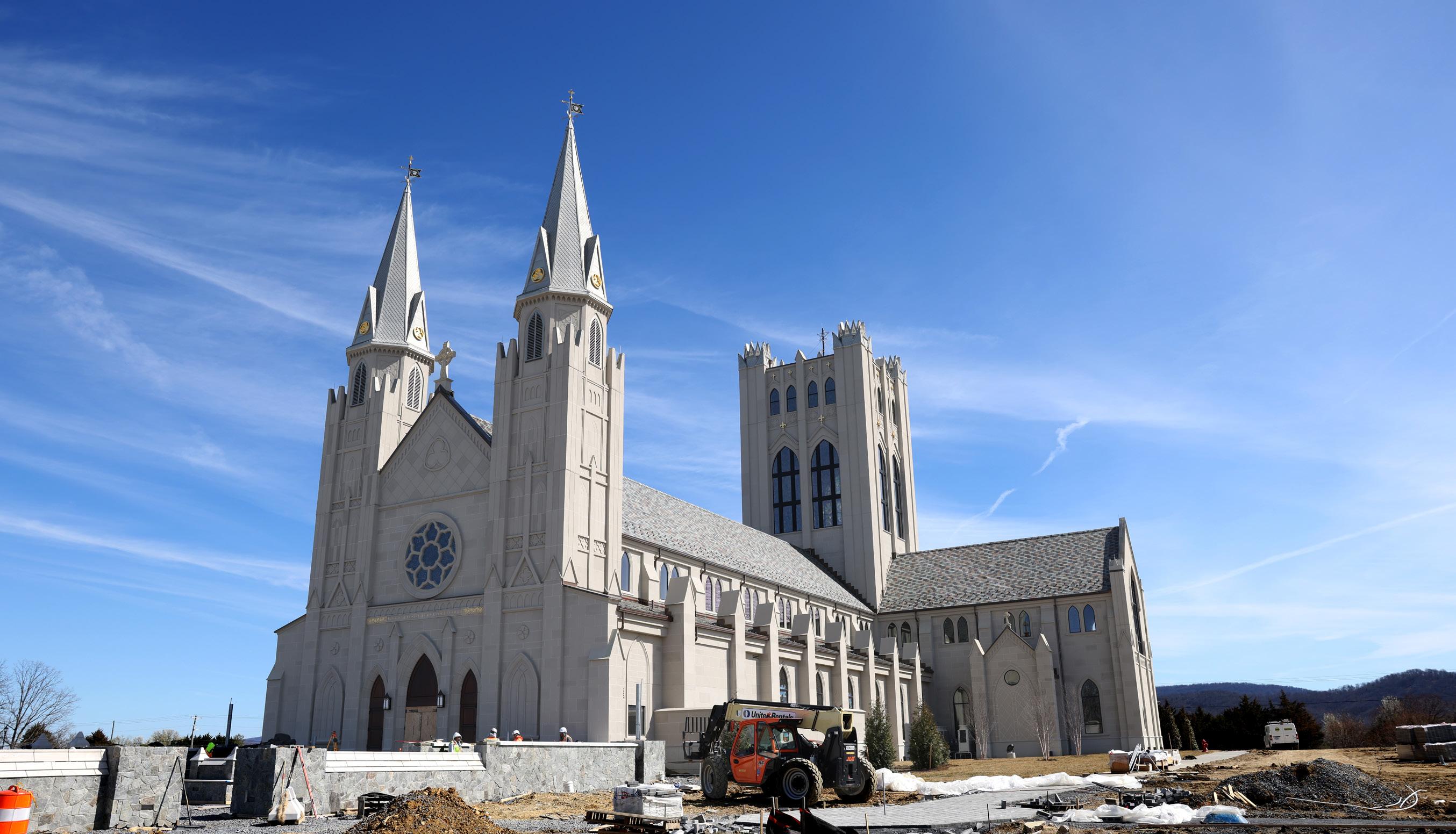
As this issue of I nstaurare goes to press, preparations are underway for the dedication of the chapel on April 15. The on-site builders and craftsmen are working tirelessly to ensure everything is ready for the grand unveiling.
Charles Kegg and the Kegg Pipe Organ Builders traveled from Ohio in late January to install the new organ in the choir loft. Continuing a tradition, students, faculty, and staff met the tractor-trailer and volunteered to help unload the numerous pieces of the organ into the chapel. After a three-week installation period, Kegg and company began voicing each of the over 2,800 pipes. This voicing involves minute adjustments to each pipe, acoustically marrying the pipe to the chapel, a process that has been described as more artistry than mere tuning.
Other projects nearing completion in the interior of the chapel include the hardwood flooring and woodwork paneling surrounding the confessionals in the north and south transepts. Pews from the current chapel have been refurbished and reinstalled in the Lady Chapel, located directly behind the High Altar. This space, dedicated to the Blessed Mother, contains many elements from the current chapel, including several pews, the marble altar, and the Sacred Heart window that students and alumni know and love.
The beautiful large wooden Stations of the Cross from the current chapel have undergone extensive restoration, including
repairs, cleaning, repainting, and regilding in gold leaf. As they are completed, they are being mounted on the walls of the new Christ the King Chapel.
Spanish sculptor Edwin Gonzalez has completed carving the commissioned Pieta sculpture and is painting his masterpiece. It will occupy a niche in the north transept between the confessionals. Gonzalez is also finishing work on the bronze Christ the King statue that will occupy the top of a granite column at the center of the piazza, directly in front of the chapel.
As a finishing touch to the chapel’s interior, completion of the audio system is scheduled for the beginning of March. The system employs slim but tall, low-profile speakers affixed to the interior columns and mounted at a height designed to deliver full audio coverage, whether seated or standing.
Piazza construction continues at full speed, with crews completing installation of the granite landing and steps at the chapel entrance and work continuing on stone walls and limestone caps. In addition, landscape planting has begun, with various small trees and bushes gracing the chapel’s perimeter. With tremendous gratitude for the generosity of our benefactors and everyone who has donated time, talent, and treasure to make this new chapel possible, we eagerly anticipate the dedication of the chapel. Deo Gratias .
UPDATE 3 spring 2023
Christ the King Chapel
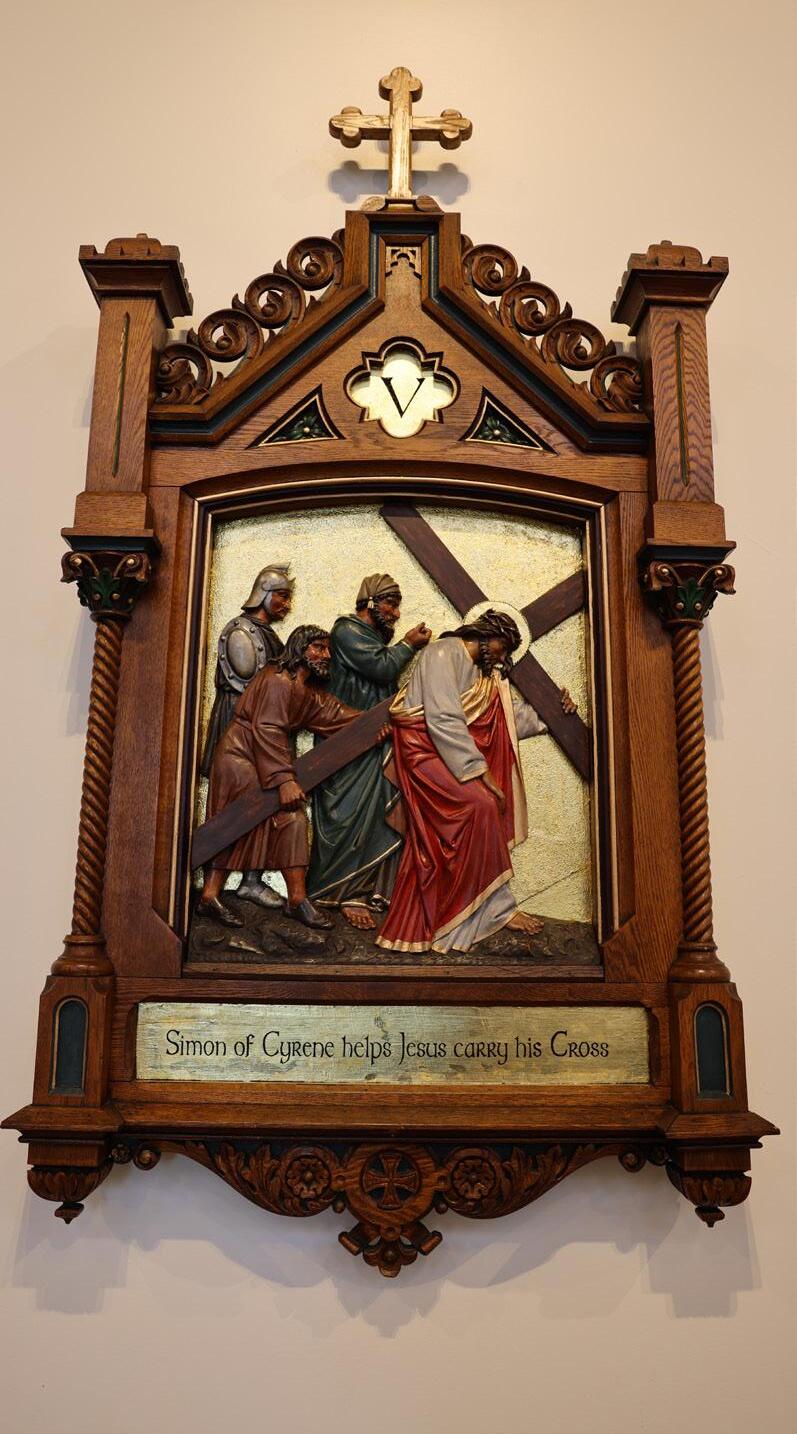
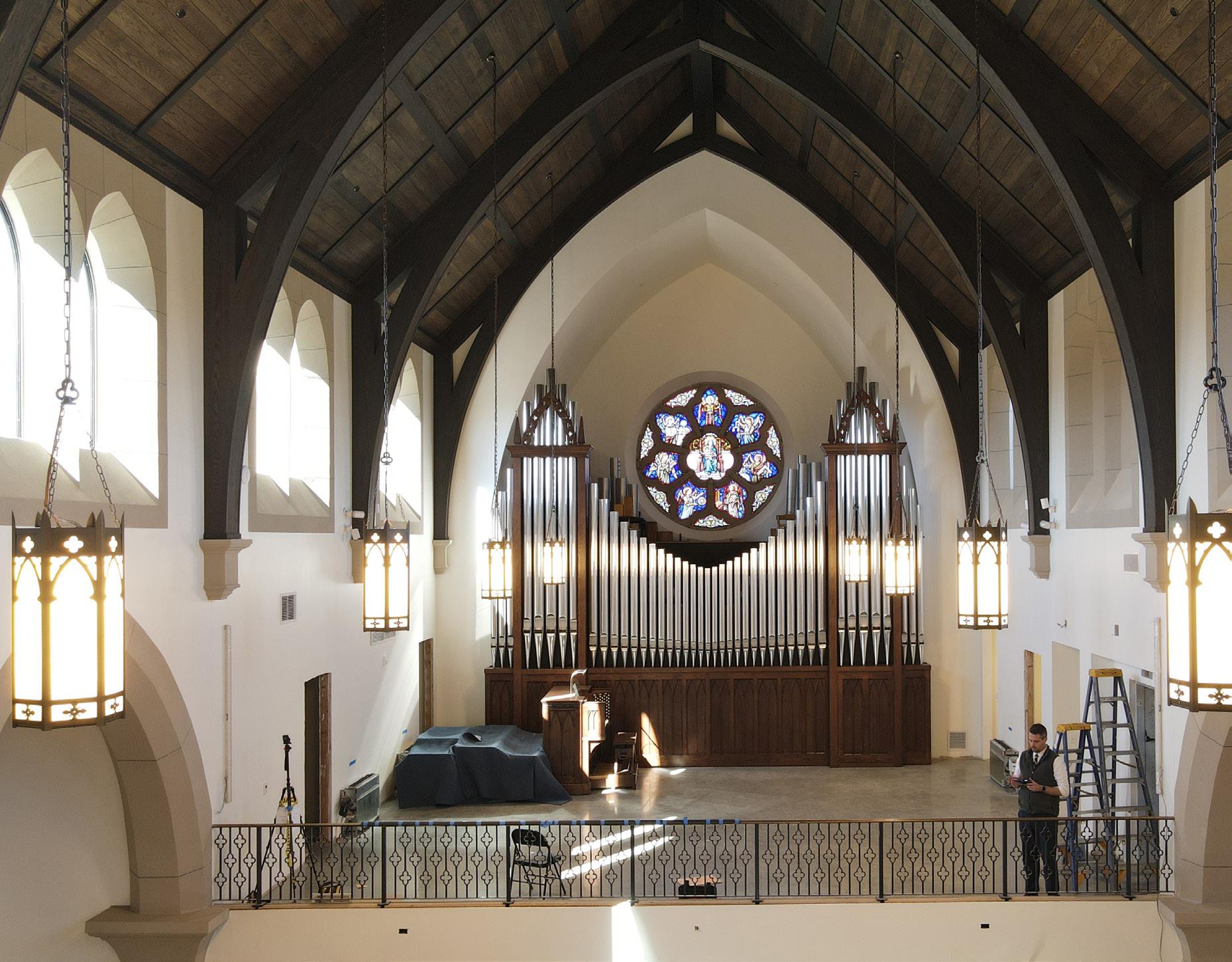
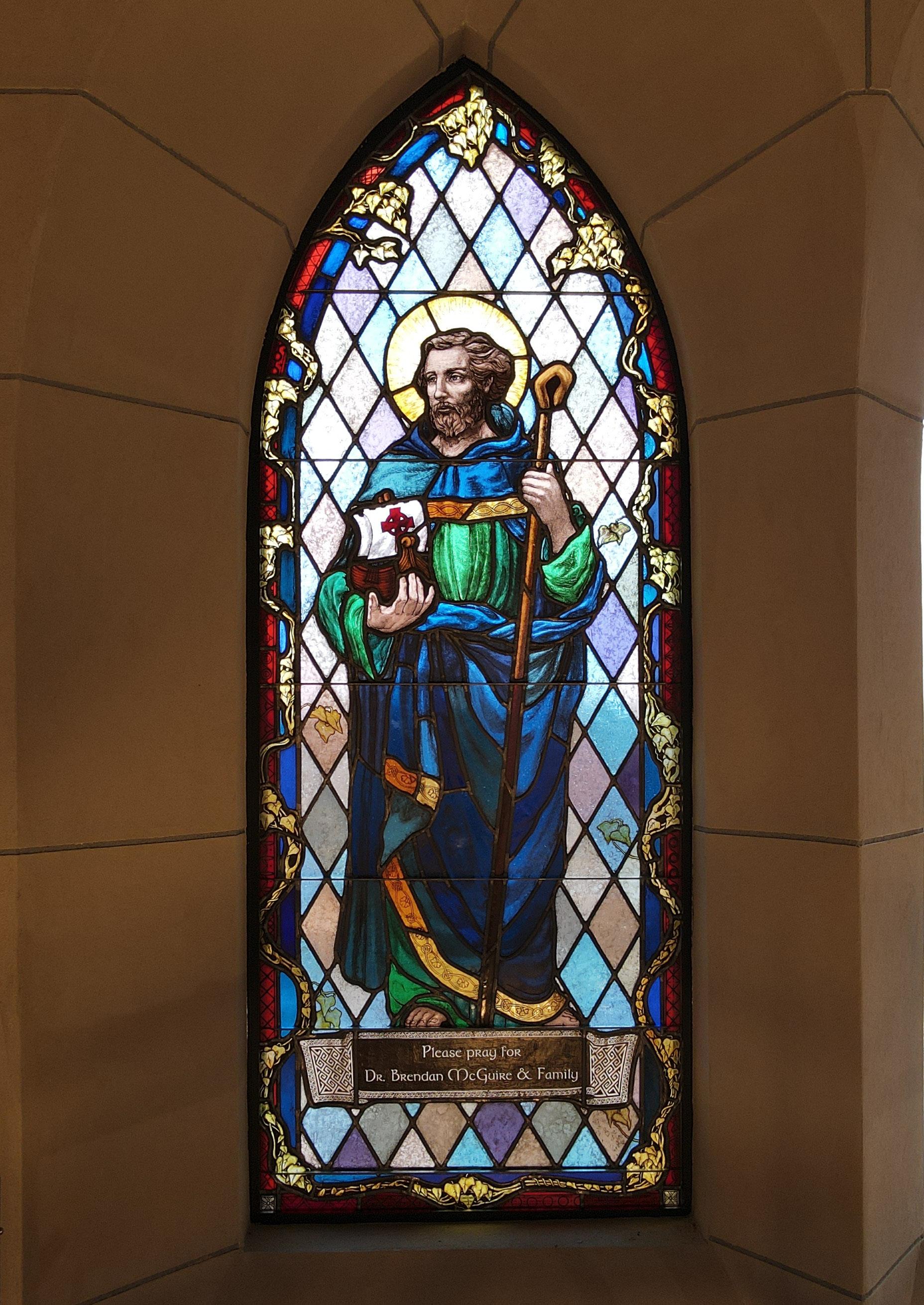

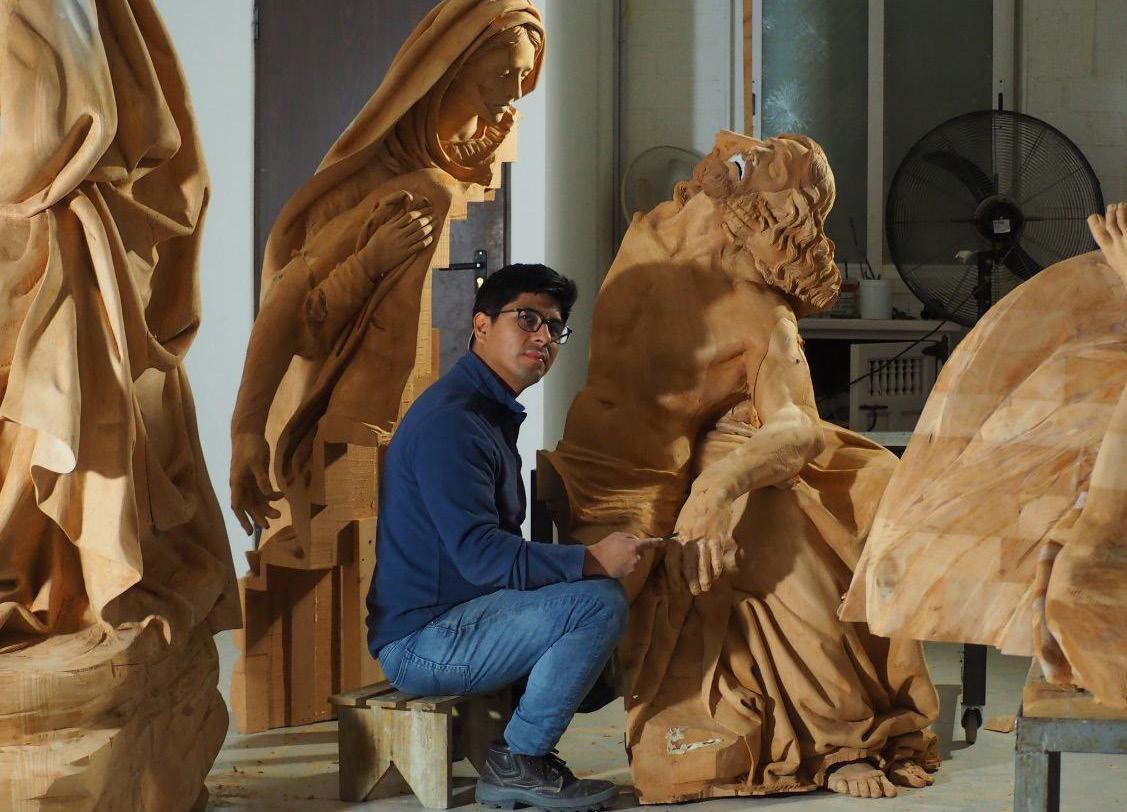
1 7 6 9 2 Christ the King Chapel UPDATE 4
pictures of progress
1. View of the new pipe organ installed in February by Kegg Pipe Organ Builders.
2. Stations of the Cross restored by alumna Mandy Hain (†2023) or according to her specifications were hung in the chapel in mid-March.
3. Alumnus Anthony Van Alstine ’22, a builder for Cornerstone Construction, works in the Lady Chapel behind the main altar.
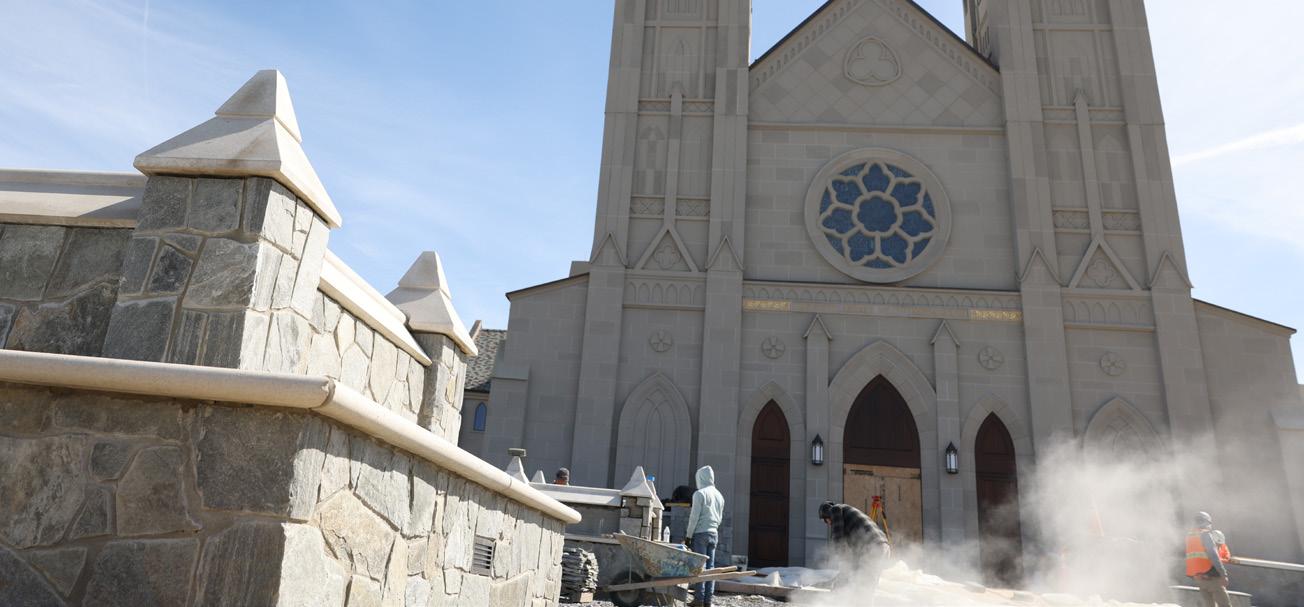

4. The piazza was nearing completion as this issue went to press.
5. Detail of altar rail.

6. Bird’s-eye view of one of the marble discs in the floor of the chapel commemorating the five wounds of Christ.
7. Clerestory window of St. Brendan the Navigator dedicated to beloved late professor Dr. Brendan McGuire.
8. Craftsmen from Beyer Studio in Pennsylvania returned to install a new set of stained-glass windows. Pictured: Installation of the St. John the Evangelist window.
9. Artist Edwin Gonzalez poses with the woodwork of the Pieta statue, which will be located in the north transept of the new chapel.
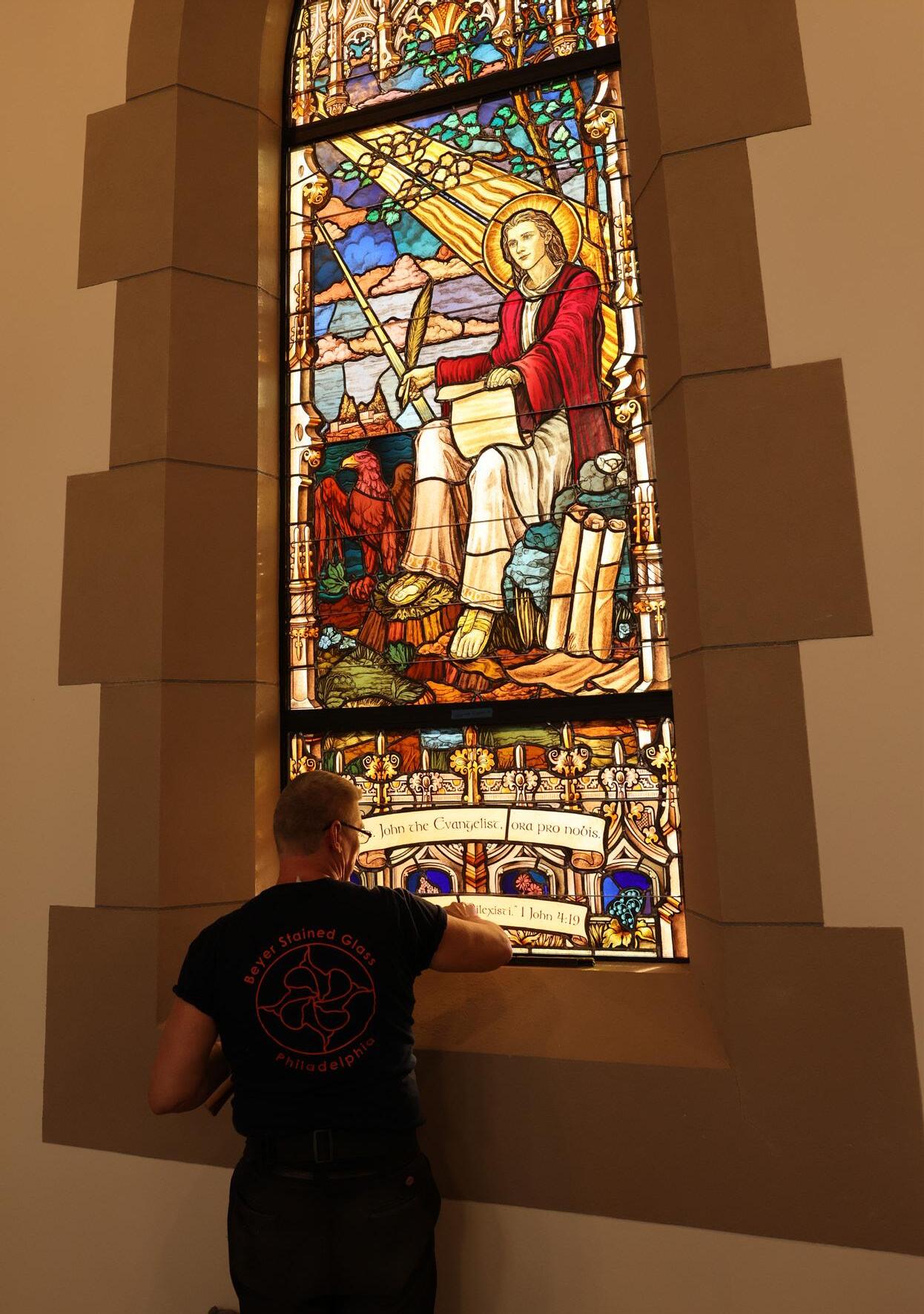
5 3 8 4
UPDATE 5 spring 2023
Christ the King Chapel
In Memoriam Mandy Hain
Christendom mourns the tragic passing of alumna Mandy Hain ’07, who passed away after a battle with cancer on February 7, 2023. Mandy’s work can be seen all around her alma mater, from the St. John the Evangelist Library to St. Kilian’s Café. Her primary contribution on campus can be seen in the college’s Christ the King Chapel. Mandy spent countless hours painting the ceiling of the crossing tower, writing the gorgeous letters of the “Sanctus, Sanctus, Sanctus,” and providing the gold-leaf detail of the Latin inscription “This is the House of God and Gate of Heaven” that sits above the entrance to the chapel.
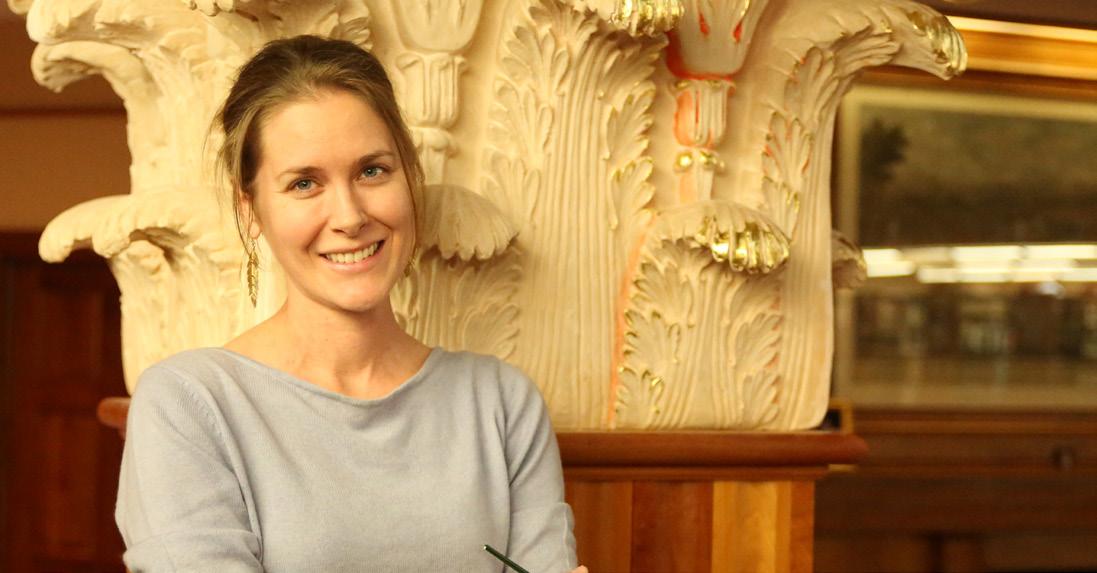
Painting the crossing tower’s ceiling was an enormous undertaking, and one that also brought considerable pain at times. Mandy often spoke about offering up her sufferings gladly and the redemptive element of being an artist, pointing to the importance of raising one’s eyes to God.
Mandy leaves behind a legacy of beauty in her many spectacular works of sacred art. She also inspired and enriched the lives of so many through her love of beauty, her deep faith, and her loving presence. She will be sorely missed by the entire Christendom community.
“Beauty brings us to its Source and makes us better without effort on our part. It is truly part of God’s order of mercy and redemption in this way. This is a dream I have for the students—that they encounter real beauty within the heart of Christendom, the Chapel of Christ the King.” - Mandy Hain
new artisans highlight video series
The college launched a video series on the artisans of the Christ the King Chapel. Brief and inspiring, these videos dive deeper into the vision of those beautifying the chapel—from sculptor Edwin Gonzalez to artist Mandy Hain.
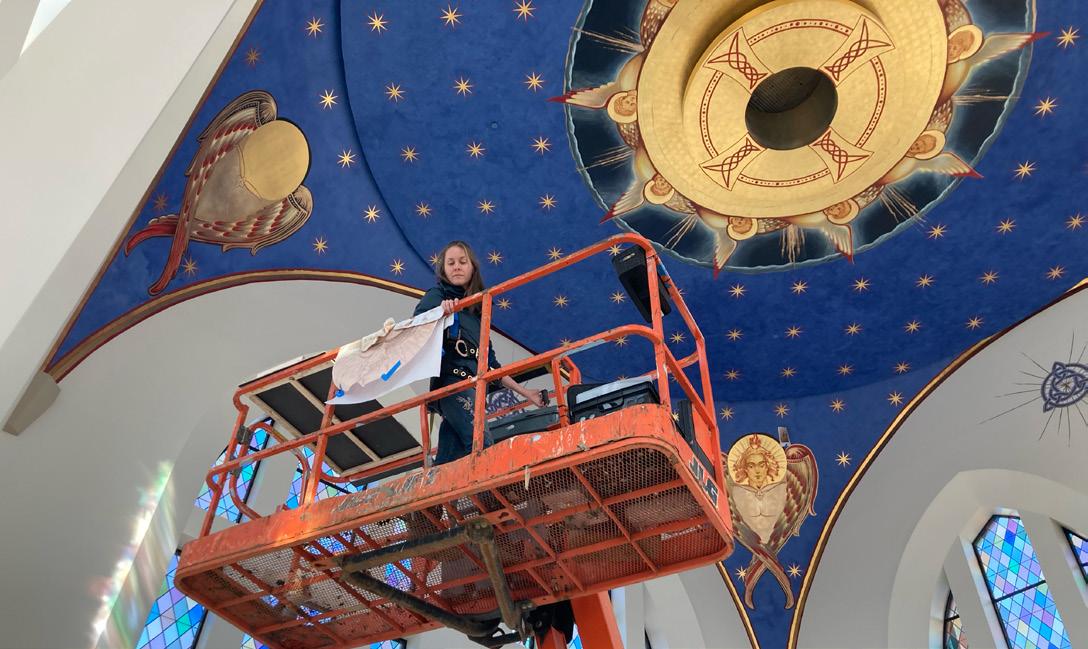

Christ the King Chapel UPDATE Watch these videos and the dedication of the new Christ the King Chapel at chapel.christendom.edu
6
In the Classroom
HIGHLIGHTING A COURSE FROM OUR RICH CURRICULUM
PSAE 362: RHETORIC AND PUBLIC SPEAKING
BY DR. JOSEPH BRUTTO
An important aspect of Christendom’s mission to “restore all things in Christ” is the ability to present and defend one’s ideas publicly. One way in which students can hone and perfect their skills in this area is through the Political Science and Economics (PSAE) department’s course in rhetoric and public speaking. While this course is required for majors and minors in PSAE, it is open to all students.
The class begins with an introduction to the principles of classical rhetoric, specifically the rhetorical appeals to character, emotion, and logic. Then, the bulk of the course is taken up with student presentations. Each student gives four oral presentations over the course of the semester on topics ranging from political rhetoric to the rhetoric of visual art. Students are guided in the preparation of their presentations through informal in-class exercises as well as one-on-one meetings with their instructor.
While the content of persuasive public speaking is heavily emphasized, students are also trained in style and delivery. Here, topics include voice modulation, volume, body language and posture, taking and answering questions from the audience, etc.
By the conclusion of the course, students will have grown in their knowledge of rhetorical principles; they will also leave the class more confident in their ability to prepare and effectively deliver a public speech. It is hoped that students will then carry these skills beyond the walls of the classroom as they go forth into the world and work to transform the temporal order.
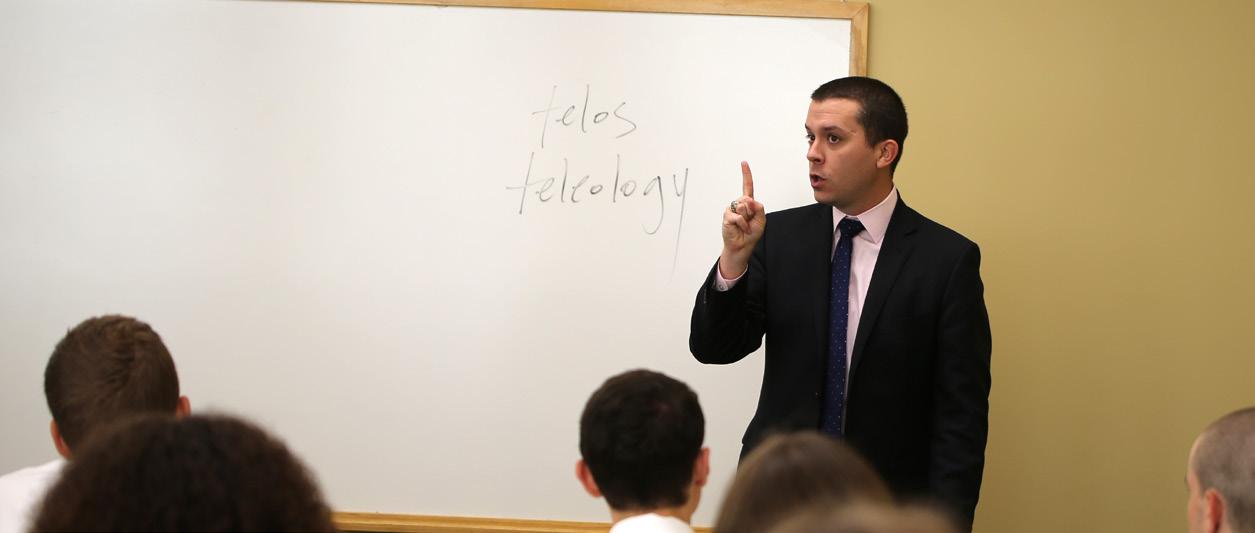
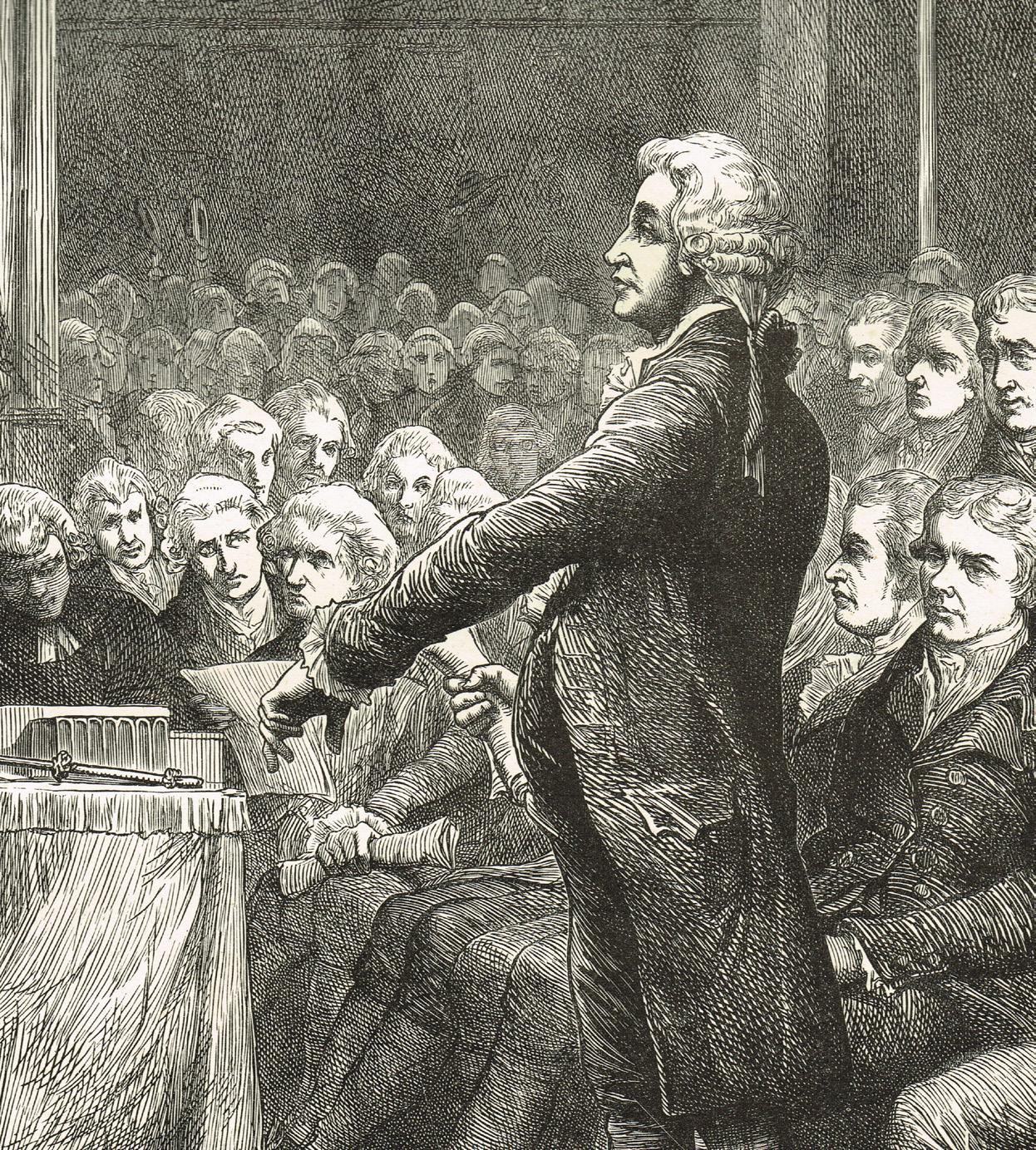 Edmund Burke speaks in support of William Wilberforce’s motion for the abolition of slavery, 1789.
Edmund Burke speaks in support of William Wilberforce’s motion for the abolition of slavery, 1789.
7 spring 2023
Dr. Brutto in the classroom.
NEWS in BRIEF
STUDENTS JOIN THOUSANDS AT 50TH MARCH FOR LIFE

Christendom canceled classes and closed administrative offices on January 20 to join thousands at the 50th annual March for Life in Washington, D.C.—the first in a post-Roe America. Just last year, Christendom led the March for Life through the streets of Washington as the nation awaited the results of the Dobbs v. Jackson Supreme Court case. Christendom’s student body, faculty, and staff celebrated the overturning of Roe on January 20, while continuing to march in defense of the unborn everywhere.
PROFESSORS FEATURED ON EWTN
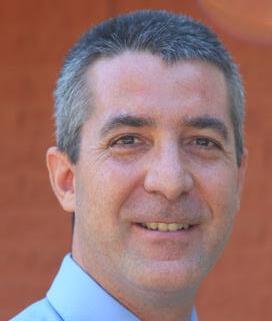
Theology professors Dr. Matthew Tsakanikas and Dr. Conor Sweeney were featured in the new EWTN series “The Heresies,” which began airing in 2023. Sweeney joined the series in episode 11 to offer his expertise in postmodernism. Tsakanikas was featured in episode 12, titled “Heresies Against the Real Presence of Christ in the Eucharist.” Both are featured in an episode on “American Heresies.” The series is now available on demand on EWTN’s website.
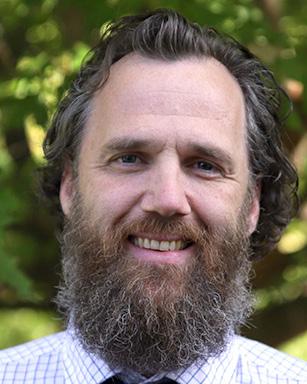

BASKETBALL STAR NAMED CONFERENCE MVP
Christendom student-athlete Catherine Thomas was named Most Valuable Player for the New South All-Conference (NSAC) women’s basketball team for her incredible performance over the course of the 2022-23 season. Previously named a USCAA 1st Team All-American and a multiple-time Player of the Week, this was Thomas’ first MVP win and the first from the NSAC in its inaugural season. This season, Thomas was a force to be reckoned with on the court, leading the USCAA DII in total points scored and averaging 27.7 points and 14.8 rebounds in all games, ranking second in both categories. She also recorded a double-double in every game this season, including two triple-doubles.
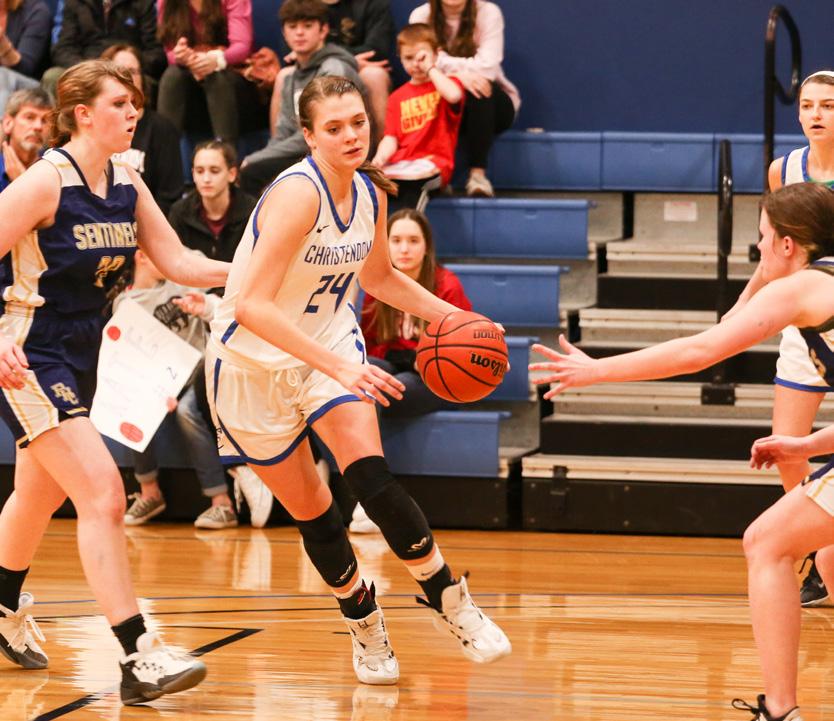
8
NEW COMMUNICATIONS PRACTICA


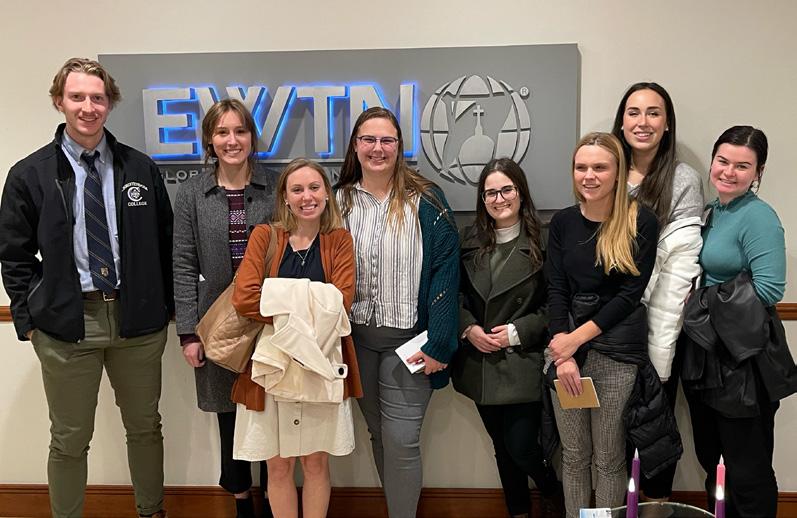

Christendom launched a new Communications Practica for students in the fall, providing them with the opportunity to learn from experts in all aspects of communications, including audio and video production, photography, journalism, graphic design, marketing, and institutional communications. Over the course of the semester, students were able to make trips to the Diocese of Arlington’s Office of Communication, witness a filming of EWTN News Nightly, hear presentations from journalists Madeliene Kearns and Sean Lovett, and gain practical experience in communications media. The course arms students with the practical experience needed to assist the Church, nonprofits, and other organizations in effectively communicating their messages both before and after graduation.
FACULTY PEN NEW BOOKS

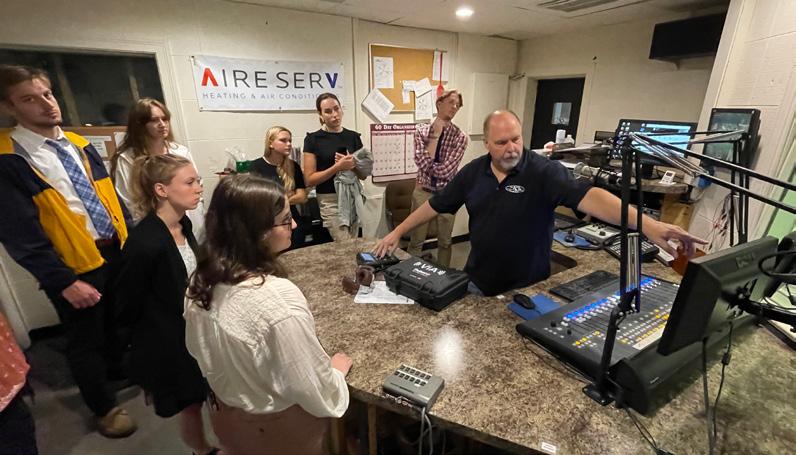
Christendom professors Dr. Christopher Shannon, Mary Stanford, Dr. Christopher Lane, and Dr. Andrew Whitmore have all released new books over the past few months, bringing their academic expertise out of the Christendom classroom and out into the broader culture. Shannon’s book, American Pilgrimage: A Historical Journey Through Catholic Life in a New World, has been garnering considerable acclaim since its release, including an entire Ignatius Press podcast series dedicated to it. Stanford has been on multiple podcasts as well for her first book, titled The Obedience Paradox: Finding True Freedom in Marriage (see the last issue of Instaurare for an excerpt), while Whitmore’s Saintly Habits: Aquinas’ 7 Simple Strategies You Can Use to Grow in Virtue is helping Catholics across the nation (see page 22 for an excerpt). Finally, Lane’s follow-up to his award-winning Callings and Consequences can be found in A Guide to John Henry Newman: His Life and Thought, a new work featuring contributions from multiple academics. All these books and more from Christendom’s faculty can be found wherever books are sold.

Subscribe to our weekly email update CHRISTENDOM NOW at christendom.edu/now or scan the code.
9 spring 2023
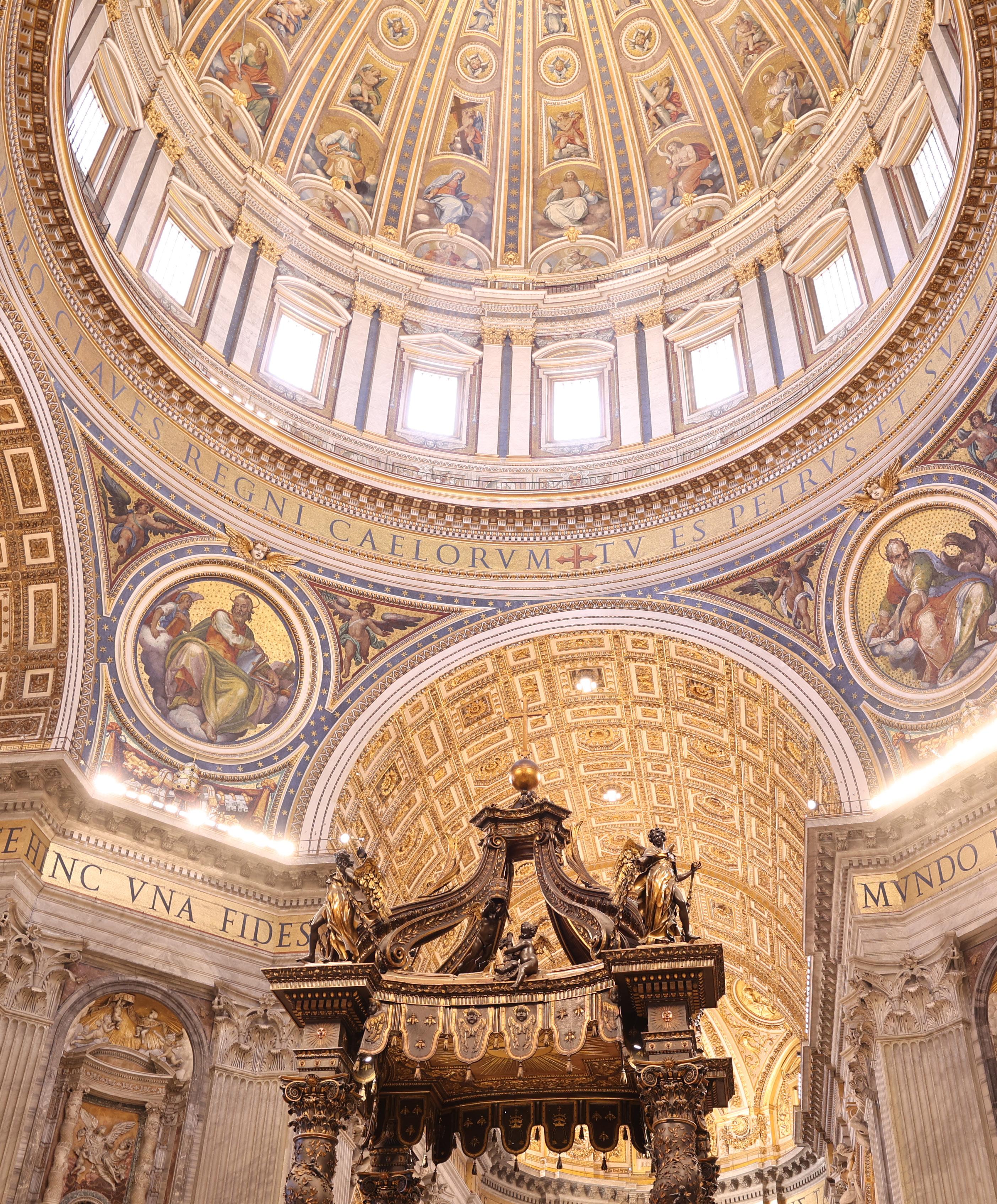
10
20 YEARS IN Bella Roma
Christendom’s Junior Semester in the Eternal City
BY ZACH SMITH
Five hundred fifty-one steps—that is what it takes to ascend to the top of St. Peter’s Basilica in Rome. Once you reach the top, you are greeted by a breathtaking sight: the arms of St. Peter’s Square, stretching out toward the rest of Rome— and the world—to embrace it. From the top, you truly feel the majesty and power of the Catholic Church. Christendom College President Dr. Timothy O’Donnell certainly felt this way the first time he ever ascended those 551 steps, back in 1978.
11 spring 2023
When he was became president of Christendom, it became essential to him that as many students as possible shared in that experience—encouraging a growth in their love for the Church in the face of a culture that continuously attacks our Catholic heritage. Through the college’s Junior Semester in Rome, hundreds of students have experienced that growth by embracing the opportunity to study and grow within the very heart of the Church.
After two decades of studies in Rome, the question must be asked: Why is this experience still one of the most popular reasons that students choose to attend Christendom? Why does Rome continue to move, shape, and impact students for the better year after year?

To answer that question, it is necessary to go back to the very beginning. First started in 2002, the Junior Semester in Rome has worked to enhance the students’ academic experience by providing them with the cultural and intellectual enrichment that studying in Rome offers. According to O’Donnell, the Semester in Rome has accomplished that goal over and over again for a simple reason: Students are united in a profound way at the very center of Christ’s Church here on Earth.
“To be able to study at the center of Christendom and the heart of the Church is a truly life-changing experience,” said O’Donnell. “Our Catholic patrimony, so much history, and the lives of so many saints are made concrete for our students during their semester abroad. The Eternal City is truly an ideal place to grow intellectually and spiritually and to drink in the riches of our vibrant Catholic culture.”
Over the past 20 years, the Semester in Rome has undergone many changes. Philosophy professor Dr. Douglas Flippen and his wife, Maureen, served as the first Rome directors, along with then-college chaplain Reverend Anthony Mastroeni. In 2005, alumni Ben and Heather Akers took over as the directors and were instrumental in solidifying the experience over the course of four years.
In 2009, Tomas and Caroline Fuertes were selected to be the new Rome directors, and in 2010, John Noronha took over as Director, with Katy Ott serving as associate director. In 2012, Ott became director, a position she still holds today, with philosophy professor Dr. Mark Wunsch serving as academic director.
Wunsch originally joined the Semester in Rome in 2005, teaching philosophy to students while he was doing his graduate
studies in Rome. Today, his primary task is the recruitment and mentoring of the professors who teach students in Rome.
For Wunsch, the Semester in Rome has been ever popular for 20 years for a reason—it is a profound experience for students that ties right into the mission of the college.
“One of the central goals of a Christendom education is to furnish our students with intellectual habits of mind that allow them to thoughtfully engage every situation in which they will find themselves and which allow them to live an integrated life in pursuit of wisdom,” said Wunsch. “This objective is uniquely formed in Rome, where their education in the theology, philosophy, art, architecture, language, culture, history, and communications of the place in which they reside for the semester gives them the intellectual tools to thoughtfully engage their Italian experience and lead a life where their curricular education informs their extracurricular education and vice versa.”
12
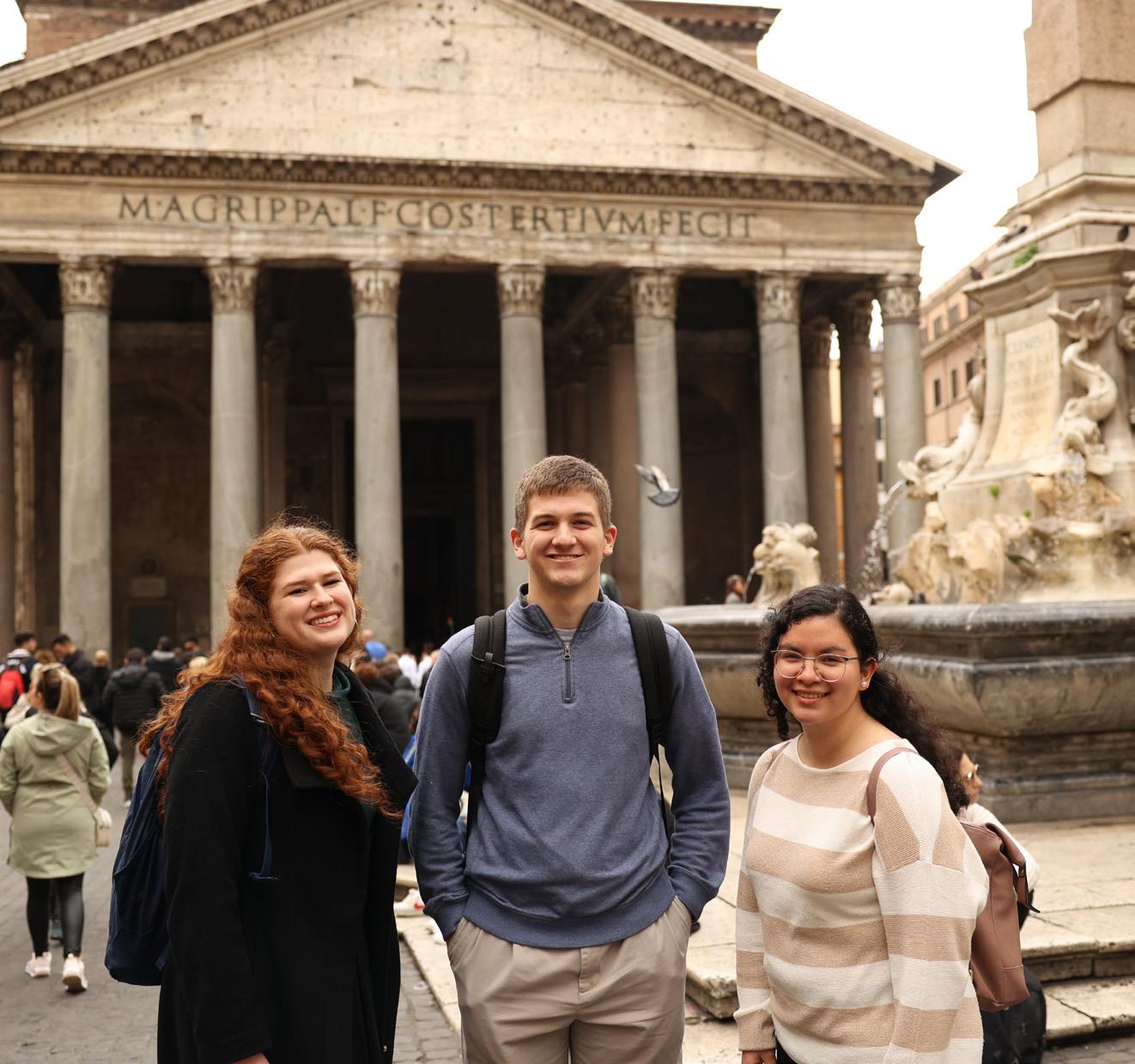
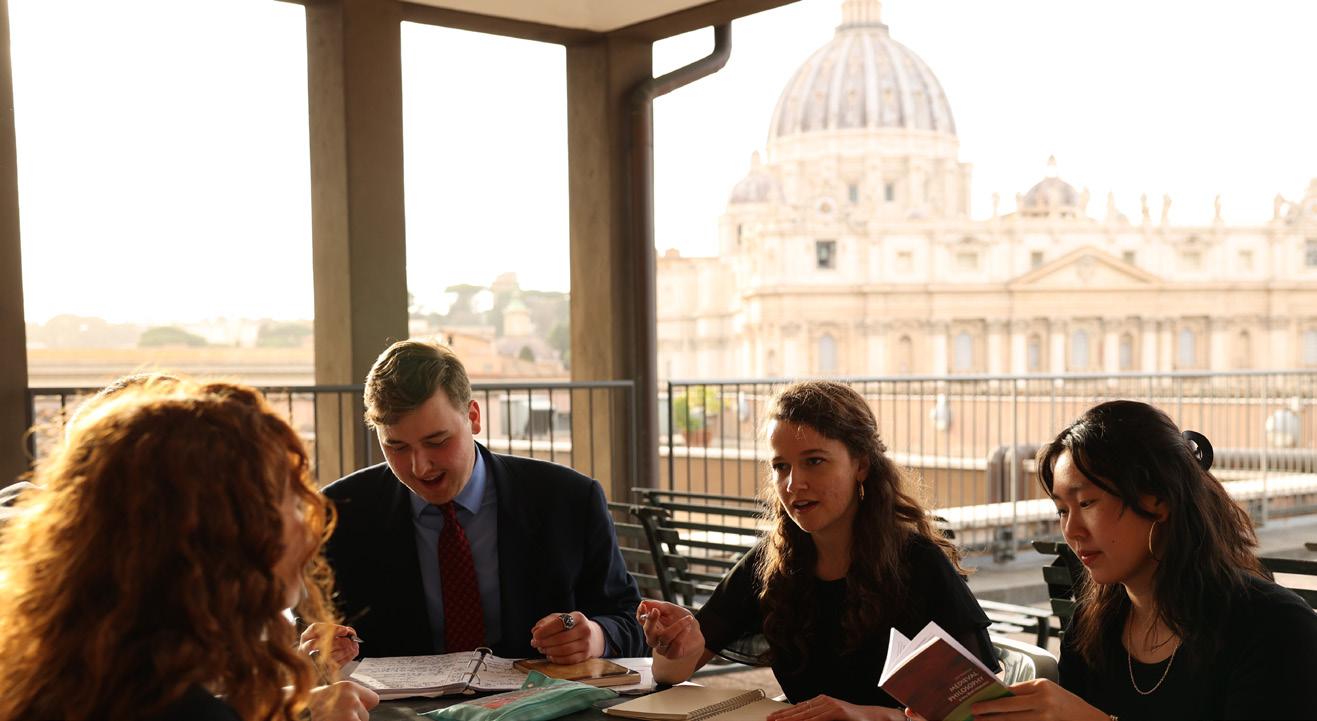


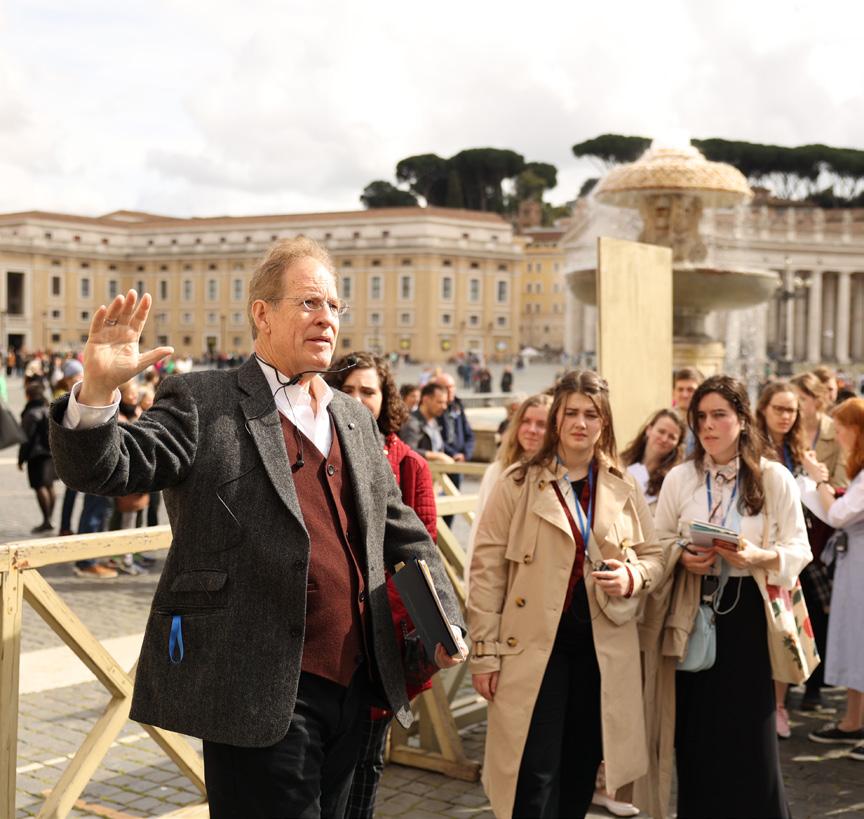

13 spring 2023
Top, left-right: Touring St. Peter’s Basilica. Students enjoy the local cuisine. Students also enjoy cooking in their apartments. Center, leftright: Dr. O’Donnell leads a tour of St. Peter’s. Students study outside a classroom. Lower, left-right: Students at the Pantheon. Students light a candle in Sant’Ignazio.
Top, left-right: Residence Balduina, where the students live. At the Angelicum, where students take classes. Center, left-right: Francis Cardinal Arinze celebrated Mass for the students and guests for the college’s 45th anniversary celebration in Rome. Joined on stage by Mark Rohlena and Dr. Timothy O’Donnell, the Angelicum’s rector magnificus, Fr. Thomas Joseph White, O.P., delivers a special lecture to students and guests. Bottom, left-right: Students enjoy chatting with Edwin Cardinal O’Brien during a special reception for the college’s 45th anniversary. Cardinals Raymond Burke, Gerhard Müller, and Francis Arinze attended the lecture and reception as well.
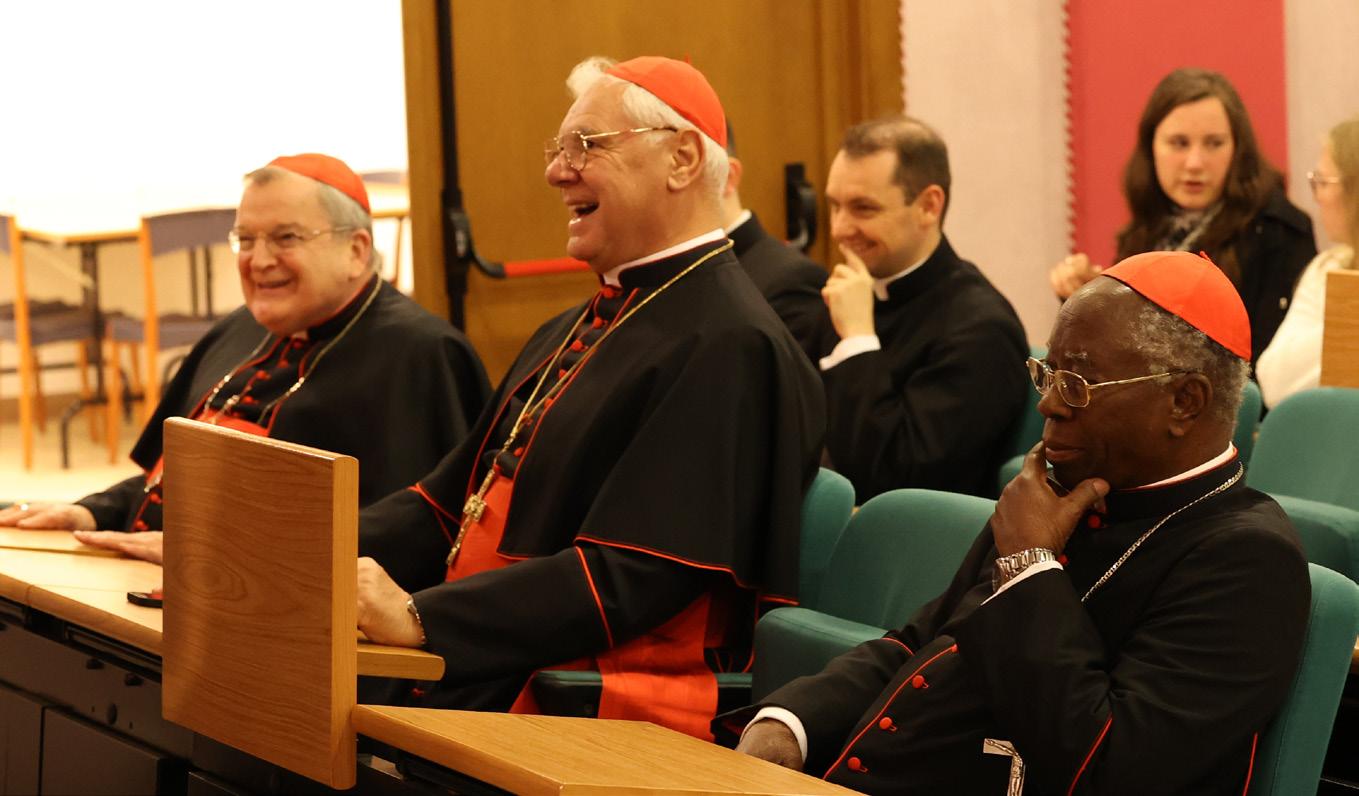

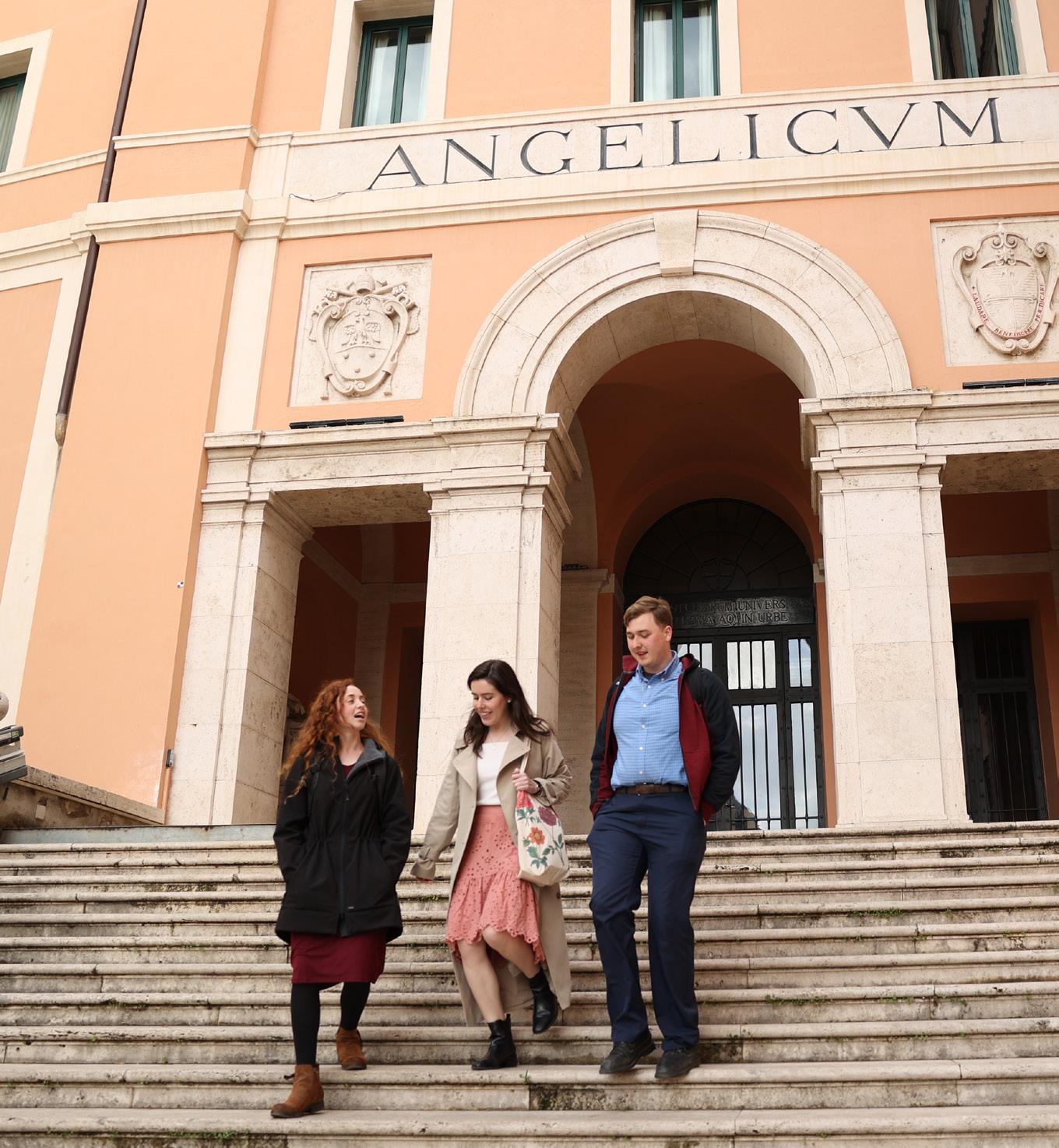
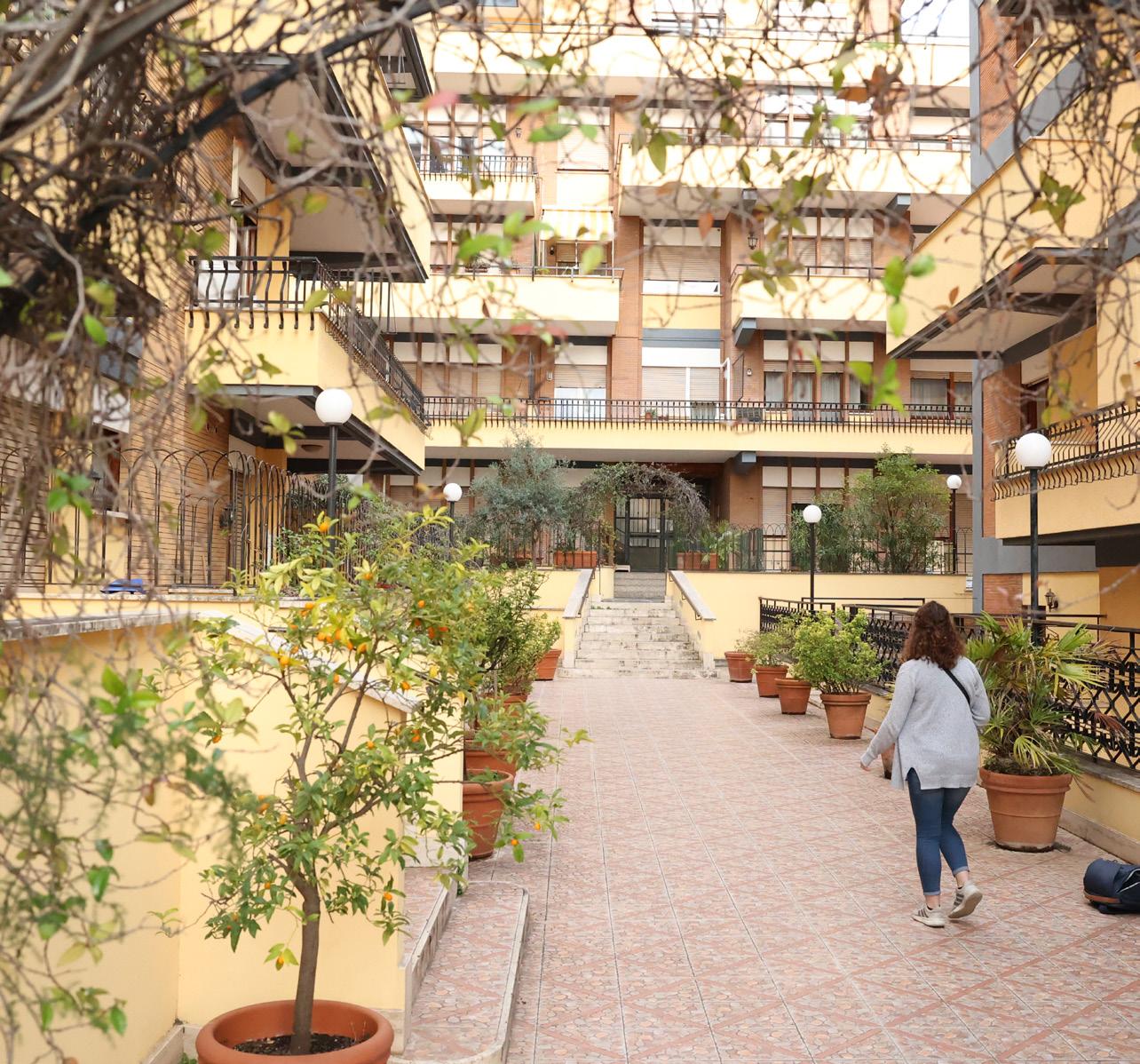
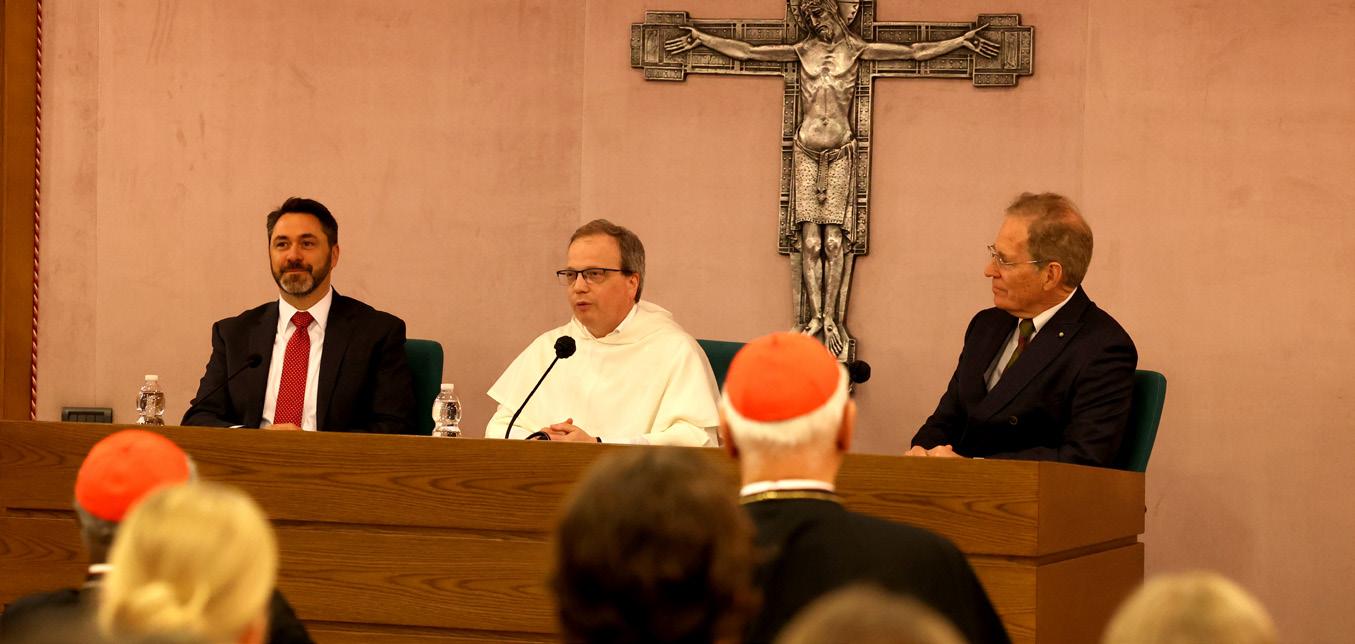
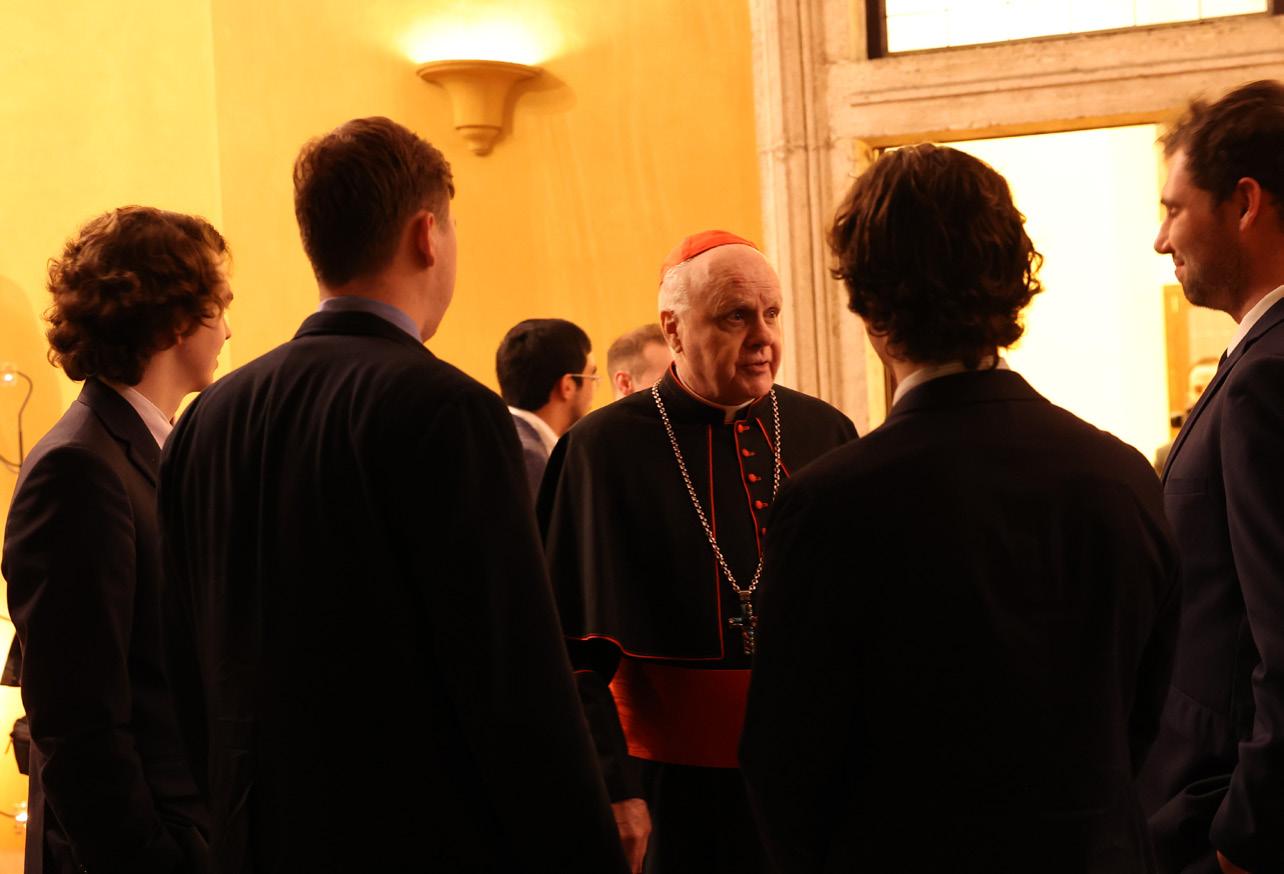
14
SEEING THE STUDENTS SEE ST. PETER’S FOR
According to Ott, the experience has proven to be a lifechanging one for hundreds of students because it changes the lens through which they see the Catholic faith.
“After seeing the Eucharistic Miracle which began the Feast of Corpus Christi in Orvieto, they view the Solemnity in a different way,” said Ott. “When students are back home and it’s the Feast of St. Francis of Assisi, they will remember touching a rosary to his baptismal fount or celebrating Mass at his tomb. The Rome staff are blessed to be a small part of the whole that enables students to encounter their faith so tangibly through the Semester in Rome.”
For classes, students study philosophy and theology at the Pontifical University of St. Thomas Aquinas (The Angelicum), learning in that hallowed institution with roots that can be traced back 800 years. The rest of their classes are taught at Istituto Maria Santissima Bambina—right next to St. Peter’s Square—and also on-site at various locations around Rome and the Vatican.
During their time abroad, students live in Residence Balduina, which is a short bus/metro ride or 30-minute walk from St. Peter’s Basilica. In addition to numerous opportunities to study, live, and tour within Rome itself, students are given the chance to travel to Siena, Assisi, Florence, and elsewhere in Italy with the college, while also being given free weekends to travel to other places in Europe. All of these opportunities, in addition to studies in and outside the classroom, combine to give students a rich cultural experience that stays with them for the rest of their lives.
Over the past 13 years, Ott has guided hundreds of Christendom students through their time in Rome, watching
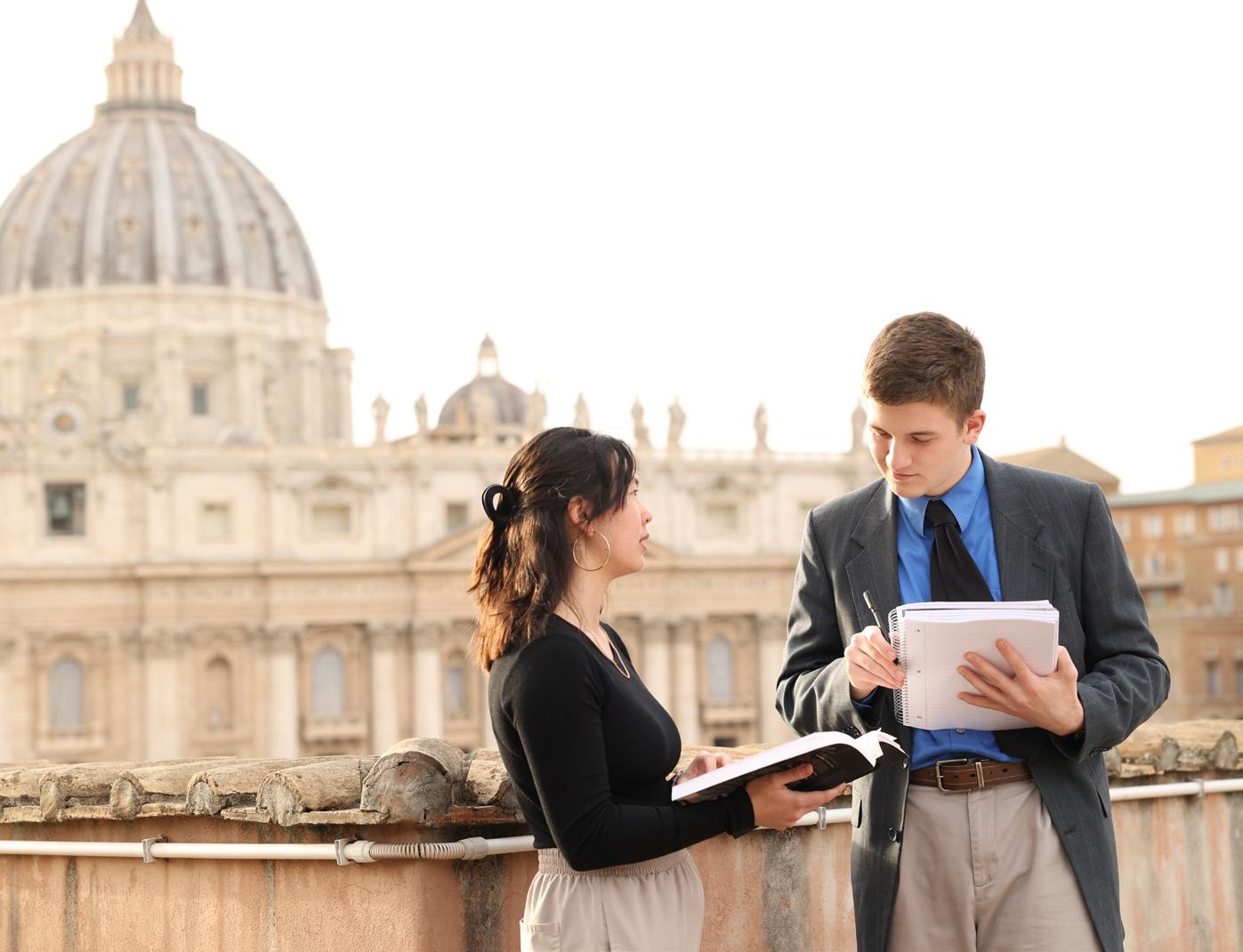
them grow during their studies abroad. That experience has not only impacted the students but her as well.
“Staff and students are impacted in positive ways, big and small, by the Rome semester every day,” said Ott. “Seeing the students see St. Peter’s for the first time is moving beyond words. There are so many unique lessons that students can only learn in Christendom’s Rome semester. By taking classes at the Angelicum with students and professors from all over the world or attending a papal audience with the address in many languages, the students experience firsthand the Universal Church. I also think the challenges of living in a major city and communicating in a foreign language often bring about personal growth and contribute to formation.”
Why is the Junior Semester in Rome still so popular and impactful? Because, for 20 years now, Christendom students have lived, studied, and grown in holiness within the Eternal City. They have witnessed enormous moments in the history of the Catholic Church, including the elections of two popes and the canonizations of many saints. They have ascended those same 551 steps as so many pilgrims to St. Peter’s before them, witnessing the sun rise and set over the heart of the Church.
All these experiences have changed their lives for the better, giving them a richer outlook on the Universal Church and the world at large. As more and more Christendom students continue to embark on semesters in Rome, they are joining a group of people uniquely prepared to impact the culture for the better, ready to carry the lessons learned in Rome into their lives and truly live out the college’s mission of “restoring all things in Christ.”
15 spring 2023
THE FIRST TIME IS MOVING BEYOND WORDS. THERE ARE SO MANY UNIQUE LESSONS THAT STUDENTS CAN ONLY LEARN IN CHRISTENDOM’S ROME SEMESTER.
It started off as a routine morning for Chief Warrant Officer Jerome Daly of the 121st Assault Helicopter Company in Vietnam. It was Easter Sunday, 1967, and it was supposed to be his day off.
But then the call came: Three downed helicopter crews were under fire from the Viet Cong communist insurgency. So far, no one had been able to rescue them.

Daly sprang into action. He volunteered to fly in and help protect the 10 men until they could be extracted. Enemy fire was so heavy that the evacuation helicopters could not land. So, Daly decided to use a smoke-dispersing helicopter to create a thick smokescreen between the downed crews and the Viet Cong. This would give medical evacuation helicopters time to get the men out of danger.
It was a risky strategy. For one thing, no one had ever actually tried the smoke-dispensing helicopter in combat before. And in order to effectively dispense the smoke, Daly would have to fly right through enemy fire.
Undaunted, Daly dove in. He passed in front of the Viet Cong’s guns 12 times in order to create a large enough smokescreen. His helicopter took 20 direct hits.
In spite of the fierce fire, Daly’s heroism led to the rescue of every single man. While Daly’s helicopter only barely made it (the craft was so riddled by gunfire that it had to be scrapped afterward)—every one of those men made it back to base.

16
Remembering Our Friend Fr. Daly
 BY MARIA BONVISSUTO
BY MARIA BONVISSUTO
17 spring 2023
BEYOND THE CALL OF DUTY
Born in Oakland, California, in 1931, Jerome R. Daly came from a Catholic family of five. He attended school in Philadelphia, eventually graduating from St. Joseph’s College.
Daly joined the United States Army in 1949 and established a reputation as an incredibly brave combat aviator. He was always ready to go above and beyond the call of duty. The Easter Sunday rescue—for which Daly received the Distinguished Service Cross—was just one example.
During his three tours of duty and 2,000 hours of flying in the Vietnam War, Daly earned 80 citations for bravery. Some of his awards included the Silver Star, three Distinguished Flying Crosses, two Bronze Stars for valor, two Purple Hearts, and an Army Commendation Medal.
Daly ultimately became the most decorated U.S. Army pilot of the Vietnam War.
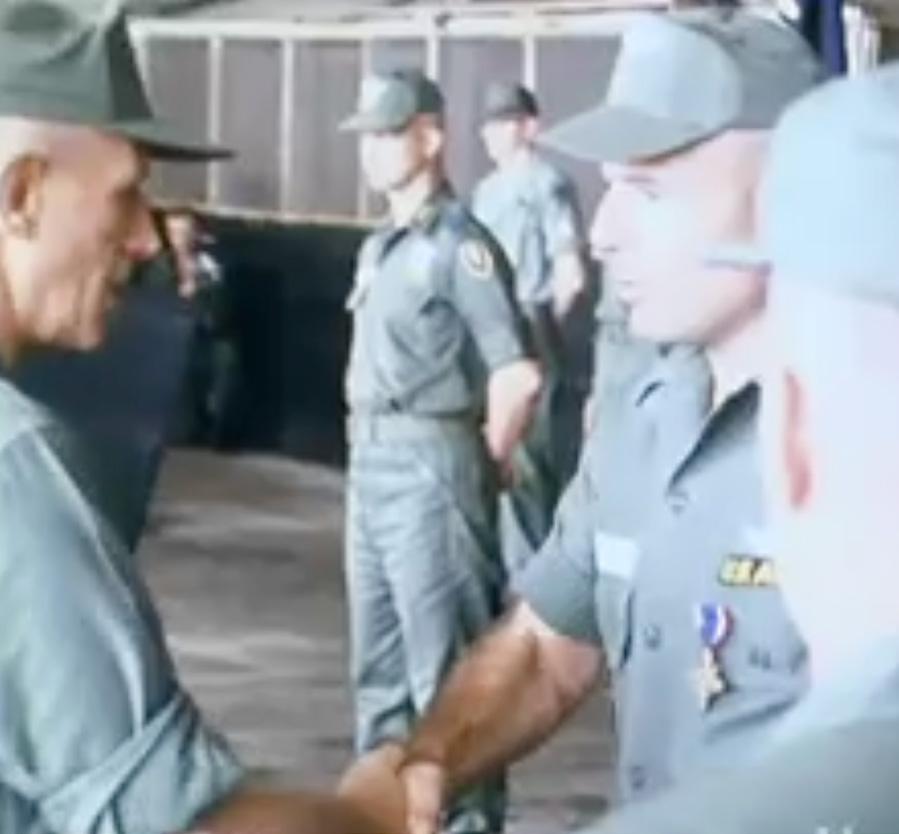
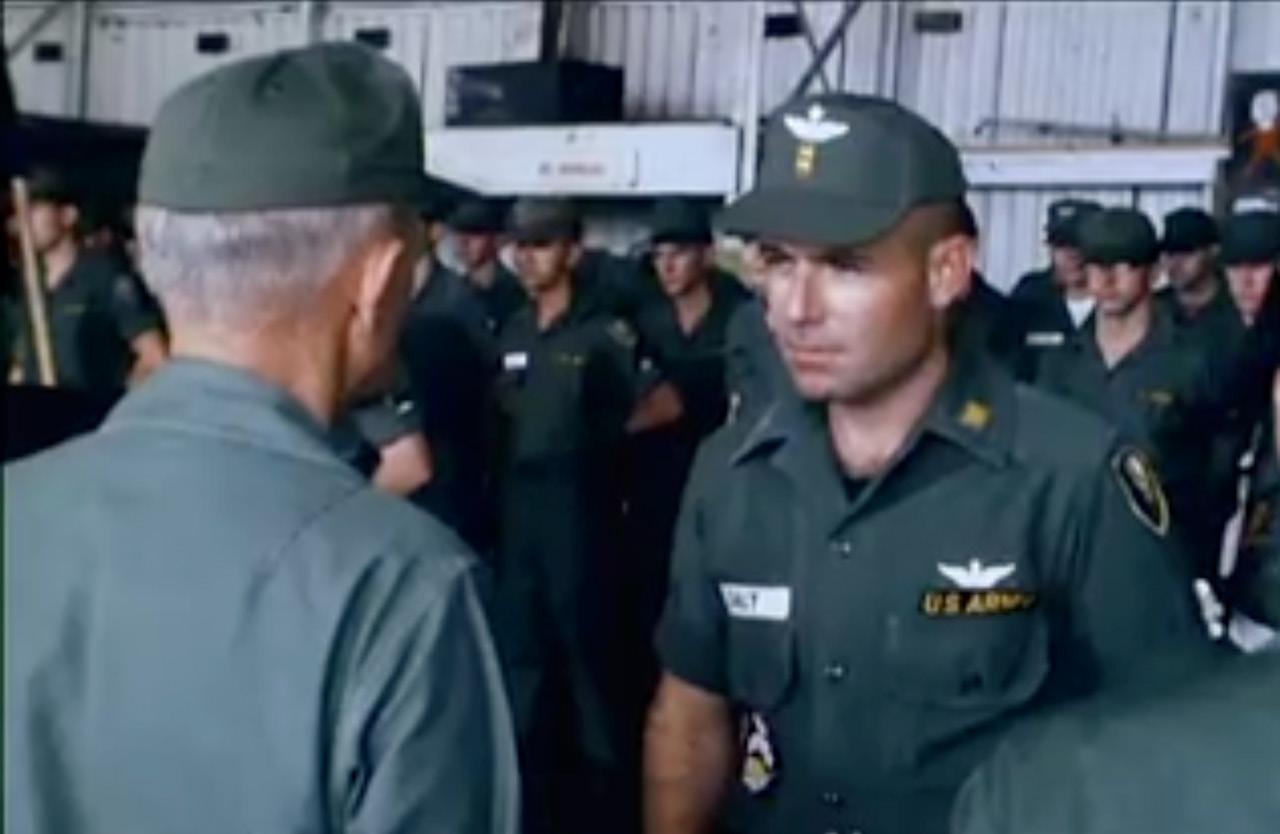
After the war, Daly worked in Army aviation. He retired in 1982 as a lieutenant colonel, and the following year was inducted into the Army Aviation Hall of Fame.
At this point, Daly probably thought that he was done with adventures. After all, he had already experienced a lifetime’s worth.
However, Divine Providence had a marvelous new adventure in store for him.
“WHERE ARE YOU GOING?”
One day after retiring from the military, Daly decided to join a pilgrimage to the Basilica of Our Lady of Guadalupe in Mexico City. The pilgrimage was being offered for an increase in vocations.
After arriving in Mexico and enjoying a day of sightseeing, Daly went out for a nighttime stroll near his hotel. He had not been walking too long before a man dressed in police clothes and holding a gun approached and asked for his passport.
Daly tried to explain that there was no need to show his passport. Suddenly, a car pulled up and three men stepped out. They quickly bundled Daly into the backseat of the car and drove off. Then Daly’s kidnappers began to beat him over the head and on the knees with rubber cudgels.
As all this was happening, the only thing Daly could think about was Our Lady of Guadalupe. He recalled her words to St. Juan Diego: “Have no fear. Am I not here? Am I not your mother? Have no fear.” A deep sense of peace washed over him, and he began to repeat out loud: “Our Lady of Guadalupe, protect me.”
Finally, the kidnappers stopped the car in a deserted area. They hauled Daly from the car, grabbed his wallet, and emptied it. As they were doing so, Daly continued praying.
18
Left: Daly at medal ceremony in 1967. Right: Daly shakes hands with Harold Keith “Johnny” Johnson after receiving the Distinguished Service Cross.
The prayer had an effect. After a few minutes of listening to Daly, the men became frightened. They threw Daly’s wallet back at him and exclaimed “You’re crazy!” Then they drove off, leaving Daly to find his way back to the hotel.
The next day, Daly went to the Basilica, filled with gratitude for Our Lady’s protection. While praying, he heard the Blessed Mother’s voice in the depths of his heart. She spoke the same words to him that she had to St. Juan Diego hundreds of years before: “Where are you going?”
In that moment, Daly knew that God was calling him to the priesthood.
A NEW VOCATION

Daly answered that call wholeheartedly. At the age of 51, he entered Mount St. Mary’s Seminary in Emmitsburg, Maryland. There, he met classmate John C. Cregan—now Monsignor Cregan. The two quickly hit it off and became lifelong friends.
The priesthood became Daly’s whole life, and there was no turning back. A humble man who lived detached from worldly things, Daly never talked about his military accolades in seminary. In fact, for a while, Cregan was completely unaware that his friend was a war hero.
Daly was ordained to the priesthood on May 9, 1987. During the course of his priestly ministry, he served at various parishes in Northern Virginia: St. Ambrose Church in Annandale, St. Leo the Great in Fairfax, St. John the Beloved in McLean, and St. Michael in Annandale.
Although Daly had left his military life behind, that background still influenced his everyday life as a priest. Cregan remembers how well ordered Daly’s life was—how he always made a schedule and stuck to it, and how he was neat and organized in carrying out his parish duties.
Most importantly, Daly’s spirit of heroic service shone through in his complete devotion to Christ, to the Church, and to his vocation. He cherished the priesthood and set a great example for his fellow priests. He was known in particular for his courage and clarity in preaching the Gospel.

“He always spoke the truth in his homilies,” said Cregan. “He didn’t hold anything back, although he did it in a pastoral way.”
A LIFE WELL LIVED
Fr. Daly’s love for the Church extended to Catholic education. For decades, he generously donated to Christendom
College, ensuring that generations of students could be formed in the truths of the Faith at a school that was Catholic without compromise.
Daly retired in 2004. In the last few years of his life, he suffered from serious health issues. Daly accepted these sufferings as crosses from the Lord and remained full of hope, gratitude, and concern for others. Up until the day of his death on January 14, 2023, Daly always stayed focused on his first love: Jesus Christ.
Whether rescuing men on the battlefield or ministering to his flock, Fr. Jerome Daly devoted himself wholeheartedly to everything that he did. His lived a truly heroic life—a life guided by love for God and for others. Christendom College is blessed to have been able to count him as a friend.
“I always enjoyed seeing and speaking with Fr. Daly,” Christendom College President Dr. Timothy O’Donnell said. “He was a great man and a wonderful priest. We were blessed by his faith and generous support for our educational apostolate.”
In the words of Msgr. Cregan: “He was a really brave man, a man of principle, a man who loved the Church, who loved the priesthood and had a great impact on people’s lives. It was an honor to know him.”
19 spring 2023
Fr. Jerome Daly and his military medals, including two Purple Hearts.
Focusing on Your Strengths
A KEY TO SAINTLY HABITS FROM ST. THOMAS AQUINAS

THE ANCIENT MAXIM “KNOW THYSELF” HAS ENDURED THROUGH THE AGES, FROM THE WRITINGS OF ANCIENT GREEK PHILOSOPHERS SUCH AS PLATO TO MEDIEVAL THEOLOGIANS LIKE PETER ABELARD TO MORE RECENT THINKERS LIKE BENJAMIN FRANKLIN. IT IS A COMMON THEME TODAY FOR PEOPLE TO TRY TO “FIND THEMSELVES.”
WHY IS THAT?
BY
ANDREW WHITMORE
20

21 spring 2023
Triumph of St. Thomas Aquinas over the Heretics by Filippino Lippi
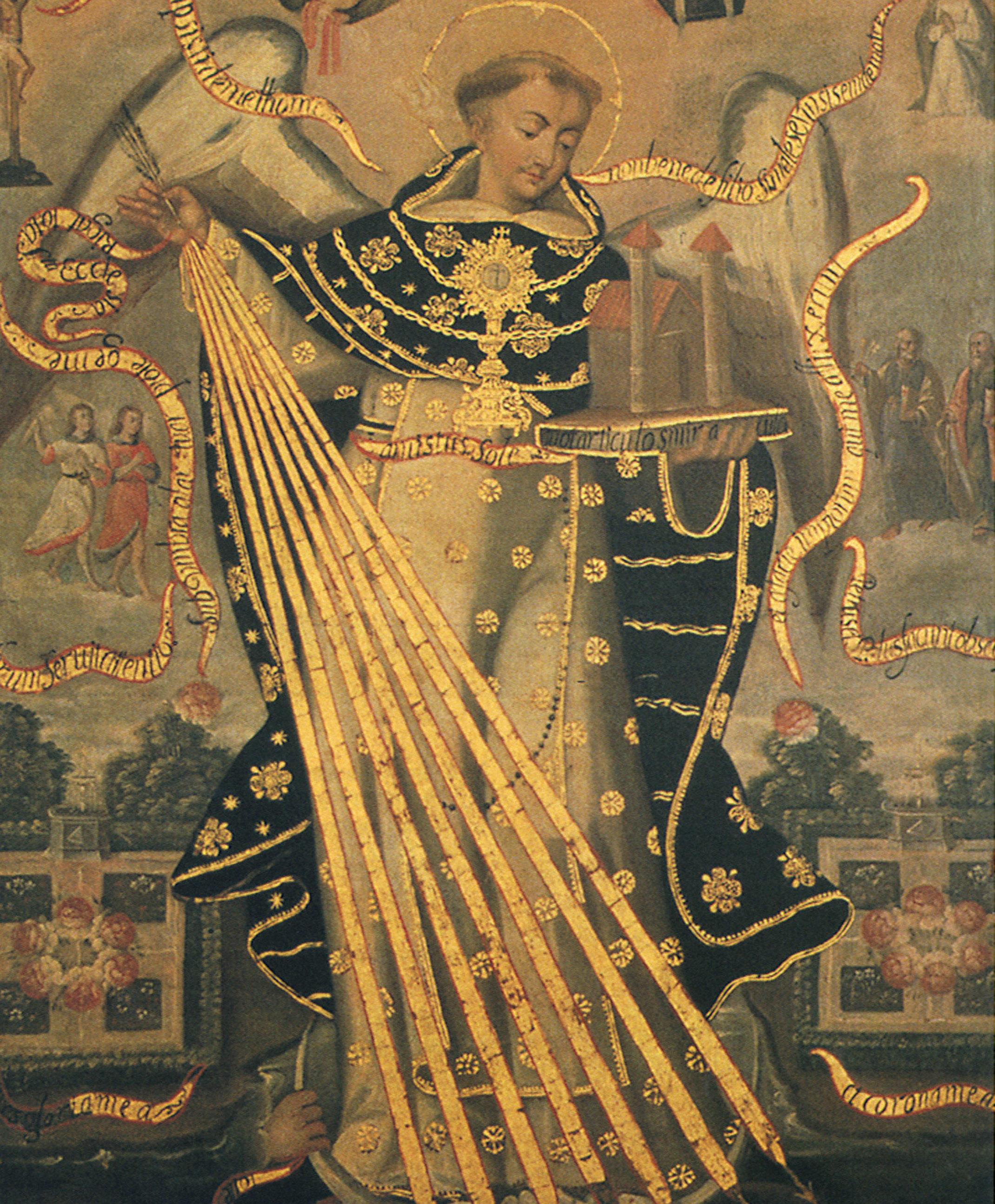
22
Saint Thomas Aquinas, Protector of the University of Cusco (Anonymous)
The Second Vatican Council teaches that only “Christ … fully reveals man to man himself.” This is simply a restatement of what the Scriptures already reveal: “Before I formed you in the womb I knew you” (Jeremiah 1:5).
Growth in virtue requires knowing morality, that is, truly understanding why certain actions are good or evil. What people do not always realize is that it also requires knowledge of oneself.
One overlooked strategy for growing in virtue relies upon two concepts that St. Thomas Aquinas articulates in his moral writings: the connection of the virtues and the equality of the virtues. In short, the strategy entails focusing on virtues that we already possess in order to strengthen our weaker virtues or develop the virtues we lack.
Most often, a person’s intuition leads him to attempt growth in virtue by working directly on eliminating his vices by means of practicing the contrary virtues. While this can be helpful, it can also be difficult to start from scratch with a virtue we have never really practiced. Further, if we do not meet with immediate success or experience great failure, it can be easy to give up.
The benefit of using other virtues to our advantage is that we do not have to start from scratch; instead, we begin with good habits that we have already cultivated and focus on increasing these habits to strengthen our weaker good habits. In order to explain this strategy, we will have to investigate how the virtues are connected.
To best use this strategy, we must first consider our natural dispositions. We all come into this world with different temperaments and a variety of inclinations toward certain virtues and toward certain vices. Part of “knowing thyself” entails reflecting on what our natural dispositions are, since
these are the foundation from which the virtues grow. We are each naturally disposed toward some virtues and not others. But, when we grow in any virtue, we will grow somewhat in all of them.
St. Thomas Aquinas uses the analogy of a hand when describing our growth in virtues. A hand is made up of five digits, each of a different length. When the human person is formed in the womb and then continues to grow into adulthood, this hand and its digits all grow together. It is not the case that first the thumb grows, and when it reaches its full length, then the index finger begins to grow, and only when it is fully grown does the middle finger begin to grow, etc. Neither is it the case that all our fingers grow until they are the same length. Instead, all our fingers grow simultaneously, but they grow proportionately. With only rare exceptions, the middle finger grows to be the longest and the pinky finger is the shortest, but all the digits reach their full length at the same time.
Similarly, good habits are of varying levels of strength in us, and they will always remain at those varied levels. Some people are naturally inclined toward courage but not toward justice. Their courage will always be stronger than their justice, even if they focus on growing in justice and have great success. Just as our fingers grow in proportion, so also our virtues grow in proportion.
This means that whatever vice you struggle with most will be the one that you always struggle with most, short of a miracle of grace. Likewise, whatever virtue comes most easily for you will always come most easily for you. It is not the case that we will max out on a given virtue and it will cease to grow while the other virtues catch up until they are all equal. It may appear that we experience great growth in one virtue and only small growth in another, but that is likely because the move from a
23 spring 2023
THE ADVANTAGE OF USING OTHER VIRTUES TO OUR ADVANTAGE IS THAT WE DO NOT HAVE TO START FROM SCRATCH; INSTEAD, WE BEGIN WITH GOOD HABITS THAT WE HAVE ALREADY CULTIVATED AND FOCUS ON INCREASING THESE HABITS TO STRENGTHEN OUR WEAKER GOOD HABITS.
vice, incontinence, or continence to virtue looks more dramatic than a virtue that simply becomes more virtuous.
St. Thomas calls this concept the “equality of the virtues,” again, not in the sense that all our virtues are or can be equal in strength, but that they grow together by equal proportion. It is the principle that underlies our strategy of focusing on our stronger habits to help increase our weaker habits. Without this understanding, it may seem like a waste of time to focus on a virtue we already have rather than a virtue that we are lacking. However, if this principle is true (and it has been accepted as true in the Church for almost a millennium), then we can make as much progress by working on a virtue that we already have as working on a virtue that we do not. In fact, the claim here is that we may have greater success.
If the virtues are connected and proportional, how, then, can we use this to our advantage? We can work on our stronger habits in order to strengthen our weaker habits. Perhaps a person struggles with social courage and seeks at all costs to avoid confrontation. She witnesses a coworker getting harassed by a supervisor but remains quiet out of fear of confrontation. Her conscience pulls at her because she knows that she should do something, but the fear paralyzes her. Instead of focusing on acting courageously, she can focus on justice. If justice is a stronger virtue for her, she can focus on what she owes to her coworker, who is hurt and has no one else to defend her. Focusing on justice and her duty to defend her coworker, she overcomes her fear and confronts the supervisor, or instead schedules a meeting with someone higher up the chain.

IMPROVING A HABIT ONE ALREADY POSSESSES SEEMS MORE ACHIEVABLE THAN ACQUIRING A HABIT THAT ONE DOES NOT POSSESS, AND IT STILL ACHIEVES THIS ALONG THE WAY.
24
St. Thomas Aquinas clerestory window, Christ the King Chapel, Christendom College
Another example would be someone who struggles with lust. Perhaps he had a history of viewing pornography, and although he has since stopped, he still regularly catches himself having lustful fantasies and ogles women in public. He has had little success in simply willing himself to be chaste and to stop acting lustfully. Instead, he turns to justice, a stronger virtue for him, and focuses on what he owes to women. He recognizes that he owes respect to each woman, not to treat them as objects for his gratification, to focus on what they have to say in conversations. Whenever he encounters an attractive woman, he reminds himself what he owes her, and little by little, he is able to resist any fantasies and ogling. He begins winning small victories, which become larger victories, until eventually he has broken the habit of lust and no longer needs to remind himself how to act; he now simply acts appropriately. By working on increasing in justice, he was able to increase in chastity.
The connection of the virtues may be the biggest secret of virtue ethics, but it is one that should not be a secret. Whenever I have taught this to students, from undergraduates to permanent diaconate candidates in their forties, fifties, or sixties, they have expressed how encouraging and helpful this
strategy is. Improving a habit one already possesses seems more achievable than acquiring a habit that one does not possess, and it still achieves this along the way. This strategy, though it derives from a principle of virtue ethics that at first glance seems daunting, turns out to be encouraging and liberating.
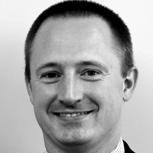
Andrew Whitmore, Ph.D., is an assistant professor of theology at Christendom College in Front Royal, Virginia. In his graduate studies at the Catholic University of America, he specialized in St. Thomas Aquinas’ virtue theory. He has taught moral theology at both the undergraduate and graduate levels, as well as in formation programs for the permanent diaconate and in public talks to laity.
Excerpt from Saintly Habits: Aquinas’ 7 Simple Strategies You Can Use to Grow in Virtue © Andrew Whitmore. Published by Ascension. Used with permission; no other use of this material is authorized. ascensionpress.com.

JOIN US AT OUR SUMMER CONSORTIUM
CELEBRATING THE 700TH ANNIVERSARY OF THE CANONIZATION OF ST. THOMAS AQUINAS
St. Thomas Aquinas was canonized a saint in 1323, officially named a Doctor of the Church in 1567, and proclaimed the “protagonist of orthodoxy” during the modernist crisis at the end of the 19th century. Join us in celebrating the gift of this great saint July 14-16, 2023, for a twoday conference titled The Angelic Doctor: St. Thomas Aquinas and the Answer to a Culture in Crisis
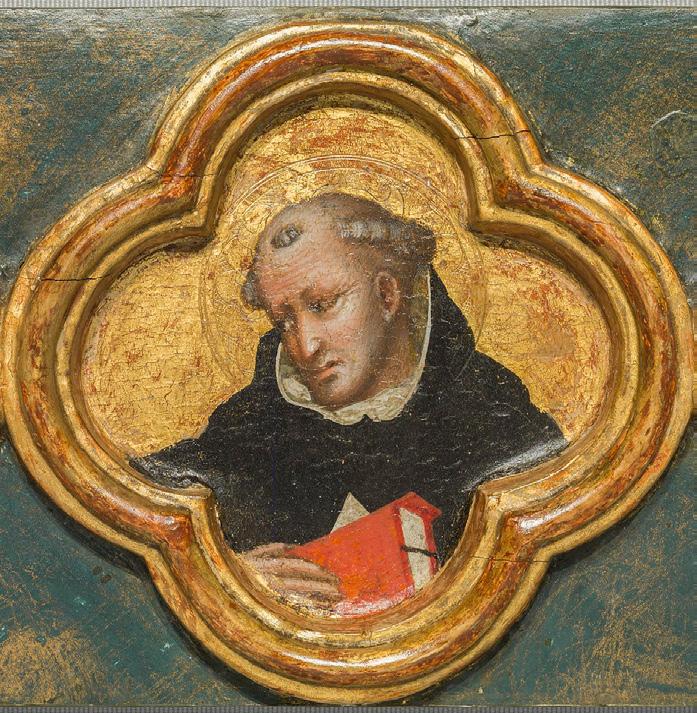
SUMMERCONSORTIUM.COM 25 spring 2023
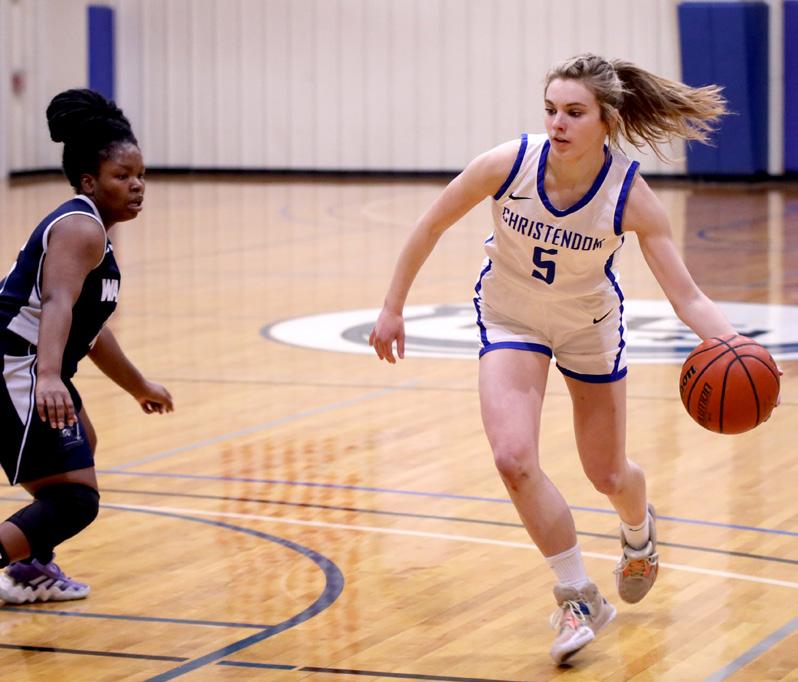
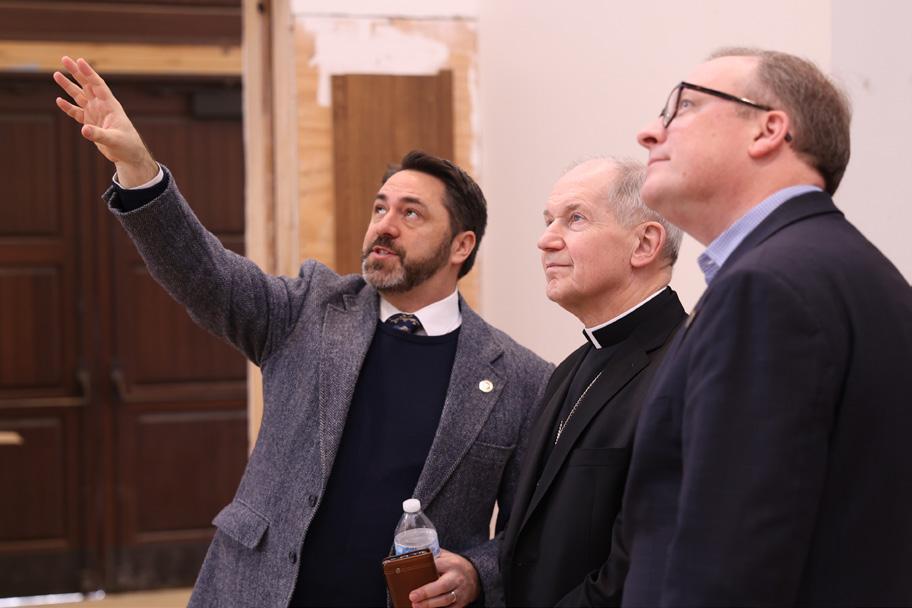
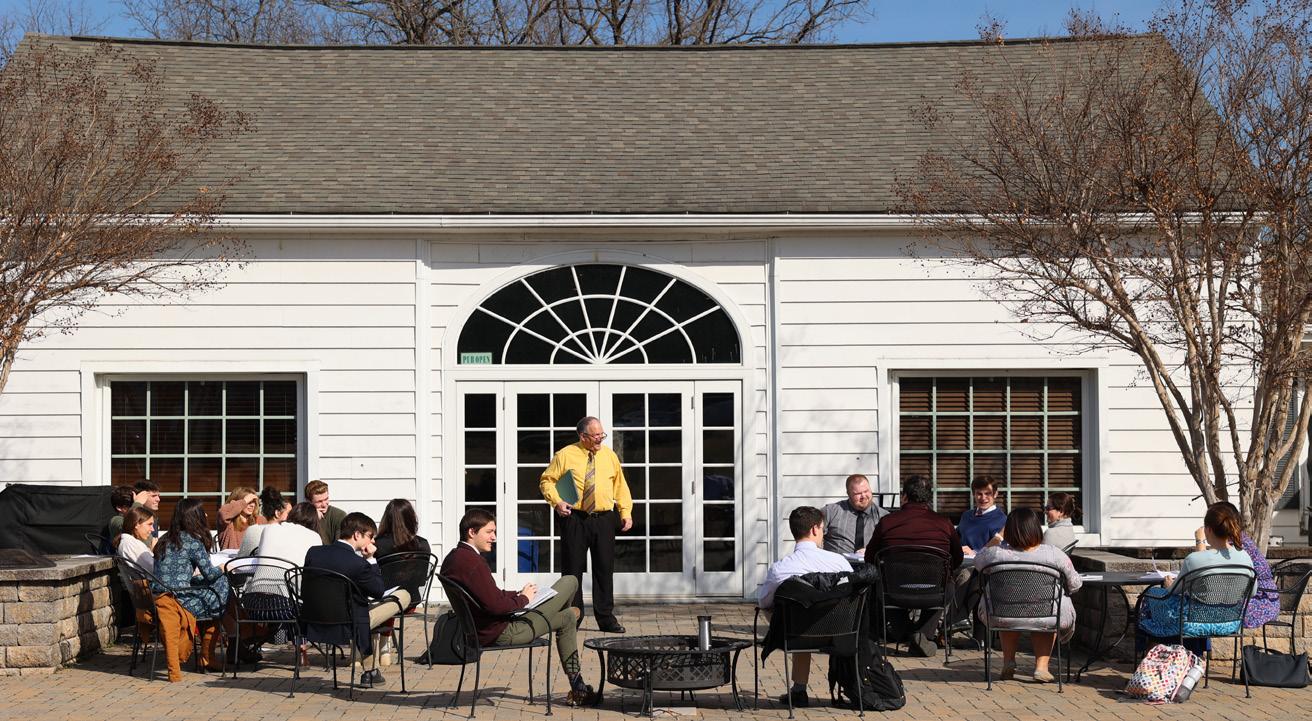
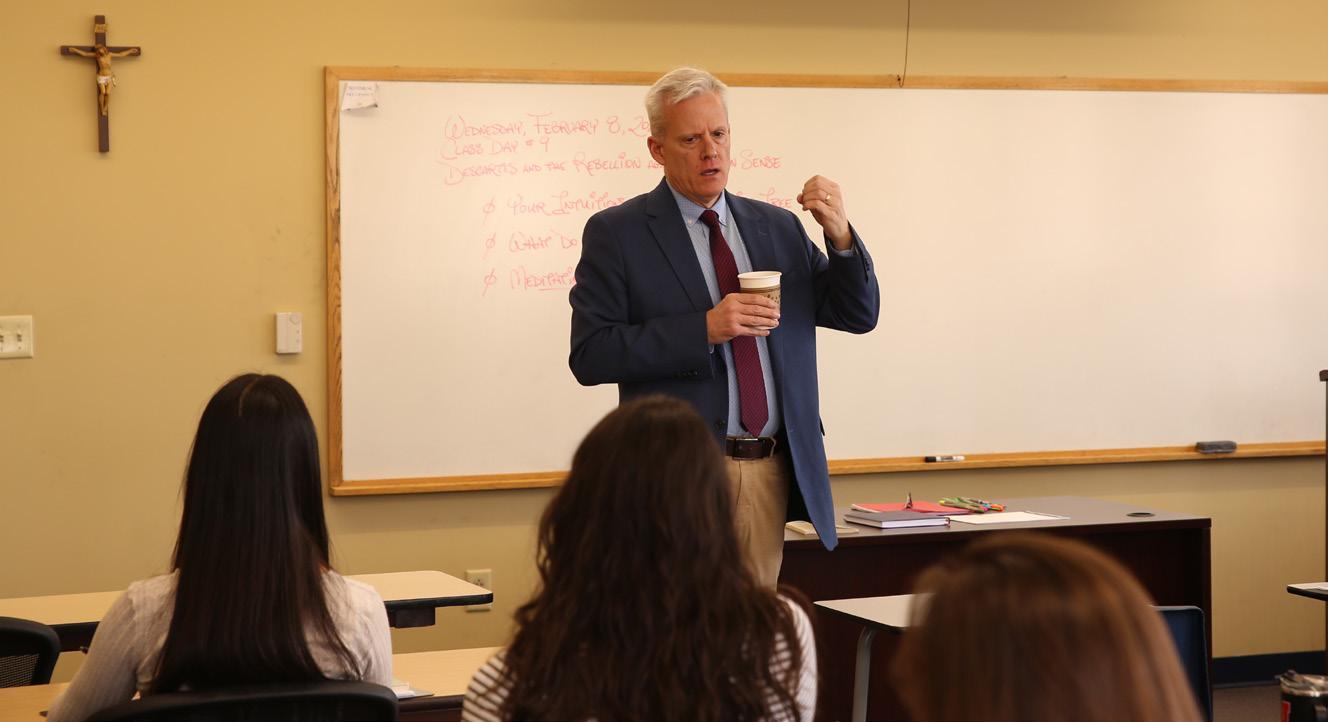
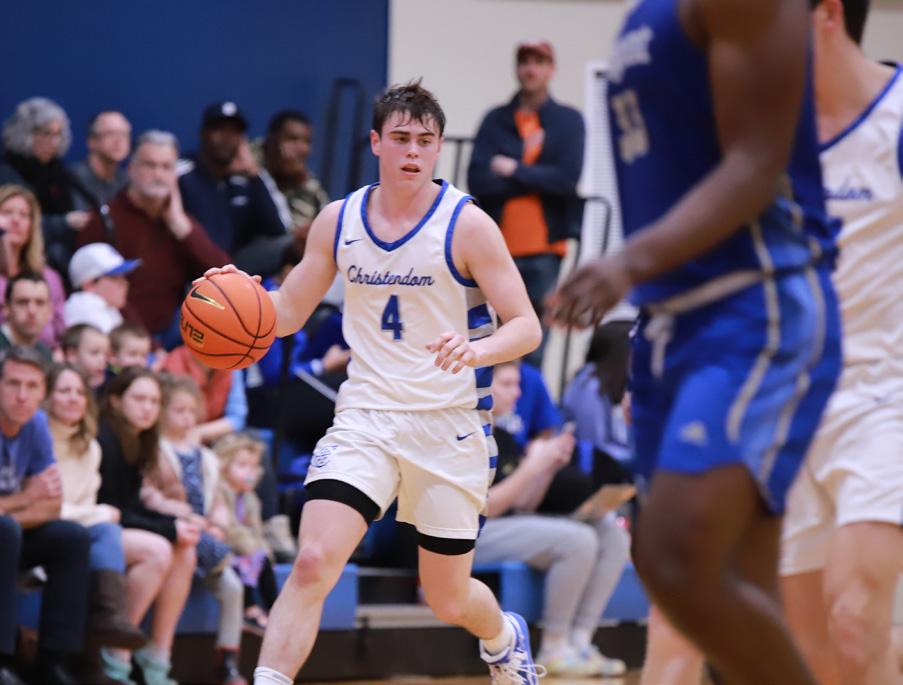

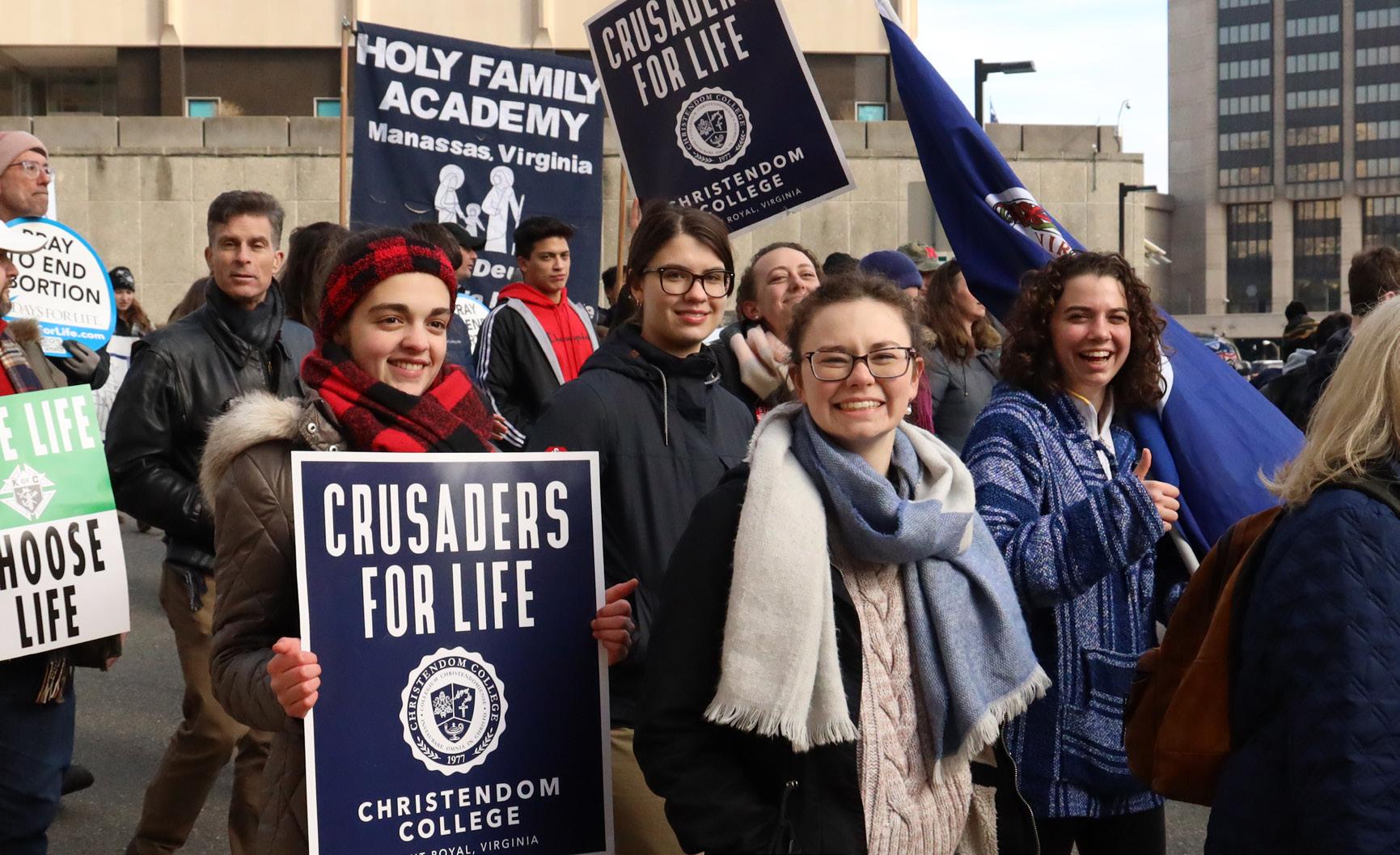

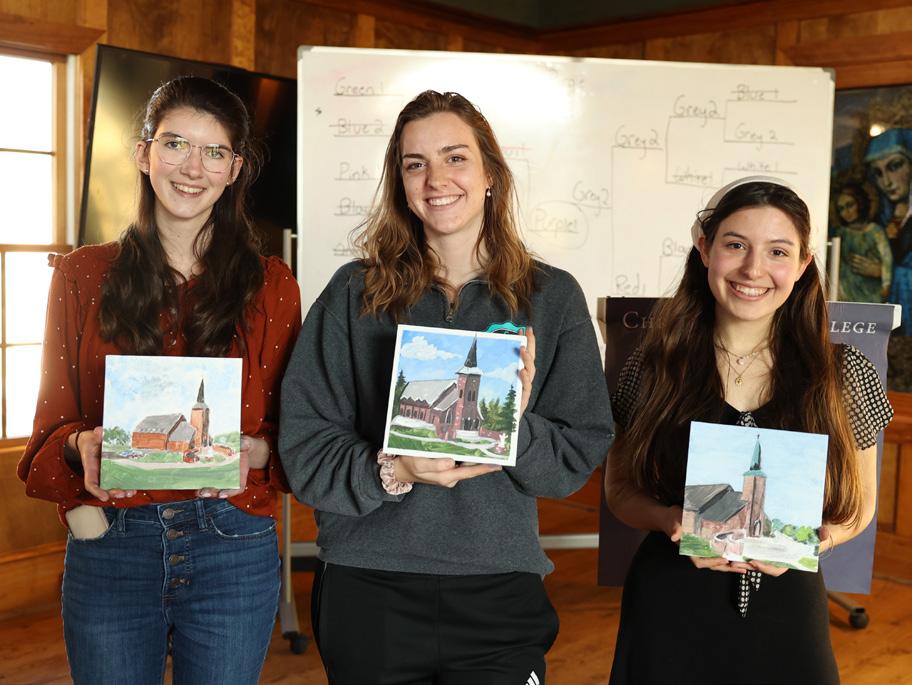
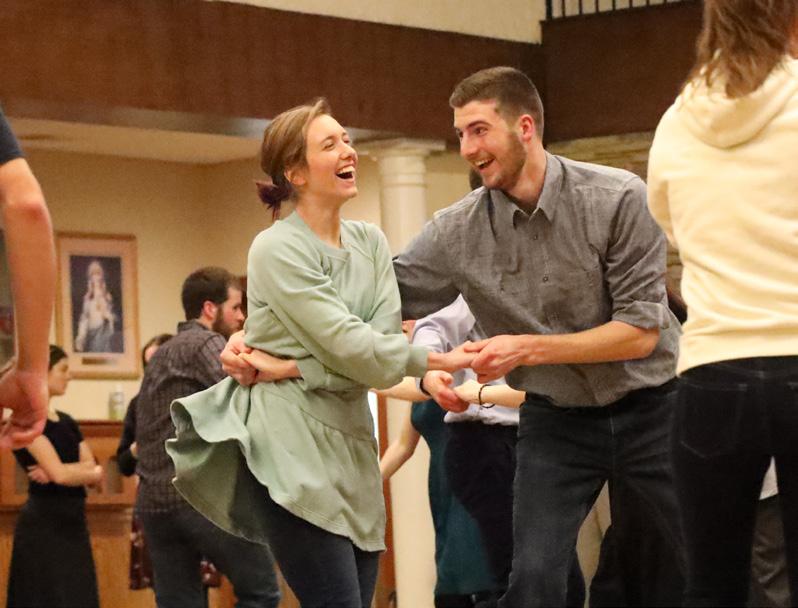
2 1 6 3 4 7 8 5 9 10
1. A group of students journeyed to Richmond in February for the Virginia statewide March for Life.
2. Students examine the constellations at Christendom’s observatory.
3. Swing ’n’ Sundaes is a popular event where students gather in the Commons on Sunday nights for dancing and ice cream sundaes.
4. Seniors Josh Forbes and Zach Hsu perform at the annual variety show Coffee House.
5. Bishop Paprocki of the Diocese of Springfield, Illinois, took a tour of the new Christ the King Chapel led by Executive Vice President Mark Rohlena in February.
6. Sophomore Regina Bonvissuto heads to the hoop in a game against Appalachian Bible. The Lady Crusaders went to Nationals for the first time this year.
7. Junior Andrew Heisler takes the ball down the court in a game against Regent University.
8. The winners of the 2023 Dorm Wars art competition. Participants were challenged to paint a rendition of the current Christ the King Chapel.
9. Professor Daniel McInerny offered a philosophy course on Ethics and Imagination this semester.
10. A few warm, sunny days surprised the faculty early this semester, and many of them, including Prof. Michael Brown, took advantage of the opportunity to lead classes outside, much to the enjoyment of their students.
11. The community gathered on the feast of St. Patrick to honor Christendom’s strong Irish heritage and celebrate through music, poetry, and dance.
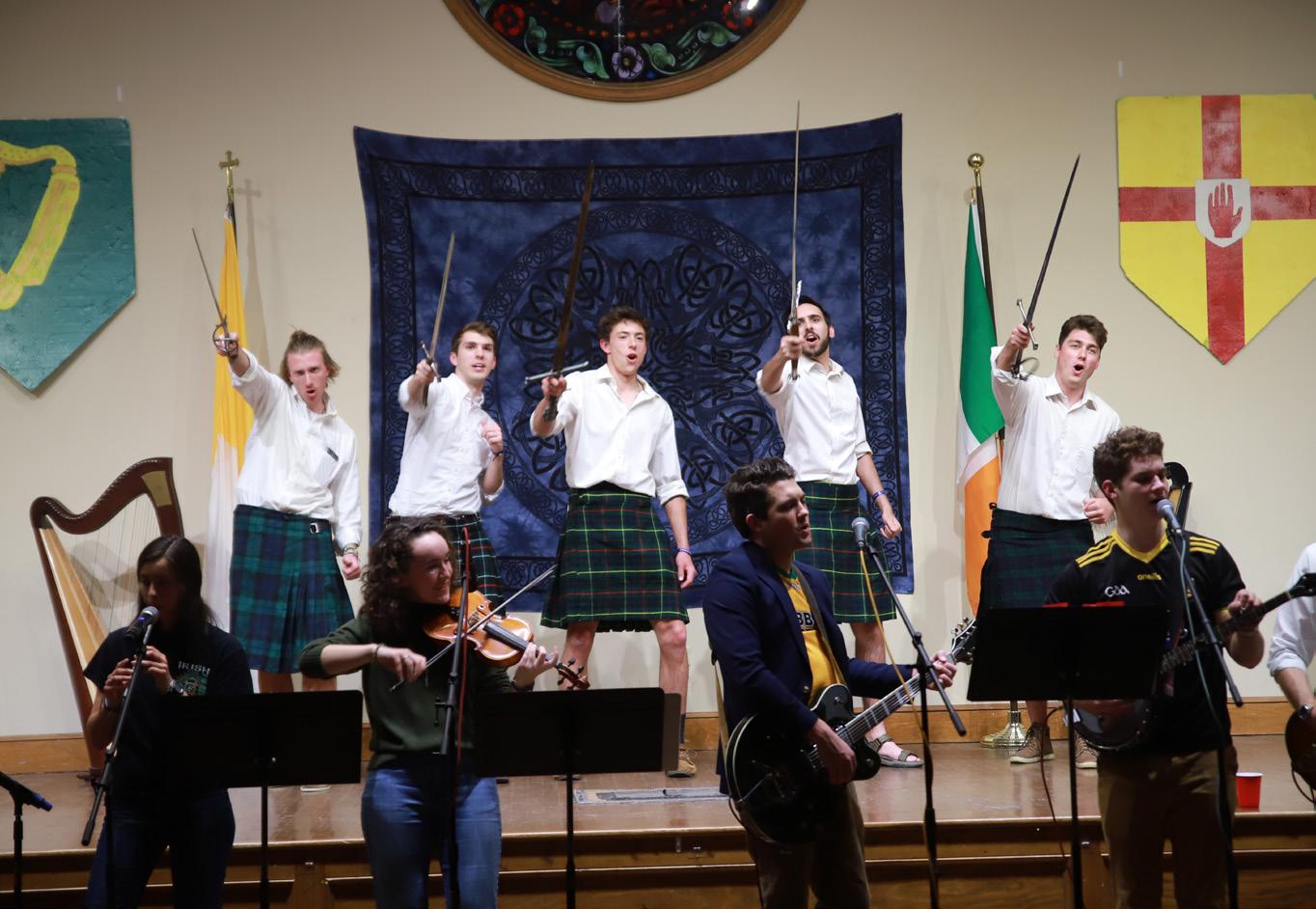
12. Ben Ferri ’09, Marlin Beitzel, and George Schuberg ’22 gave a presentation to the students entitled “How to Buy A House In Your 20s”, offering practical advice on saving and investing straight out of college.
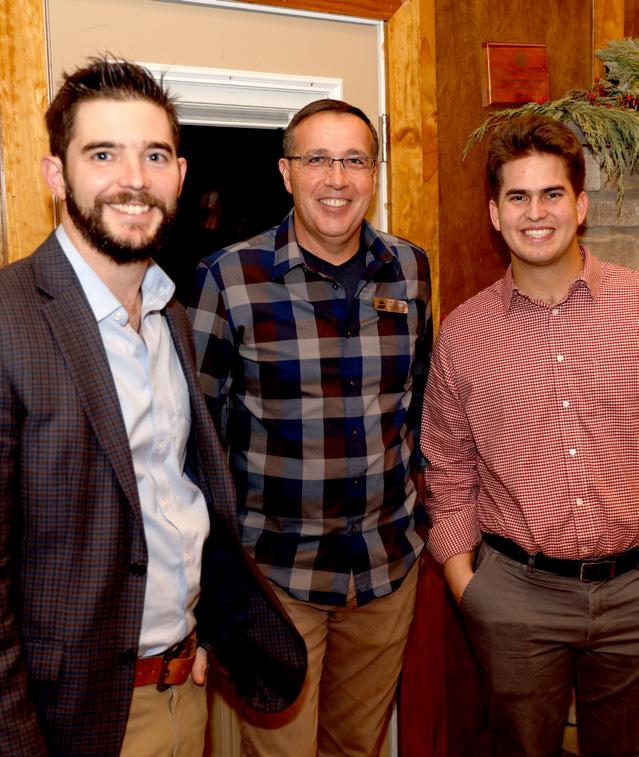

13. Spring Break Mission Trip: Students traveled to the Dominican Republic, Haiti, Mexico, and Honduras. Pictured: Anne Lauderback ’24 comforts a child in Haiti.
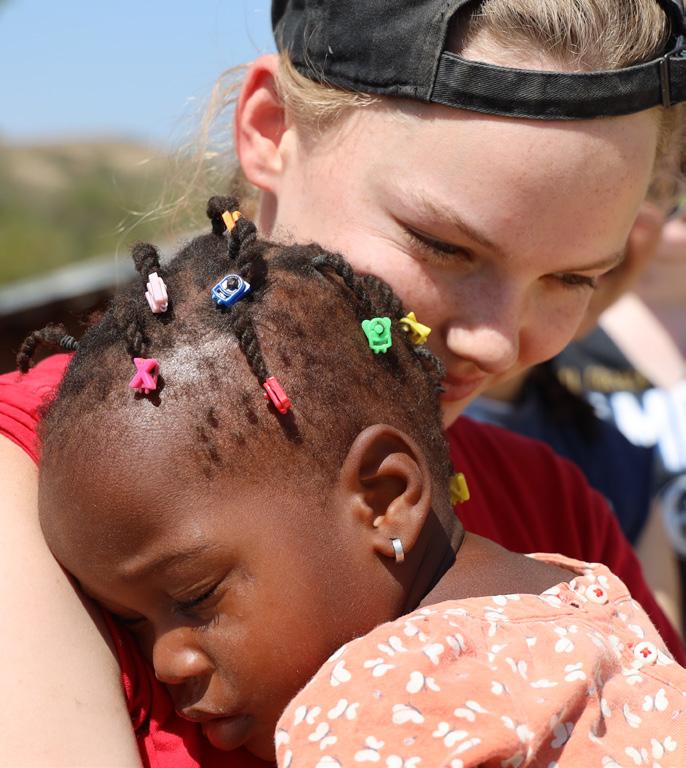
14. Spring Break Mission Trip: Prof. Michael Brown and Priestly Fraternity of Saint Peter Superior General Fr. Andrzej Komorowski joined the students in Mexico.
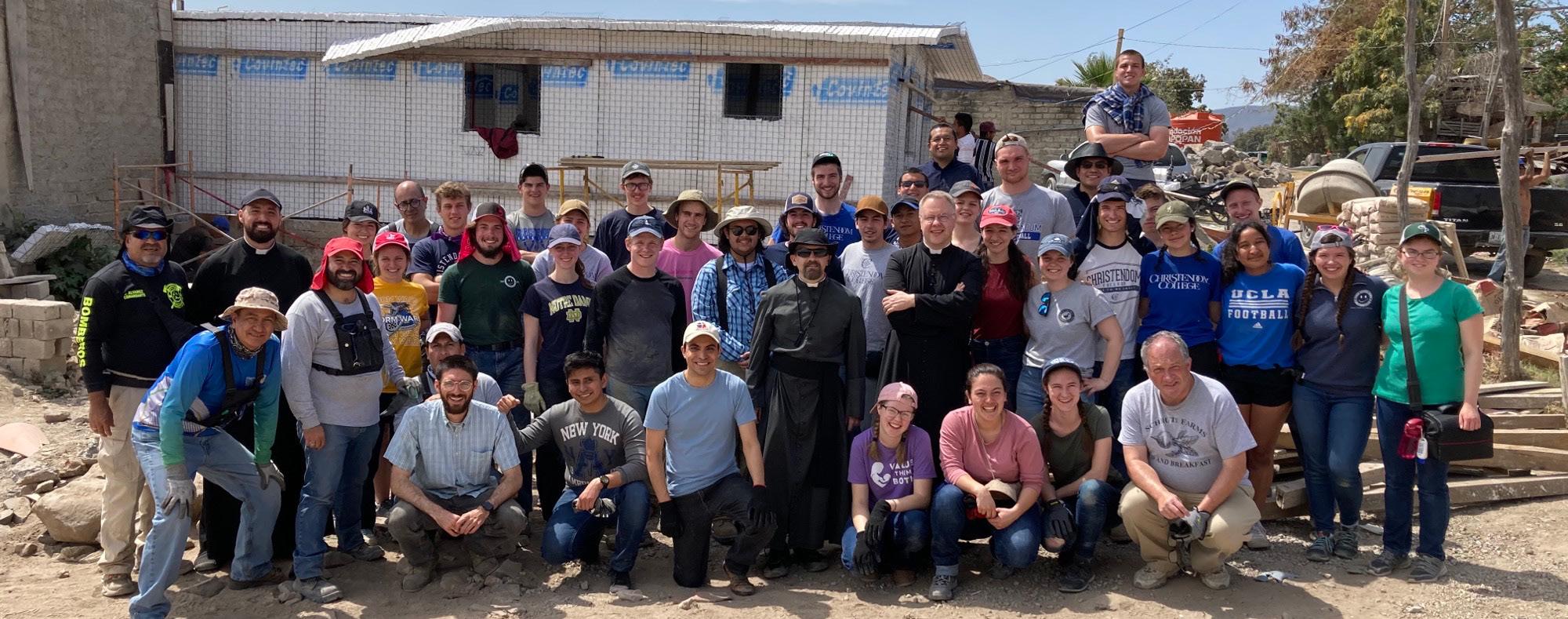
15. The Christendom community gathered to celebrate the solemnity of St. Joseph, with a procession and Italian feast.
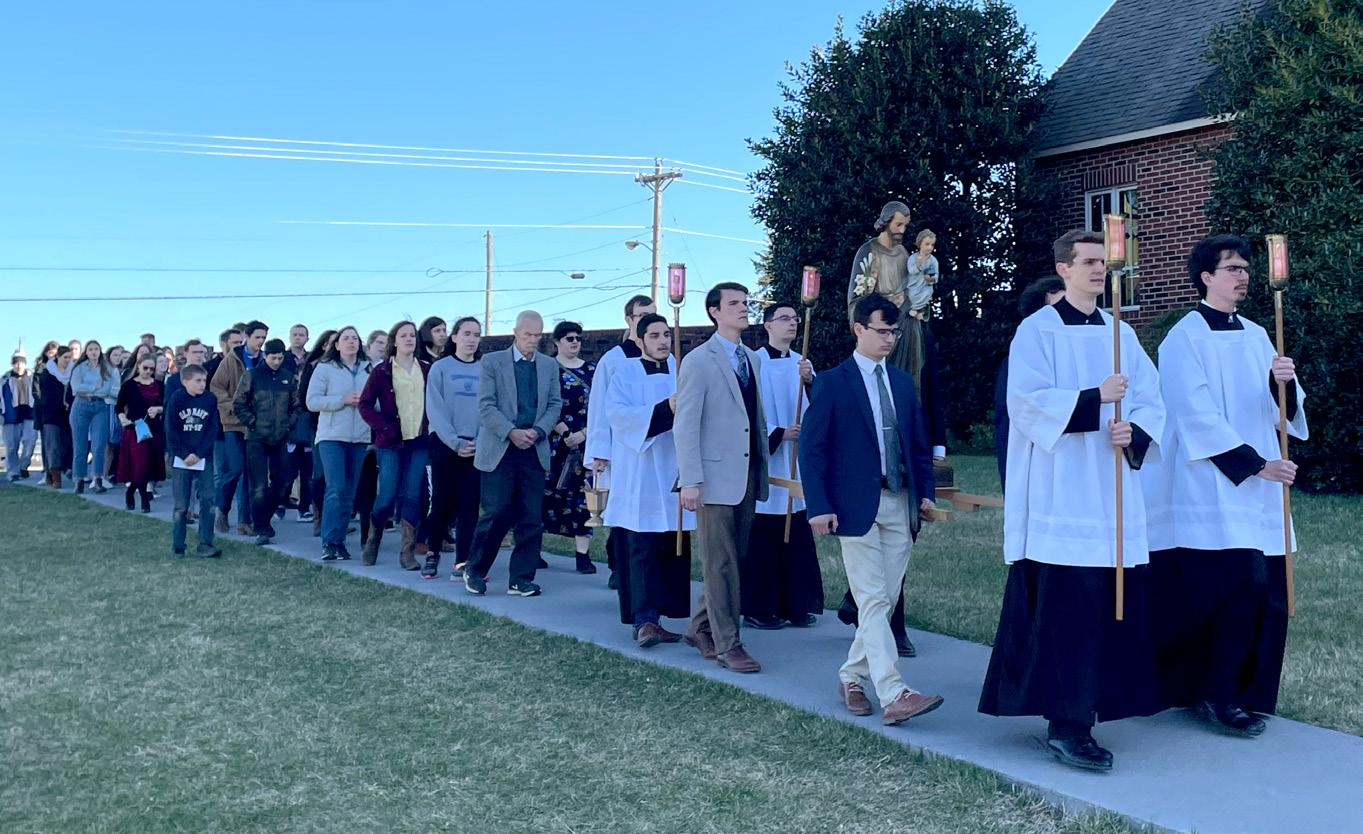
FOLLOW US ON INSTAGRAM @christendomcollege PHOTOS UPDATED WEEKLY ON FLICKR christendom.edu/pictures 12 11 14
PHOTO
{christendom.edu/pictures } 13 15 27 spring 2023
ALBUM
Winning the Battle
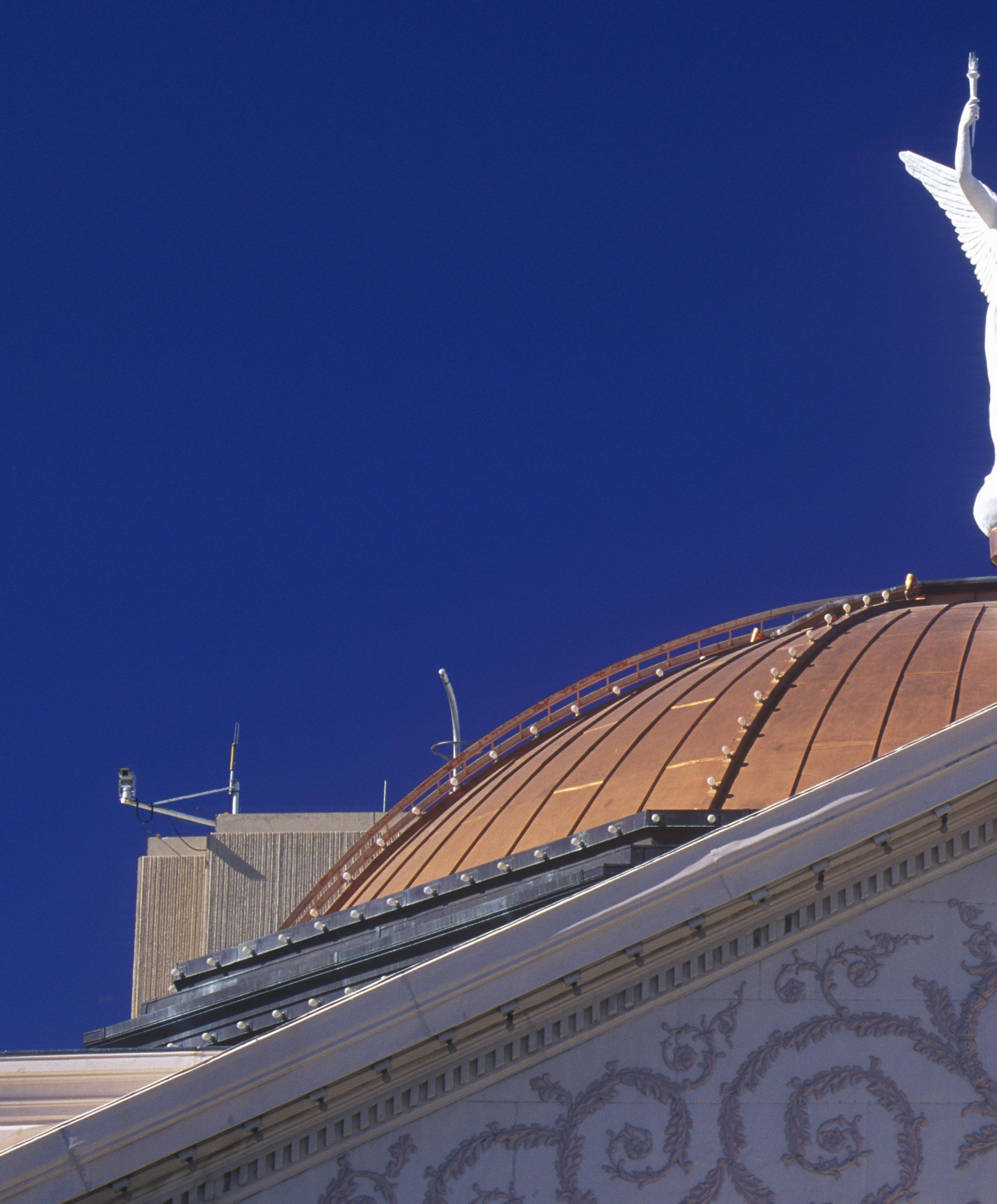
28
Alumna Makes School Choice Possible in Arizona
BY ZACH SMITH
“As goes the family, so goes the nation, and so goes the whole world in which we live.” Pope St. John Paul II first spoke these profound words in 1986, speaking to a culture still reeling from the effects of the sexual revolution, communism, and ever-increasing secularization. For millions across the globe, the words spoke to a need to reemphasize the importance of the family in every aspect of society, from politics to education.
Alumna Christine Accurso ’01 certainly related to the latter, with the words echoing in her head for the next 36 years— particularly as she joined the fight for school choice in her home state of Arizona. Thanks to the tireless efforts of Accurso and others, families in Arizona now have access to state funds to put their children into the school of their choice—ensuring that many families are now able to afford strong Catholic educations for their children that otherwise would not be possible.
 Statue on top of the State Capitol of Arizona in Phoenix, Arizona
Statue on top of the State Capitol of Arizona in Phoenix, Arizona
29 spring 2023
How did Accurso achieve this great victory? Her story begins 11 years ago, when Arizona passed the Empowerment Scholarship Account (ESA) law, which allows parents to receive their child’s state tax dollars that would otherwise go to a public school for their child. These funds can be used for any type of K-12 education outside of the public school system, including private school, homeschool, microschool, hybrid school, or a pod school of the parent’s choice.
In theory, the law sounds like an ideal way for students to be able to afford different schools for their children outside of the public school system—including Catholic private schools. In reality, however, numerous qualifications for the ESA made school choice far more difficult for families across the state of Arizona, especially when applying for religious schools.

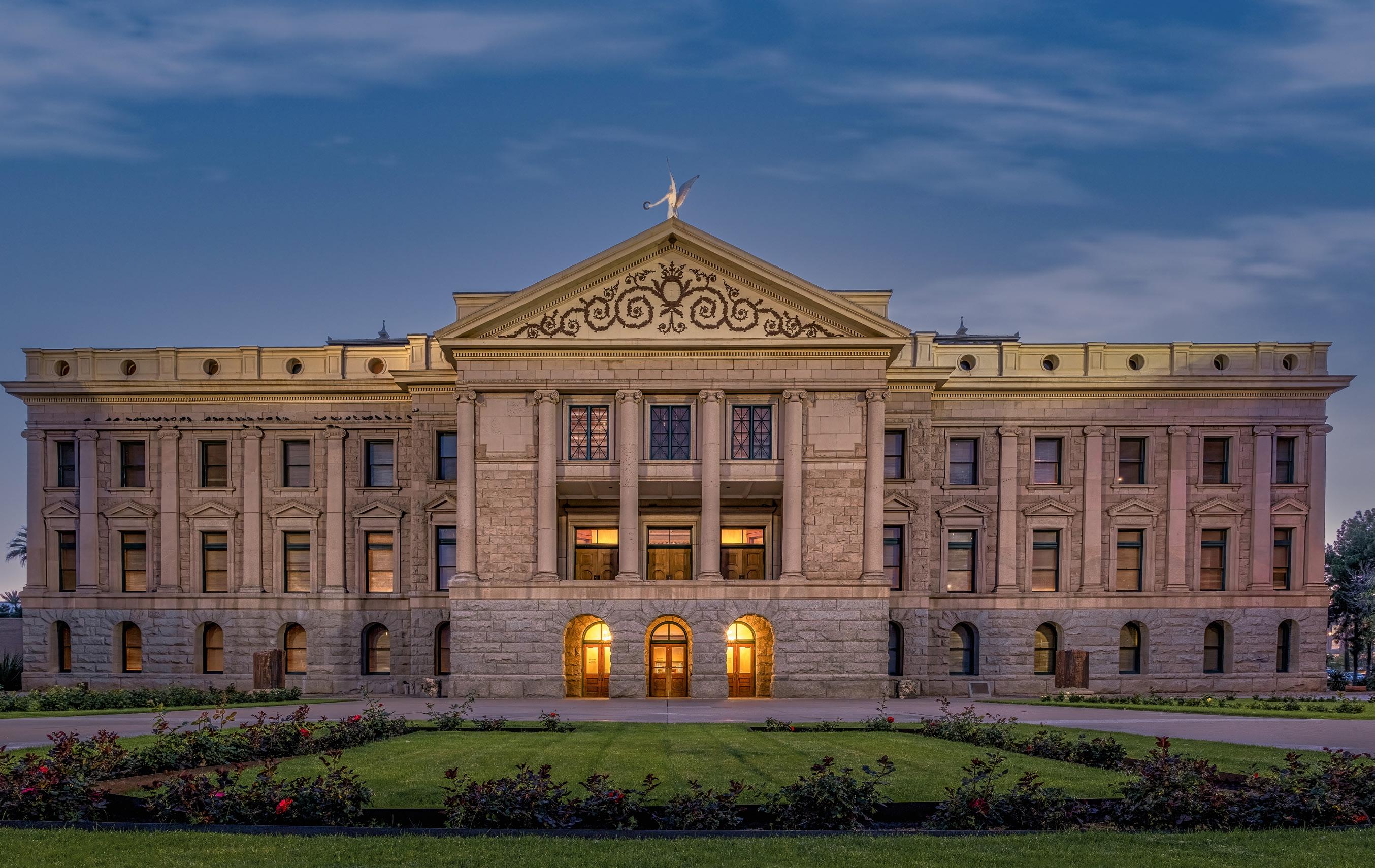
Accurso saw this pain and suffering and decided to take action.
“I have watched a lot of families struggle to raise their children because they are always fighting against the public
Arizona State Capitol
30
Christine Accurso ’01
school system,” said Accurso, who has lived in Gilbert, Arizona, for the past 16 years. “Many families desired to choose another path of education for their children, especially after the pandemic, and did not have the means to do it. Nationwide, we saw parents rise up to try and make changes in their public schools, and many were unsuccessful.”
Accurso had her own difficult experiences with the ESA before she was able to obtain it for one of her sons. The state fought her on giving her the funds numerous times before she was finally able to obtain them, enabling her son to attend Seton Catholic Preparatory School. She recognized the benefits of the ESA and the need to alter its requirements.

“Our middle son qualified for an ESA and had it for nine years,” recalled Accurso. “We saw how great this law was because we could truly guide his education freely. We had tried the public school system when he was very young, and it was not a good fit at all for him, but when we looked at trying to afford a private school that would fit his needs, it was quite expensive for our modest budget. However, it was at [Seton Preparatory School] that the principal told us about the empowerment scholarship program at the state. We applied for one, and Anthony received more than enough funding to pay for the tuition. The ESA allowed us the true freedom to educate our child, because funds were not an issue in deciding what school was best for him.”
Seeing these issues with the ESA firsthand, along with its great benefits, Accurso began to become more publicly involved in the fight for greater school choice in the state, recording videos and giving interviews to various publications. Her hard work ultimately bore incredible fruit, with the state legislature and governor passing a law last year that opened the ESA up to all K-12 students with no qualifications necessary. When the law passed, however, the teachers unions and related groups began efforts to get it overturned through a referendum attempt. Accurso immediately went to work, using her personal network of over 1,000 families to educate voters before they were asked to sign the unions’ petitions.
I have watched a lot of families struggle to raise their children because they are always fighting against the public school system. 31 spring 2023
“
Accurso poured hundreds of hours into the effort, working tirelessly to ensure that all 1.1 million of Arizona’s schoolaged kids would not be deprived of the ESA money they were promised. The result of all her efforts was a huge victory for families across the state. The unions were unable to get anywhere near the number of signatures they needed to overturn the law. On Sep. 30, 2022, the new universal ESA law went into effect in Arizona, and a new, pro-school choice superintendent of public instruction was elected to lead the state’s Department of Education. One of his first orders of business? Appointing Accurso as the new executive director of the ESA program for the entire state.
In her new role, which she began in January of this year, Accurso is now in charge of administering ESA funds across the state. An office that was previously in disarray is now on its way to running smoothly, thanks to Accurso and her staff. Last year, the program was assisting approximately 12,000 students. Now, just a few months into 2023, the program is assisting approximately 50,000 students, enabling them to receive $7,000 in ESA funds a year that families can use for education however they choose.
Throughout this hard-fought battle, Accurso relied on her Catholic faith, turning to it constantly as she suffered criticism and attacks from unions and politicians across Arizona and beyond.
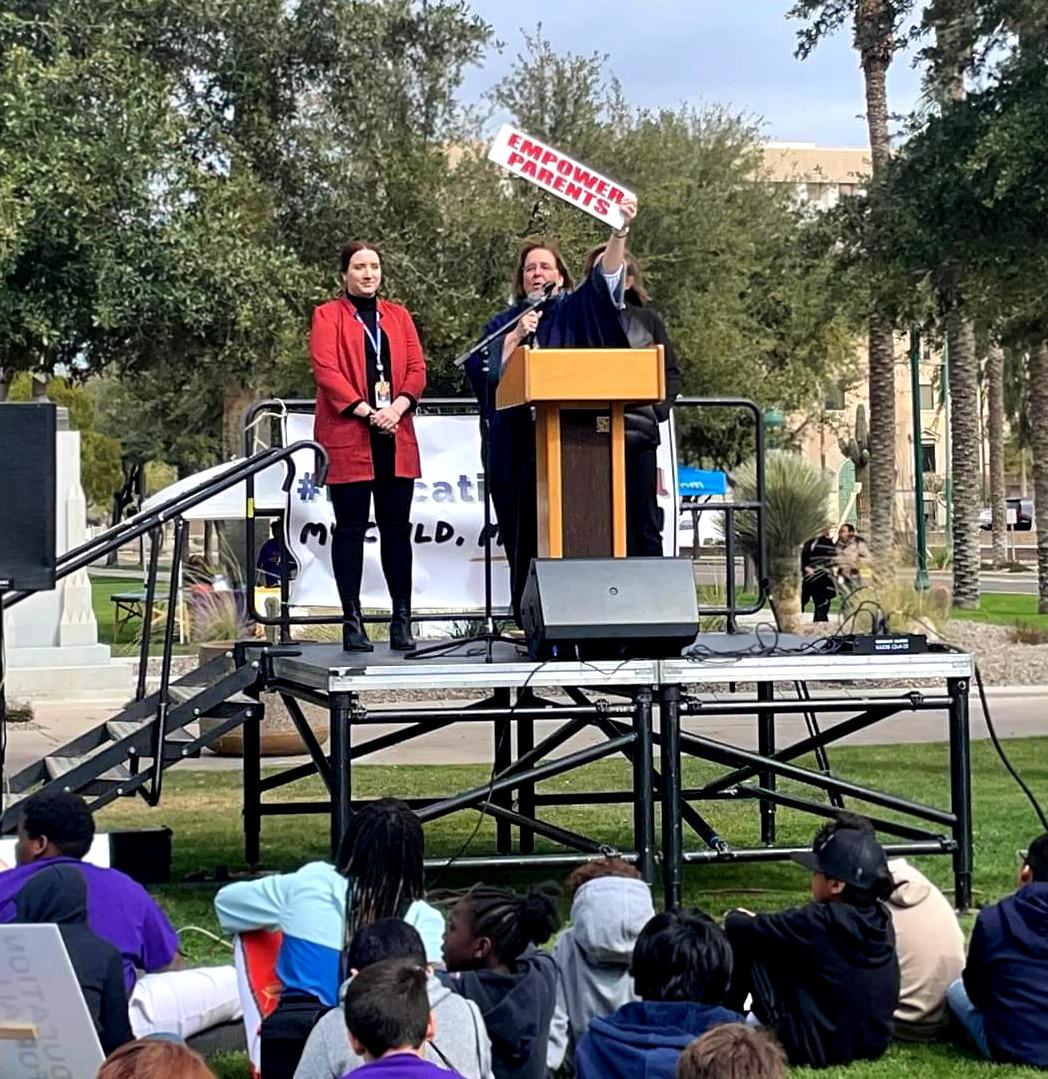
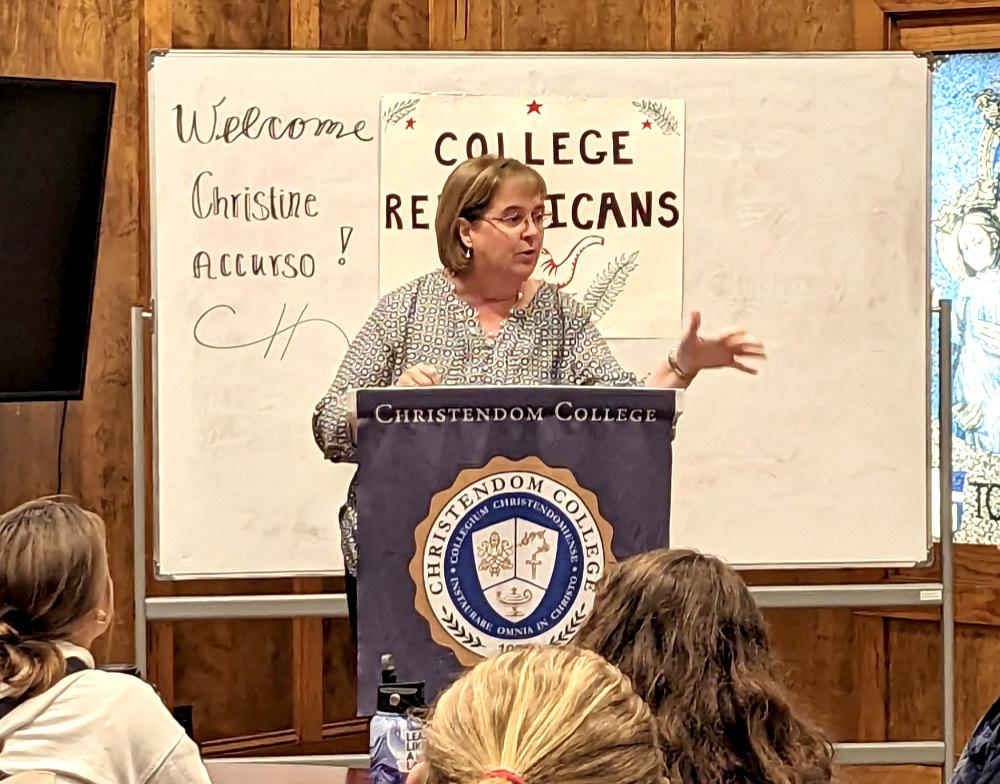
“Everything I do, I do for my love of Jesus Christ,” said Accurso. “The Catholic faith is of the utmost importance for me and guides me in all that I do. It is my desire to echo Our Blessed Mother’s ‘yes’ every day when I seek to do the will of God. I never desired to work for the government, but He led me there, and my ‘yes’ looks different each day as I grow to serve in unexpected ways. My decisions are based on gospel principles, along with a lot of prayer and consultation with my husband and children. When you say ‘yes’ to the Lord every day, it takes you on an adventurous journey.”
Since taking over the ESA program, Accurso has begun speaking across the country about school choice, telling other families about her experiences. While her main focus is on getting the ESA program running as smoothly as possible in Arizona first, she hopes to bring the story of what happened in Arizona to as many families as possible, inspiring them to bring similar programs to their states as well.
“When we won the battle last summer,” said Accurso, “a Christendom graduate that fought the unions with me sent
32
Above: Accurso speaks at school choice rally in Phoenix. Below: Accurso addresses College Republicans at Christendom College.
me a text that said, ‘Dr. Carroll would be proud of you. You have helped children have a path that they need and deserve…. Restore all things in Christ!’ The influence of Dr. Carroll [Christendom College’s founder] is alive and well in Arizona and across our country. I hope to continue to speak in order to get out the message of how this program was created and how it works, so that it can benefit the children of our country and not just in Arizona.”
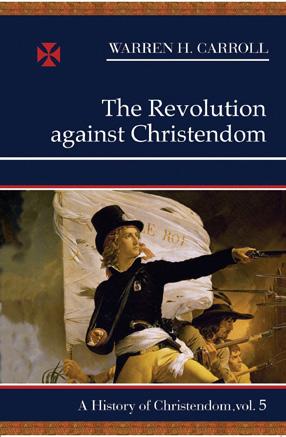

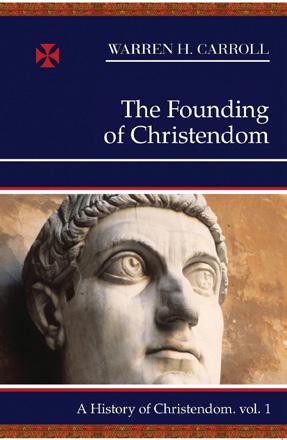
Thirty-seven years after Pope St. John Paul II pointed to the need to restore the family in Christ, the mission to do so continues to be undertaken by people across the world— including Accurso. Thanks to her efforts, 1.1 million schoolaged children in Arizona have access to the funding necessary to attend the schools of their choice, including Catholic schools. People across the nation are taking note of her efforts and are now inspired to do the same.
The family can be restored in Christ, especially at the educational level. Accurso is showing other families the way. With hard work and faith, they too can accomplish the same for their children.
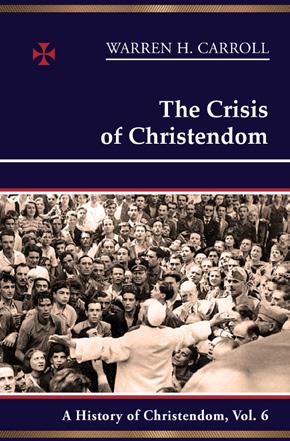
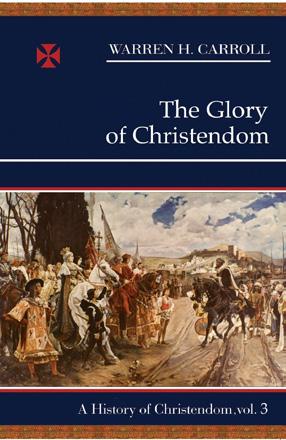
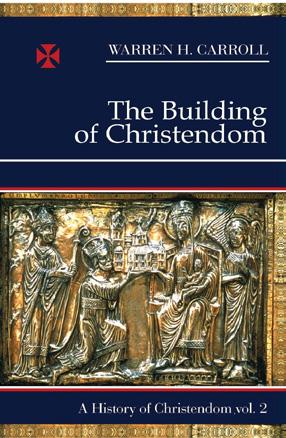

THE INSTAURARE READER SURVEY AND ENTER FOR CHANCE TO
TAKE
WIN A COMPLETE SET OF DR. WARREN CARROLL’S HISTORY OF CHRISTENDOM SERIES TAKE THE SURVEY AT CHRISTENDOM.EDU/SURVEY2023 33 spring 2023
Accurso with son Anthony, currently enrolled at Christendom College
preparing for SUCCESS
Christendom’s Associate Director of Marketing and Communications Zach Smith sat down with Director of Career and Professional Development Kristin Stephens to discover what sets Christendom’s career preparation practices apart from other colleges and allows Christendom graduates to flourish and find success in any career field.
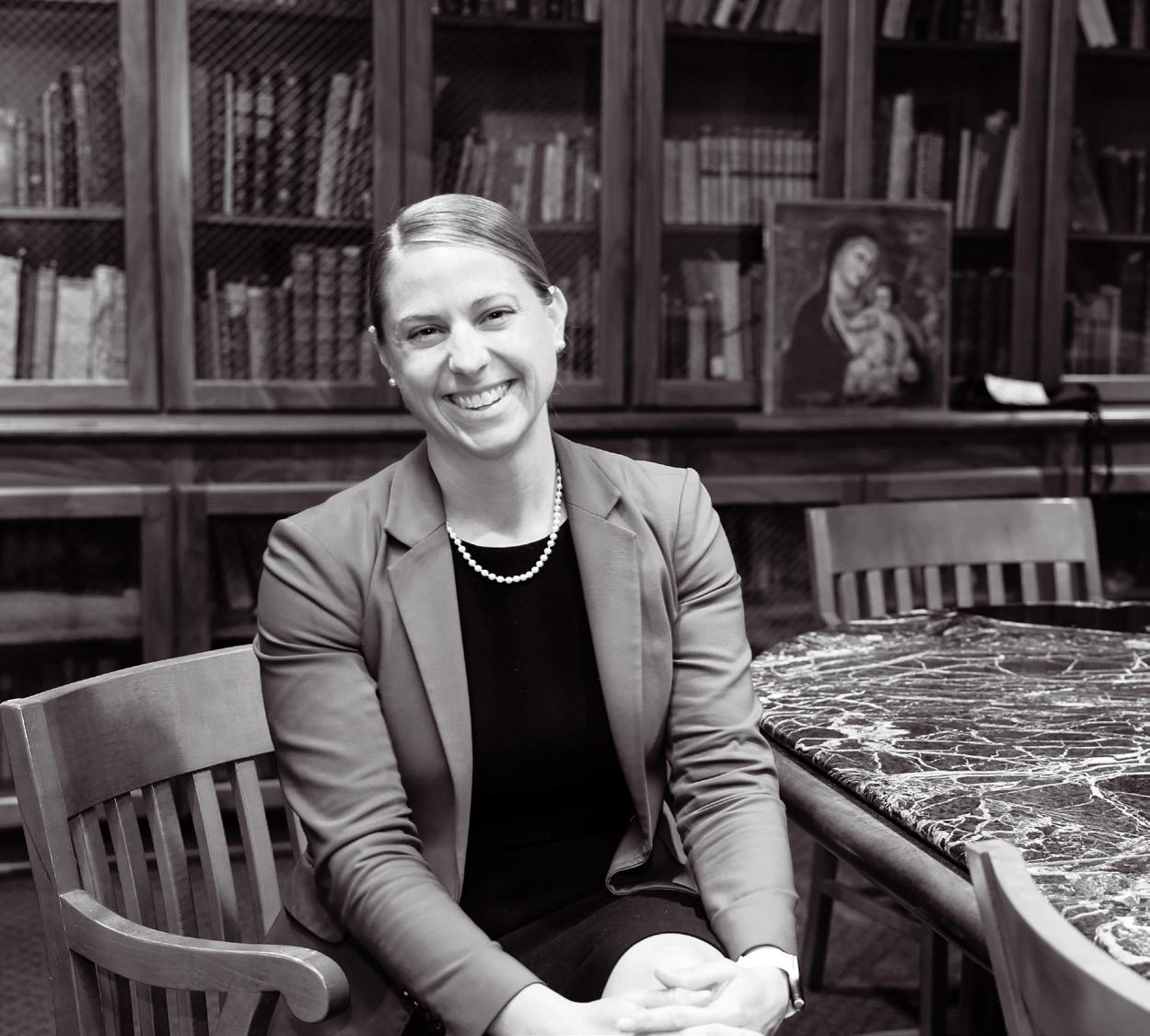
Most of us recall the gnawing feeling of not knowing what we will be—what we will do—when we “grow up.” The discernment of one’s vocation and career can be an anxiety-filled challenge. Especially in an ever-evolving workplace—and one that grows more secular each day—students need to know that they have the education, skills, and preparation to thrive in their ideal career. When Dr. Warren Carroll founded Christendom College 45 years ago, he wanted to create a college—both education and experiences—that would allow its graduates to enter the secular workplace in myriad of fields and serve as shining lights to the Truth in a culture of darkness. And for the past 45 years, Christendom alumni have entered every field of work and vocation, helping transform the culture through work and prayer.
Christendom’s Career and Professional Development Office has been instrumental in helping the students achieve their goals by preparing them to be well informed and well prepared to enter the workforce upon graduation. Under the direction of Kristin Stephens, Christendom’s Career Office has been assisting students to become some of the most confident and well-prepared college graduates in today’s workforce.
34
ZACH SMITH: Thanks so much for making the time, Kristin. Let’s dive right in. Something that is often talked about that sets Christendom’s Career Development Office apart is the resources being offered to students. Could you speak to what these resources are?
KRISTIN STEPHENS : Sure. So, I will start with our Education for Life course, or EFL, as it is called. It is a fouryear career prep course that all students complete before they graduate. We have created a curriculum that they follow from freshman year through senior year, where they take classes with us every semester. As a result, no student slips through the cracks—rather, 100% of them have a professionally reviewed resume; 100% of them have prepared answers to the top interview questions; 100% of them have a LinkedIn profile, which is huge in the professional world; and 100% of them have learned how to negotiate a salary. We’re able to offer the education that they need to be prepared to leave Christendom, ready to get a job. Most schools do not even have anything close to this. Christendom’s systematic approach to career readiness, without sacrificing the beauty and authenticity of the liberal arts education, is our advantage.
ZS: Are there any other resources you offer in addition to EFL?
KS: Our students have so many resources available to them! We have an extensive alumni mentor program, which allows students to interact with alumni in their field of interest and to learn what it takes to be successful in that field. We offer the students a variety of life skills workshops on important topics such as budgeting, finance, buying a car or house, and proper dining etiquette. We also bring in alumni to speak on their specific careers through events called Life on Tap. We typically have three of these events each semester, which allows students to hear directly from successful alumni in various fields. On top of all of this, we also help students research graduate schools and reimbursing them for their GRE, LSAT, or MCAT tests. And finally, I meet with students one on one throughout the year, helping them do career exploration, interview prep, resume and cover letter writing, and so much more. As you can see, we offer them a lot of resources!
ZS: Recently, the college reported that the Class of 2022 had a 98.9% success rate six months after graduation. What do you think enabled such a high percentage of students to find success so early after graduation?
KS: When surveyed, only 90% of the Class of 2016 had found success—meaning they were employed or in graduate school within six-months post-graduation. We looked at what we were doing as a college and made some huge changes in what we were doing, most especially changes in the EFL courses, and the results have risen each year because of this, enabling the students to become more confident in their abilities, skills, and post-graduation options.
ZS: That’s amazing that the success rate has improved that much over the past six years. How does that compare to other colleges and universities nationwide?
KS: Almost every college tracks this information, because it is a statistic that many prospective college students and their parents want to know before investing in the college. According to the National Association of Colleges and Employers, the average success rate for graduates of private colleges in 2021 was 84.1% So, I think we are doing a pretty amazing job, going from 90% to 98.9% in six years.
” 35 spring 2023
MOST SCHOOLS DO NOT EVEN HAVE ANYTHING CLOSE TO THIS. CHRISTENDOM’S SYSTEMATIC APPROACH TO CAREER READINESS, WITHOUT SACRIFICING THE BEAUTY AND AUTHENTICITY OF THE LIBERAL ARTS EDUCATION, IS OUR ADVANTAGE.
ZS: How are you preparing students to thrive in the workplace following graduation?
KS: According to employers, the skills and abilities that they are most searching for in new employees include communication skills, the ability to think critically, and the ability to solve complex problems. The major is not as important these days, but soft skills, intellectual skills, as well as professional skills, are leading the way. Through our liberal arts education, students gain the most critical skills necessary to be successful and thrive in the workplace. Through the comprehensive and broad program of studies, students are equipped better than most to achieve success. And through my office and the EFL courses, we are able to give students the exact insights they need to hit the ground running on day one of their jobs. We teach them how to be better professionals—in dress, communication, and behavior—and I think that these things really matter in the workplace.
ZS: As you are aware, there are many who do not think that a liberal arts education can truly help today’s 21st-century students get decent jobs. In fact, some believe that this type of education is only good for those wanting to become teachers, or priests or religious. But this isn’t really true, is it?
KS: Absolutely false! Maybe this was the case back in the 1980s, but today, our liberal arts grads are sought after, with many of our seniors receiving multiple job offers from employers in a vast array of fields. Some of our recent grads have become legal assistants, social media managers, accounting associates, business managers, sales executives, IT professionals, marketing directors, and, yes, others are now teachers, missionaries, religious, or stay-at-home moms. Approximately 18% of all our alumni have gone to graduate school, too, including programs in law, economics, counseling, public policy, or business, among others.
ZS: With all of these students going into such varied fields, you must have an extensive on-campus recruitment system in place. Tell me about it.
KS: We have employers come to campus to recruit all the time, with generally one to two employers visiting campus each week throughout the school year. We have found that once an employer hires one of our grads, they want more and more of them. They frequently comment on our graduates’ joy, integrity,
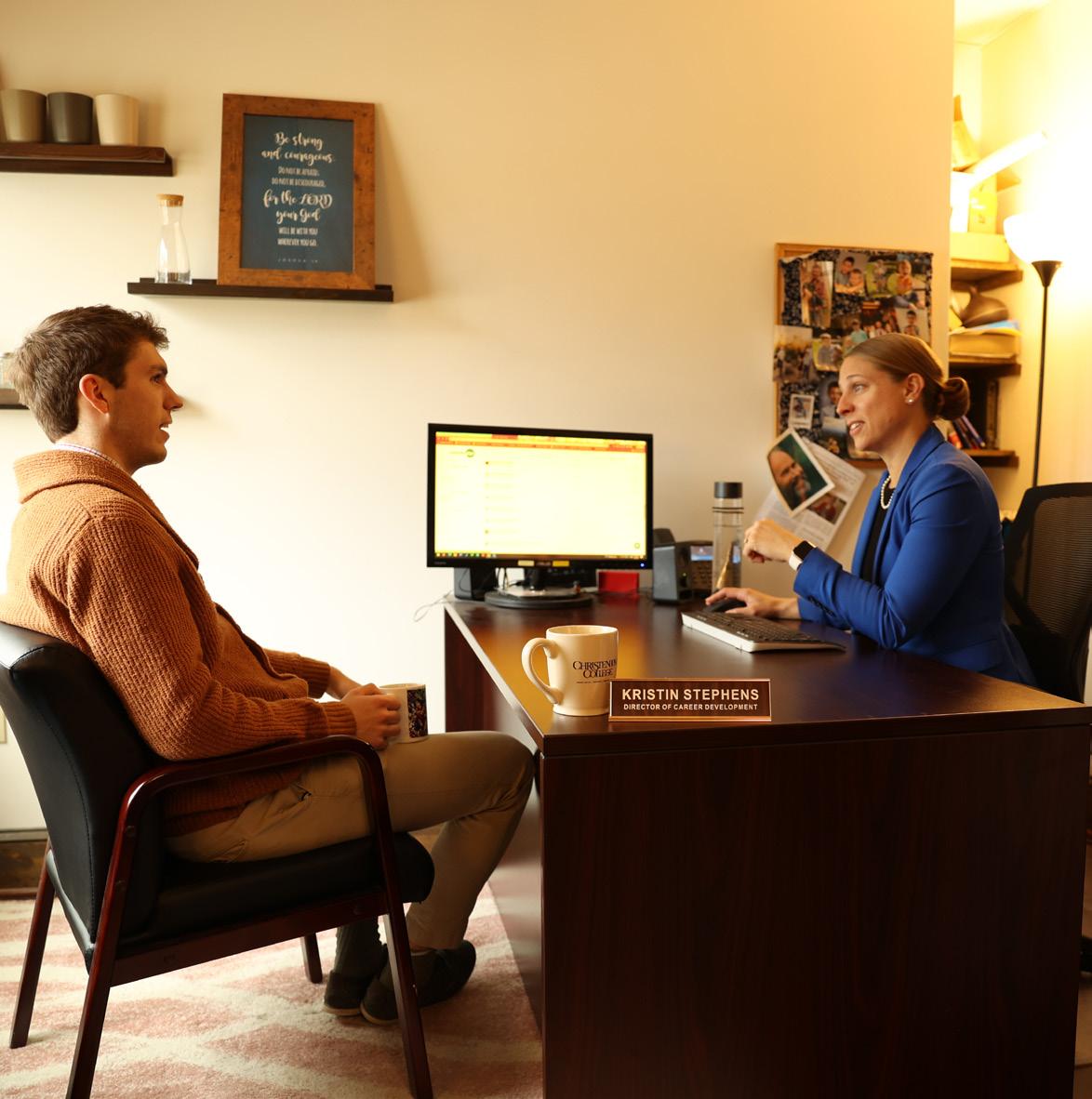
and work ethic, along with their tremendous communication skills. In today’s world, it is hard to find high-quality employees.
ZS: Finally, Kristin, what does it mean to you to be able to serve students and help them find their future careers?
KS: It means so much to me when they come back and tell me of their successes in life, because I see that our efforts are working. What we are doing at Christendom is working to get our students where they want to go and where they can ultimately thrive and be successful—no matter their vocational calling. They’re not floundering about for years and years trying to figure it out. We are, step by step, walking them from freshman year to senior year and out the door. Since coming in 2018, I have seen hundreds of students graduate, and they continue to come back and testify to the important role the career office played in getting them to where they are today. When I was in college, I had a number of people have a huge impact on me and guide me to where I am today in my career. They are the reason why I wanted to give back to other college students and impact them in a similar way. Five years later, I’m blessed to see that goal being accomplished.
36
Kristin Stephens chats with student Jake Stevens ’23.
1990s
CLASSMATES YOUR
PAPER & INK ALUMNI SOCIAL NETWORK
Sharon Higby ’90, Ph.D., is a senior editor at The European Conservative in Brussels, Belgium. Her daughter, Leila, attends Brussels International Catholic School (BICS), run by the Institute of Christ the King Sovereign Priest.
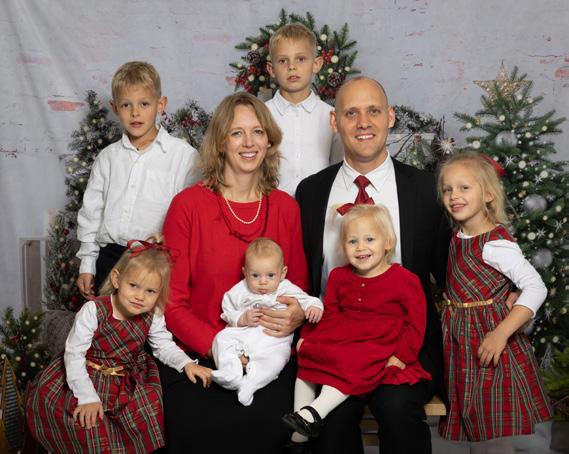
2000s
Jeffrey and Jacinta (née Whittaker) ’05 Whiting celebrated the arrival of their sixth child on September 11, 2022. Gregory Michael Whiting, who was named after Jacinta’s father, was born at home at the family mini farm in White Post, Virginia. 1
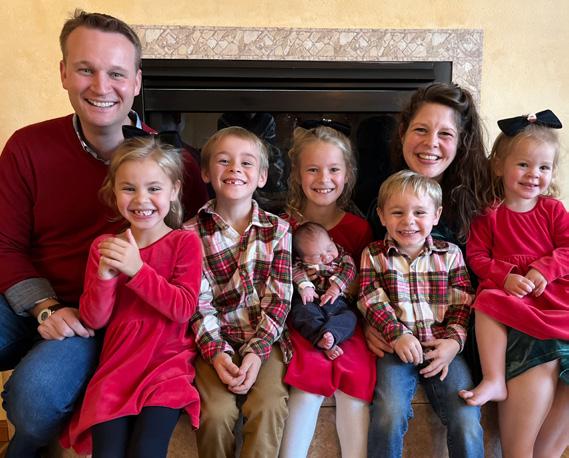
Trena (née Pilegaard) García ’06 and MIT alum Col. Juan Carlos García were married on May 14, 2022, at St. Rita’s Catholic Church in Alexandria, Virginia. The couple currently resides in Huntsville, Alabama. 2
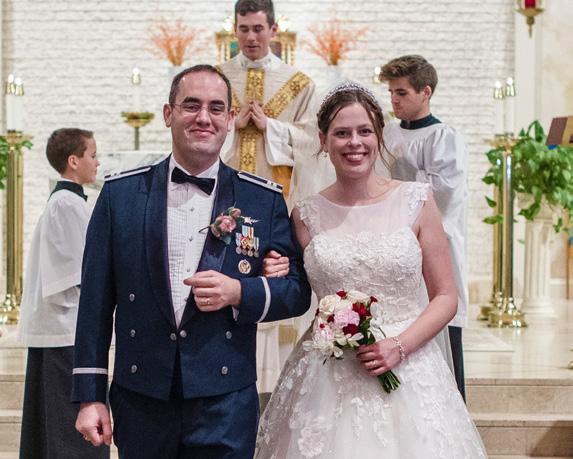
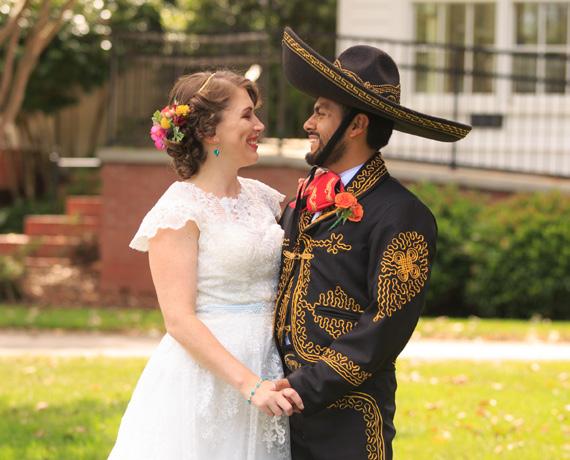

Joan Watson ’06 married Kevin McGoldrick on October 21 in Nashville. 3
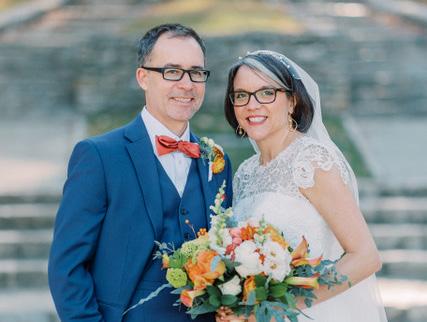
Joseph ’08 and Leah (née Marsh) ’06 Hichborn welcomed their fourth child, Blaise Augustine, on January 5, 2023. He joins big siblings Hannah, Bryleigh, and Isaac. 4
Matt and Liz (née Fraser) Anderson ’09 helped found Chesterton Academy of St. George (castgeorge.com) in Jackson, Michigan. It opened in fall 2022, with Matt as founding headmaster, and eight students.
Fall also brought their sixth child: Benedict Campion arrived on September 30 and joins Alan, Lucy, William, Margaret and Brigid. 5
2010-15
Peter and Mary (née Harrington) Norris ’11 have had busy year of travel. The highlight was attending a family wedding in Annecy, France. They (with two daughters in tow) loved exploring the historical town and want to go back someday. It was definitely the trip of a lifetime. 6

Yvreene and John Rogers ’11 welcomed their firstborn son, Silas Wojciech Rogers, into the world on October 14, 2022. Silas was baptized on October 23 at St. Gabriel’s Church in Elma, New York. 7
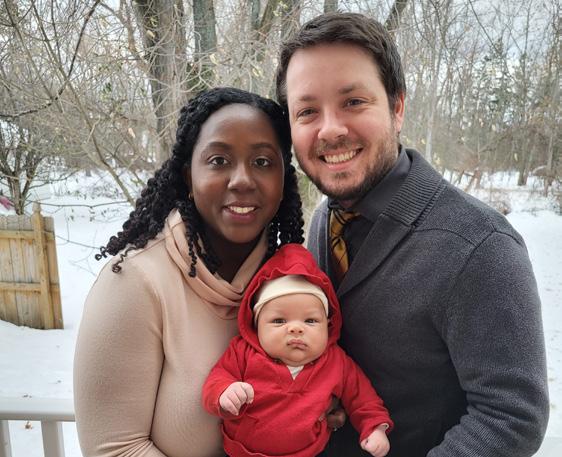
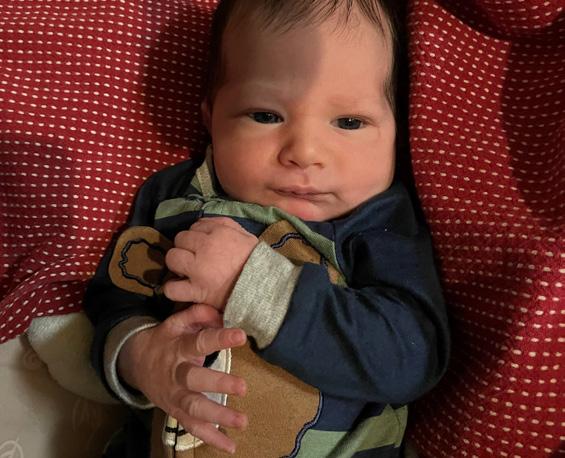

Caroline (née Deucher) Rodriguez ’12 was married to Saulo Rodriguez Ramirez on September 24, 2022, and bought their first house. 8
Christine Ascik ’12 married Michael Scott Sanders Jr. on November 11, 2022. 9
Chris and Liz (née Sartor) Foeckler ’12 and family joyfully welcomed Cecilia Anne Margaret Mary Foeckler into their crew in November 2022. 10
Michael and Jessica (née Ward) Pennington ’12 are thrilled to announce the arrival of Simon James on November 23. He joins Alena, Lucas, Clara, Isaac, and Maria in the Pennington clan. 11

SEND YOUR SUBMISSIONS TO CLASSMATES@CHRISTENDOM.EDU
1 2 3 4 5 6 7 8 9 10 11 37 spring 2023
Rob and Theresa (née Jalsevac) Hambleton ’13 welcomed their fourth baby, Chiara Marie, on January 18. She was baptized by Fr. Nicholas Blank ’13. 12
Luke Tillotson ’13 and his wife, Mary, welcomed their second child, Benedict Gabriel, in early November. 13



Maribeth (née Kelly) Martin ’14, and her husband Elliot are happy to announce the arrival of Benedict Joseph on February 6, 2023. He is 7 lbs. 7 oz. and 21 inches. 14
Faith Leopold ’14 will be married to Jake Schnaak on June 23, 2023, in Philadelphia, Pennsylvania. 15
Leif Pilegaard ’15 and Andrea McCully were married on December 16, 2022. They currently live in the desert of Phoenix, Arizona. 16
In November 2022, Melody (née Wood) Grubaugh ’15 successfully defended her dissertation, earning her Ph.D. in political science from the University of Notre Dame. She currently lives in Oxford, England, with her husband, Connor, and daughter, Lucy.
2016-19
Kaitlin (née Kelley) Brown ’16 was blessed to be joined in holy matrimony to Mark Brown in her home city of Green Bay, Wisconsin, at St. Francis Xavier Cathedral on October 15, 2022. 17
Amy Marter ’16 married Benjamin Eriksen on June 4, 2022, at Old St. Patrick Catholic Church in Ann Arbor, Michigan. The Eriksens met during graduate studies at The Catholic University of America, where Amy completed her M.A. in English literature in 2018. They are working on their respective doctoral dissertations and reside in Michigan. 18
Matthew Kane, FSSP ’17 and Joseph Duffy, FSSP ’19 received Subdiaconate ordination on February 11, 2023, at Our Lady of Guadalupe Seminary (Lincoln, Nebraska) and will be ordained to the Transitional Diaconate and permanently incorporated into the Priestly Fraternity of St. Peter on March 25, Feast of the Annunciation. 19

Peter ’17 and Clare (née McDermott) ’18 Tapsak welcomed their second child and first son, Joseph Theodore “Theo” Tapsak, on January 20, 2023, joining his big sister, Olivia (23 months). 20
Zachary ’18 and Eliana (née Nurenberg) Doll ’20 are happy to announce the arrival of their son Joseph Gregory Ronald, who was born on February 2, 2023. 21
Tom and Kylie (née Feiring) ’18 Olohan were married on November 12 at St. John the Baptist Catholic Church in Front Royal. 22 Dominic and Mary (née Storey) Carolla ’18 welcomed their first child, Francesca Elaine, on November 22, 2022. 23
Sr. Immaculata of the Incarnate Word, OCD (Catherine Olbrych, ’18), received the Holy Habit of Our Lady of Mount Carmel on the Feast of St. John of the Cross, November 24, 2022. She is a novice at the Monastery of the Little Flower of Jesus in Buffalo, New York.
Christine Schmidt ’19 is engaged to be married to Thomas Anderson. They met in Georgia and are planning to get married April 2023. 24
Laura (née Cermak) Kumar ’19 and her husband Danny were married on June 11, 2022 at St. John the Beloved in McLean, Virginia. Laura is an apprentice financial advisor with her dad and is currently pursuing her CFP® Certification. 25

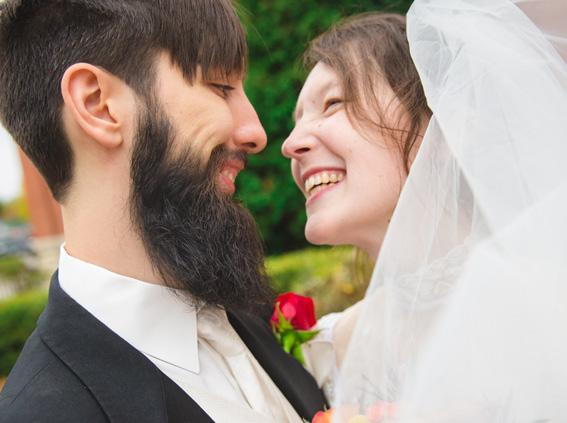
2020s
Nicholas and Edith (née Lagarde) Babich ’20 were married on December 29, 2022, in Richmond, Virginia. Edith is currently in the third year of her history Ph.D. at the University of Notre Dame, and Nicholas is a fourth year Ph.D. candidate in English literature, also at Notre Dame. 26
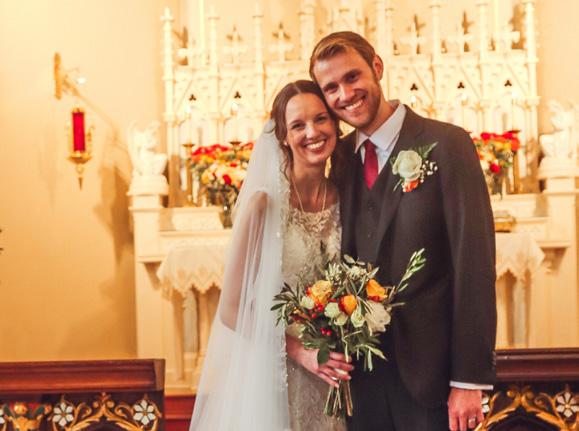
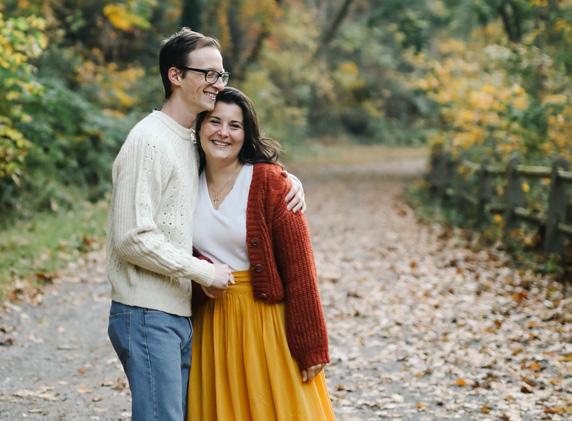
Peter and Mary-Claire (née Hibl) Haislmaier ’21 welcomed their first daughter, Amelia Rose, born on October 7, 2022. 27 Caleb and Angela (neé Goddard) Wilson ’21 welcomed a baby girl, Catherine Victoria, on October 8, 2022. She is a healthy, happy baby, born 8 lb. 19 inches long. 28
Ambrose Rucker and Mary Grace Bright ’21 got engaged on December 18, 2022 29 Aidan and Anna (née Llobet) Fletcher ’22 welcomed their first little girl, Rosemary Imelda Philomena Fletcher, to the world on December 7, 2022. 30
Nicholas Foeckler ’22 and Sylvia Messing ’18 were engaged on December 27. Nicholas began his new job at Level 1 Property Solutions in January. He now works with former classmate Daniel Llera ’22 and for Mr. Tim Cook Sr. in Winchester. 31 Anthony ’22 and Molly (née deTar) ’23 Van Alstine were married on January 7, 2023, at Christ the King Chapel. 32
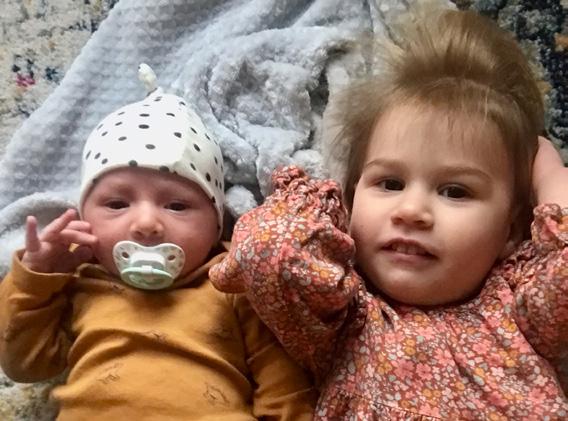
12 13 14 15 16 17 18 19 20
Compiled by Vince Criste ’98 and Anna Williams ’24.
Requiescat In Pace
Rick Koch ’95
Mandy Hain ’07
38
Suzy Curran ’16
We are looking for hosts in various cities and/or for sponsors to help financially with swag and local event costs. Contact Karla Hester ’99 at karla.hester@christendom.edu.
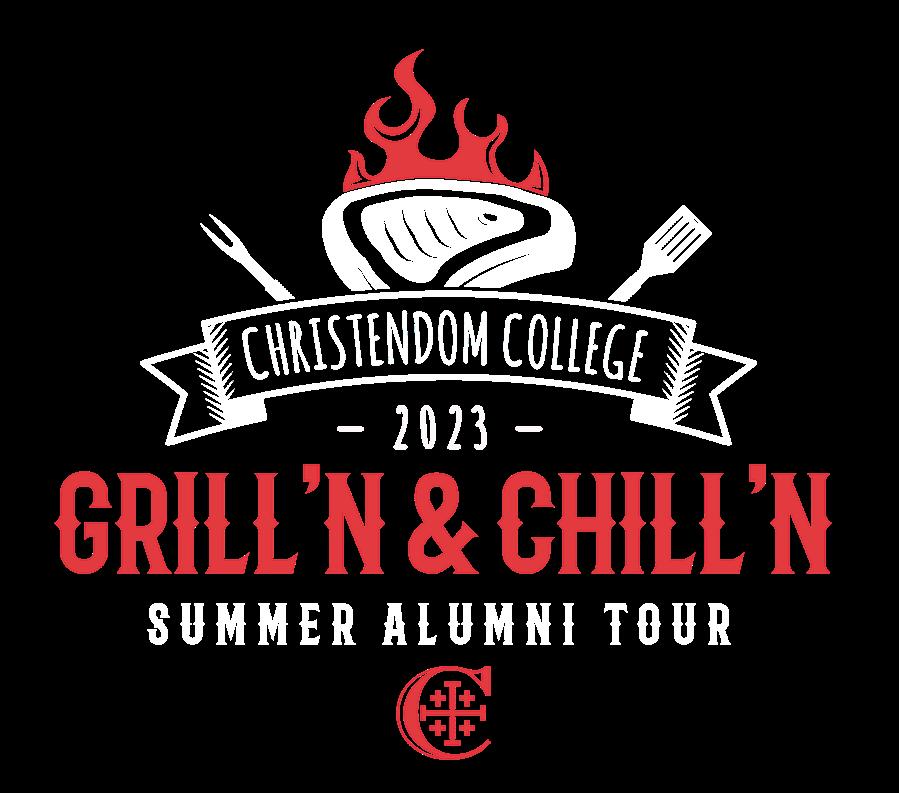
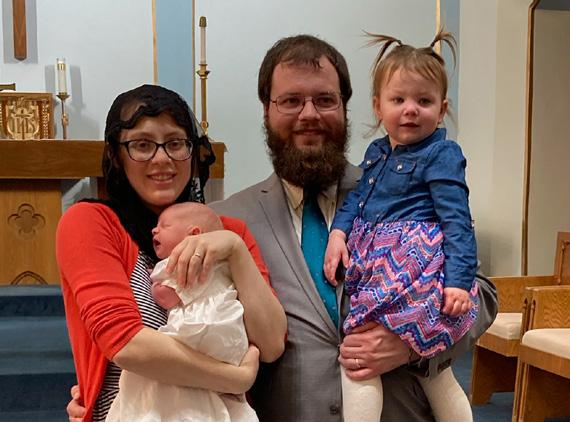
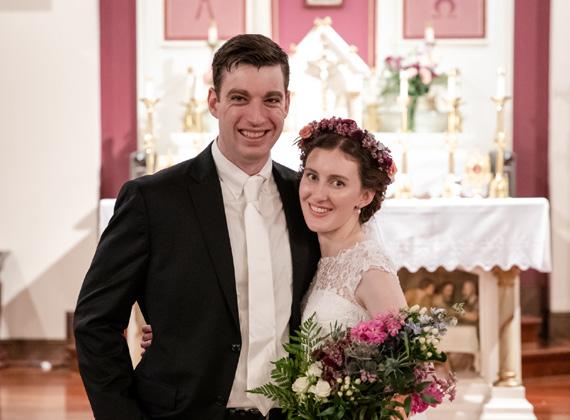

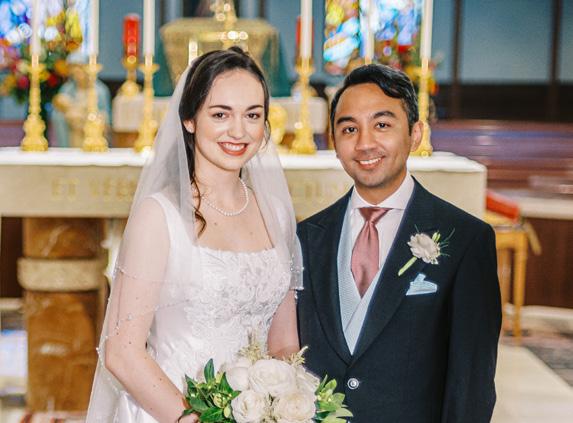
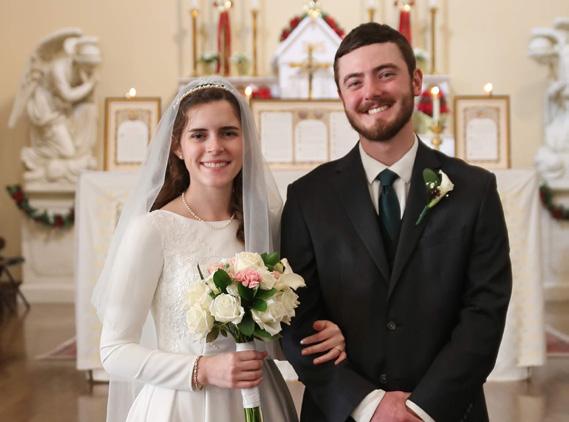
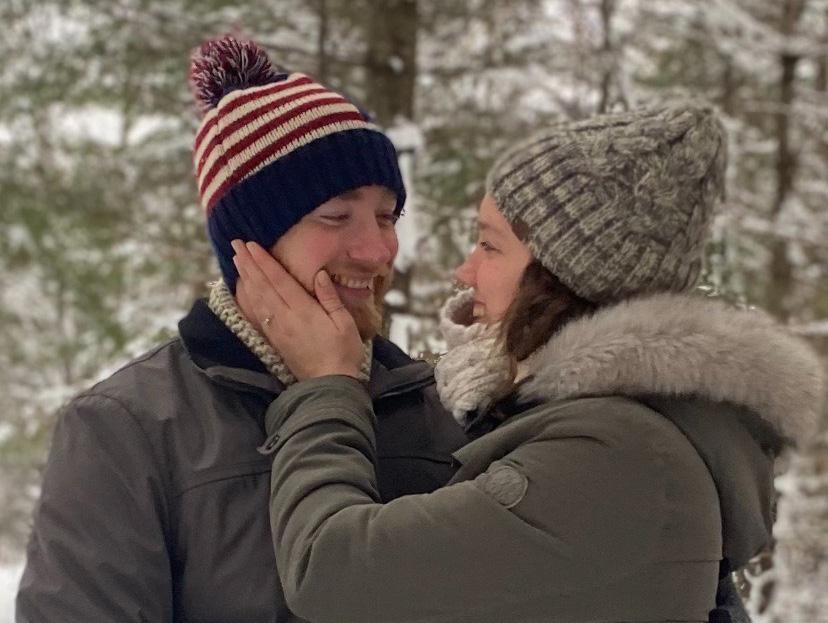

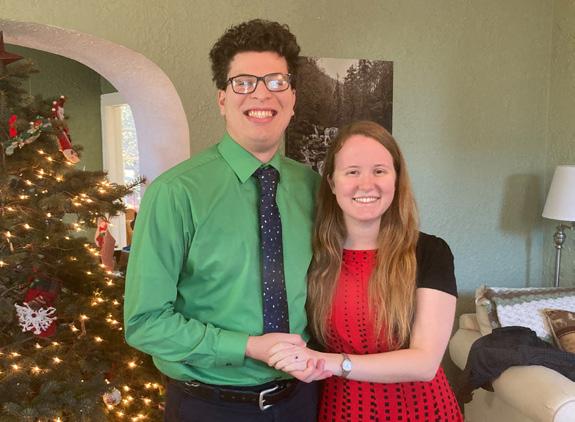



DENVER, CO
OMAHA, NE
FORT WORTH, TX
LOUISVILLE, KY
FRONT ROYAL, VA
MANASSAS, VA
OCTOBER 6-7
FEATURING CLASS REUNIONS FOR 1983, 1993, 2003, AND 2013 PLUS SPECIAL “ALL 80’S” REUNION
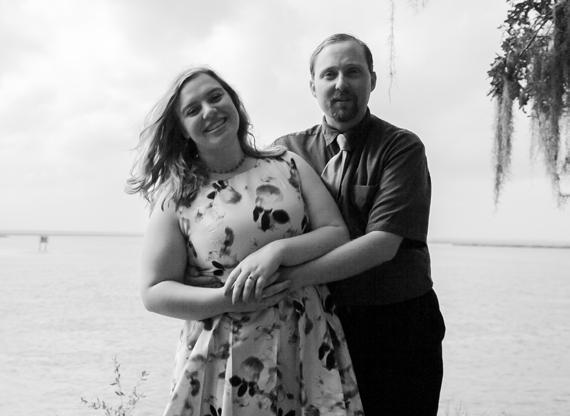
26 27 28 29 30 31 32 21 22 23 24 25
MORE INFORMATION AND TO RSVP CHRISTENDOMALUMNI.COM
& MORE...
MAY-JULY 2023
39 spring 2023
OMNIA IN CHRISTO
St. Edith Stein: Understanding the Feminine
BY PROF. MARY STANFORD
Edith Stein (1891-1942), once the brilliant student of the philosopher Edmund Husserl, is now revered by Catholics as St. Teresa Benedicta of the Cross. A German Jew and atheist who converted to Catholicism during the era of Hitler’s rise to power, Stein found herself writing and lecturing for years on the nature and education of women before entering the Carmel of Cologne in October 1931 and taking on her new name. Though hunted down and killed by the Nazis a decade later, Stein has left the Church an enduring gift beyond that of her heroic witness in death: an inspiring legacy of wisdom for women sorely needed in our world today.
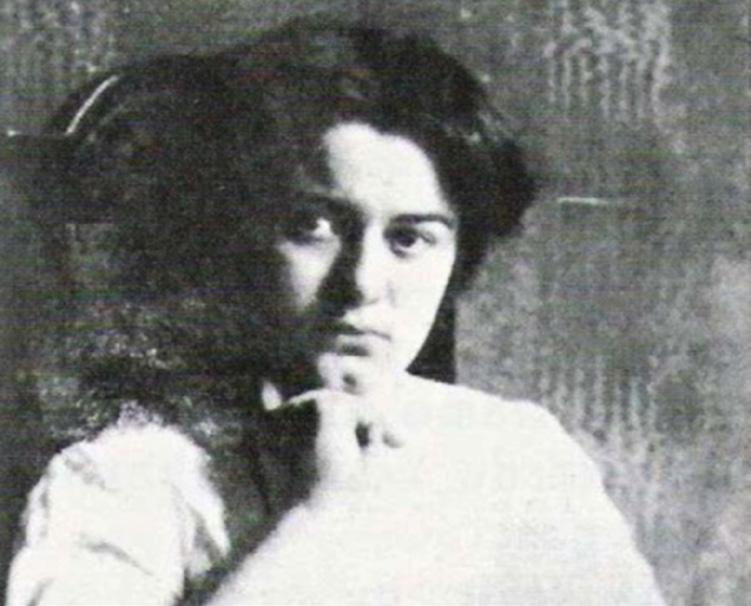
In a time when USA Today’s “Woman of the Year” and the NCAA’s top women’s swimming title are awarded to biological males, it has become a dangerous thing to ask “What is a woman?”
Our nation’s newest Supreme Court justice attempted to dodge the question by claiming ignorance and referring the issue of womanhood to biologists. How ironic that Edith Stein would probably agree!
Stein understood our biological design—our bodies—to be revelatory signs of our natures as persons.
In the tradition of St. Thomas Aquinas, who described the soul as the “form” of the body, Stein saw the female body’s particular shape to be an expression of interior, spiritual powers within her.
A person is a union of the physical and spiritual; as such, a woman’s physical capacities to accommodate and sustain another person only scratch the surface of her interior abilities to nurture others beyond herself.
Stein noted that women possess a unique capacity for intuition, empathy, and adaptability; she identified what John Paul II would later refer to as “the feminine genius”: a singular ability to pay attention to another person.
Oriented by design to the concrete, living whole rather than the abstract part, a woman is naturally interested in the multifaceted details of the persons around her. (Modern neuroscientists
have recently confirmed what Stein addressed a century ago: that women have better memories of personal events and are more proficient at multitasking!).
Symbolized by her womb—a physical space—a woman’s spirit was described by Stein as “shelter in which other souls may unfold.”
She longs to nurture the potential in others, to foster their organic development through her relationships with them; as such, a woman tends to draw satisfaction and a sense of self-worth in and through those very relationships.

So, what could go wrong?
Unfortunately, a woman is often tripped up by the very gifts that distinguish her. Her personal orientation can become warped as she is hurt by taking things too personally. Her ability to recognize potential in others inclines her at times to see things that simply aren’t there, allowing herself to be wounded by imagined offenses, or worse, to enter into relationships based on fantasy rather than reality. Her capacity for empathy can lead her to an unhealthy identification with others—it is no accident that women often fall prey to behaviors known as “social contagions” (formerly known in psychology as “hysterias,” referring specifically to the feminine), as the disproportionately high number of teenage girls suddenly questioning their gender currently attests.
Perhaps the greatest danger for women lies in their desire to seek fulfillment in relationships; craving a personal bond at any cost, so many women find themselves willing to accept treatment contrary to their dignity just to experience a sense of connection.
How are women today to fight these dangers?
Edith Stein recognized the need for women to seek affirmation through relationships; she simply recommends that each woman cultivate a
foundational relationship with Our Lord before all else.
She called for women to work and to study to ground themselves in reality and mitigate the dangers of unhinged imagination.
Perhaps most crucially, Stein invites women to channel their incredible powers of empathy. Blessed with an inclination to make another’s concern her own, a woman is designed to suffer with those she loves.
I was moved this Easter season when I watched the film The Passion; at the crucifixion, Mary of Nazareth is quite notably not “in hysterics,” as other films depict her at this dramatic moment. She is not reacting emotionally and falling to pieces, but in fact is doing something more powerful; she is entering in, uniting herself with Our Lord, making His agony her own, and in doing so, assisting Him in bearing it.
Mary’s composure in this moment does not reveal a lack of feeling, but rather a fullness. She is totally engaged! And it is her emotions that enable her to connect and support; they do not disable her and cause her to dissolve. The problems of our world today can only be borne with the tremendous strength exemplified by the heart of a mother.
Mary Stanford received a master’s degree from the Pontifical John Paul II Institute for Studies on Marriage and Family. A homeschooling mother of seven, Mary also teaches the occasional theology course at Christendom College in Front Royal, Virginia. She is the author of The Obedience Paradox: Finding True Freedom in Marriage
Taken from the college’s motto, “Instaurare Omnia in Christo,” this section features an essay or excerpt from a recent paper or talk by one of Christendom’s distinguished faculty.
40
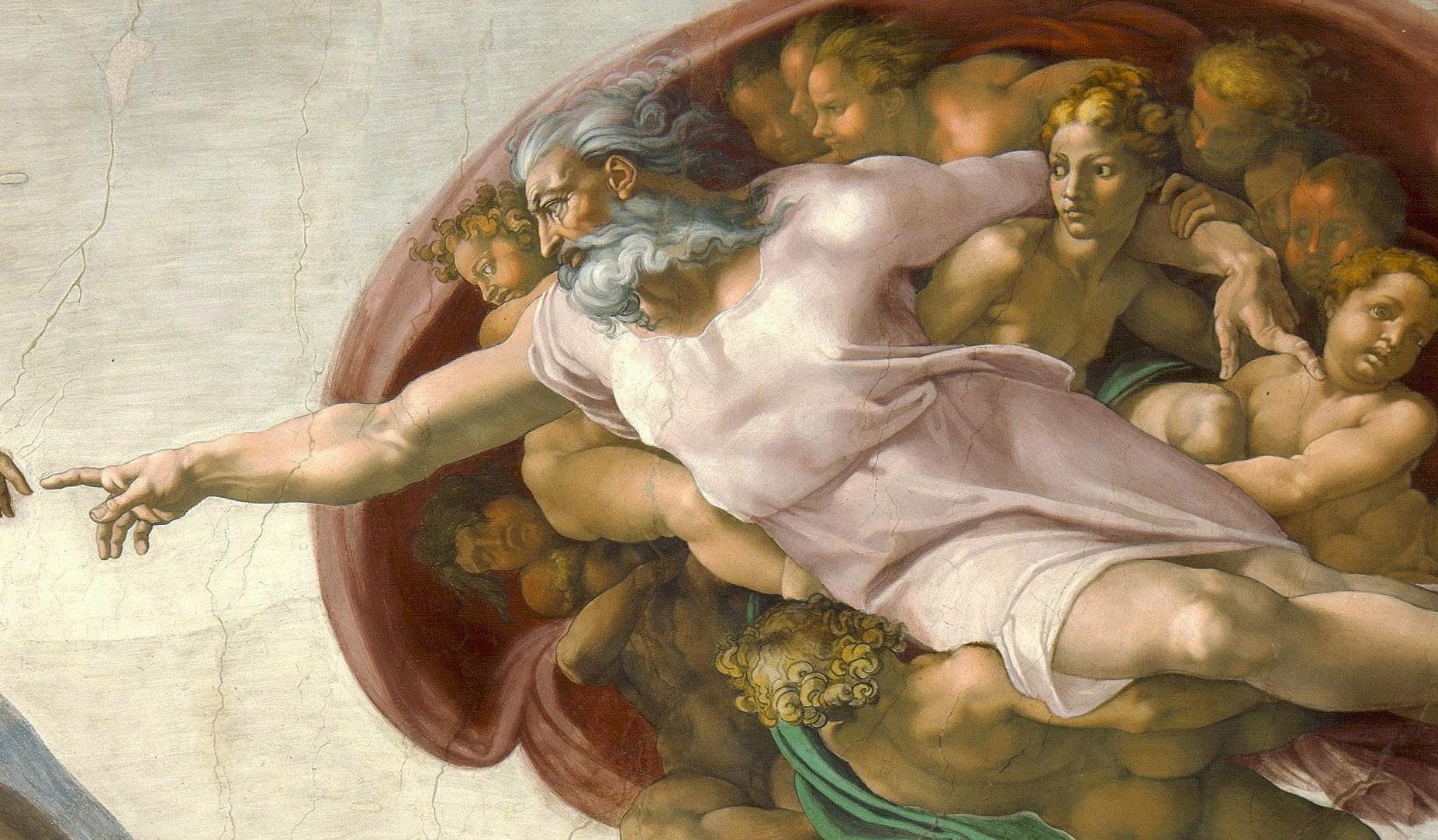



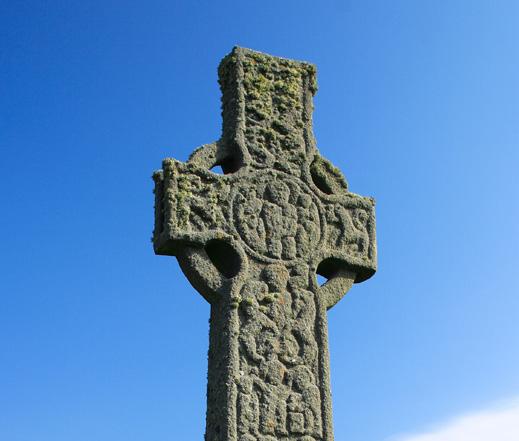

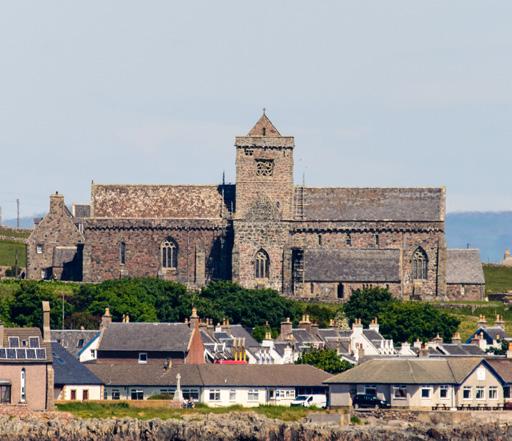
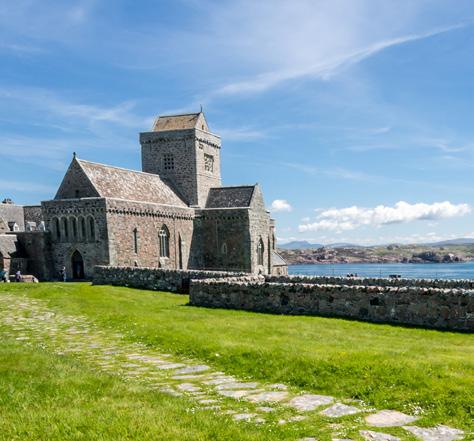
&
Principles Class with Dr. Daniel McInerny!
is art? Why do we human beings make it? What is its connection to beauty?
are the simple yet profound questions that drive the inquiry of this course. FOLLOWING IN THE FOOTSTEPS OF ST. COLUMBA For more information, contact Brenda Seelbach at brenda.seelbach@christendom.edu. SCOTLAND OCTOBER 13-20, 2023 THIS FALL, EXPERIENCE Join Christendom College President Dr. Timothy O’Donnell on a pilgrimage to explore the roots of Catholic Scotland. GETPRINCIPLES.COM
THE PHILOSOPHY OF ART
BEAUTY New
What
These
YOUR LEGACY CAN RELEASE
Thanks to a generous benefactor, Christendom has launched The Christendom Legacy Challenge—an initiative designed to magnify the impact of estate gifts. How? For each new gift through a will or other estate plan to Christendom, the Legacy Challenge fund will match up to 10% of the value of the future gift with an immediate gift of financial aid to a qualified Christendom student!
Participate in the Christendom College Legacy Challenge and join others to ensure the present and future of faithful education free of federal funds.


•
•



NoNprofit U.S. poStAGE pAiD Shoals, IN Permit # 18 134
LEARN MORE AT CHRISTENDOM.GIFTPLANS.ORG
THOUSANDS OF DOLLARS FOR NEEDY STUDENTS
Christendom Drive, Front Royal, VA 22630
Contact John F. Ciskanik, executive director of gift planning, at ciskanik@christendom.edu or 434-907-3063 for further information on how you can participate in the Legacy Challenge and magnify the value of your future donation with an immediate gift to support financial aid for a qualified Christendom student! You can participate through:
A Gift in Your Will/Trust
•
A Charitable Beneficiary Designation
A Charitable Gift Annuity
•
And/or More!











 A NOTE FROM THE PRESIDENT
A NOTE FROM THE PRESIDENT

















 Edmund Burke speaks in support of William Wilberforce’s motion for the abolition of slavery, 1789.
Edmund Burke speaks in support of William Wilberforce’s motion for the abolition of slavery, 1789.





























 BY MARIA BONVISSUTO
BY MARIA BONVISSUTO




























 Statue on top of the State Capitol of Arizona in Phoenix, Arizona
Statue on top of the State Capitol of Arizona in Phoenix, Arizona




























































